By Linus Lawrence Platt
One day in 2018 I get a Facebook Messenger text from Rich Page of Hyperlight Mountain Gear in Maine, asking me if there was any truth to a rumor he had heard from Danny McGee, a mutual friend of ours from La Sal, Utah. Rich and I had neither met nor spoken previously, but in a recent telephone conversation with Danny, I had mentioned I was pondering the idea of writing a short biography of the late, great Kyle Copeland, a mutual friend and well know Colorado and Utah rock climber. Turns out, Rich had known Kyle back in the late 70’s and early 80’s in Colorado, a few short years before Kyle took up in Moab. Kyle would often drop by Steve Komito’s Boot Shop where Rich spent time working and hanging out in Estes Park. After being diagnosed with Crohn’s Disease sometime around 84′ or ’85, Kyle relocated to Moab where he and I met in 1990 and we became good friends and climbing partners. I texted Rich back and leveled with him that the biography idea was likely never going to see the light of day, but I was happy that it got he and I introduced. Rich is an outdoor gear developer and manufacturer who has been involved in the outdoor equipment business since the 70’s in one way or another. His specialty is designing and manufacturing backpacks, and at the time of our introduction, was a gear developer for Hyperlight Mountain Gear in Maine. Since I lived in Alaska, and Rich being a former Denali guide who has a long history of adventures in Alaska, we hit it off and over the course of time, came to conjure up doing some kind of an Alaskan adventure together.
Later That summer, Rich proposes the idea of skiing Mt Sanford, a 16,237′ glacier covered volcano in the Wrangell Mountains of South Central Alaska. While I have never really called myself a skier, I always identified as a climber. I had seen Mt Sanford several times over the years and without a doubt I stood in awe of it’s size and magnitude; The first time was on a multi month bicycle journey where I found myself atop McClaren Summit on Alaska’s Denali Highway. At the time, I knew not of its existence, but there it was, certainly one of the biggest peaks I had ever seen. Over the years, it would catch my eye when on various trips around that part of Alaska, dominating the skyline when it was clear enough. Mt Sanford is the second highest peak in the Wrangell’s and rises over 11,000′ from its base, making it as big or bigger than many mountains on Earth. Only Mt Blackburn (16,390′), also in the Wrangell’s is higher. Skiing to me had always been more something to do to fill time during winter months while waiting for climbing season to sprout, but the thought of ski mountaineering up a giant Alaskan peak sounded appealing to me, so Rich and I began to hatch the plan.
We agree that late April or early May 2019 would be the time frame, since that is the standard “big mountain” climbing season in Alaska; stable weather (mostly), cold temperatures at higher altitude, and strong crevasse bridges from the tail end of winter. Any earlier and a climb is more or less considered a “winter ascent”, and later, the lower mountain becomes soggy and melted out with crevasse bridges becoming increasingly soft and fragile. We begin to sort out the details and logistics, finally settling on hiring Jake Combs at 40 Mile Air in Tok to fly us in to the base of the Sheep Glacier via Super Cub. The Piper Super Cub is the standard de facto Alaska bush plane when one wishes to get into tight spots in the backcountry. Of course there are thousands of Cessna 185’s in Alaska flying in and out of the bush, but nothing can beat the Super Cub for its ability to land and take off in a very short distance on a remote gravel bar or short strip of tundra. The downside to a Super Cub is its size; it holds one pilot, one passenger, and a tiny bit of gear, perhaps one fully loaded backpack; that’s about it.
Eventually, Rich purchases a plane ticket and the deal is sealed, but a trip of this sort is safer and more fun with a team, so we ponder some of our contacts and my old friend Cameron Burns whom I had not seen in many years comes to mind immediately since he and I had recently re-connected via the good ‘ol internet. Cam and I first met in Indian Creek, Utah nearly 30 years prior, where we climbed the Lightning Bolt Cracks on North Six Shooter peak together with Steve Porcella and Sue Kemp. A couple years later, I had temporarily re-located to Boulder, Colorado from Moab, where Cam and his now wife Ann would drop by my house for social visits. Cam is an Australian and lives in Colorado still, along with Ann and their daughters. He is a world traveler and accomplished writer with a wild sense of humor and a penchant for telling stories. After inviting Cam on the Sanford Expedition, he ponders for a while, then accepts the invite. Now we are three… Danny McGee, who made the introduction for Rich and I, was also invited, but situational and family issues prevent Danny from making a commitment at this time, so his spot is left open for him should he be able to join us. In the meantime, Rich invites Jeff Rogers, a 26 year old accomplished ski mountaineer who had skied Denali a year or two prior. With Jeff’s addition, we were now a solid team of four, with Danny’s spot still available to him should his situation change. Before Jeff was brought in to the picture, it was looking like it was going to be Rich, Danny, Cam, and myself… all of us were over 50 years old and jokingly, I said “Hey we’re kinda like Over The Hill Expeditions”… and the name stuck. So when a 26 year old hot shot skier was added to the picture, I was skeptical. Luckily, Jeff turned out to be not only a great asset and expedition partner, but an excellent friend as well and I’m very happy to know him.
Once the plan was made and we had our crew together, it was time to start preparing equipment wise. Going through all my expedition gear, I realize that much of the stuff I had been getting by with for the last few years was simply not up to the task any longer. I wound up buying a new sleeping bag, down parka, shell set, and various odds and ends. The previous winter I had bought a brand new pair of alpine touring boots and had been using them in my Silvretta mountaineering bindings, with plans to upgrade to a nice pair of modern skis with proper AT bindings, but at this point, the boots I bought just weren’t working out with my feet (pain), so I sold them. My choice was to buy a whole new AT setup that would set me back a couple thousand bucks, or just use my mountaineering skis on Sanford with my double mountaineering boots. Due to financial reasons, I chose the latter. Rich also chose this type of setup utilizing an old school mountaineering package. Jeff and Cam both both would be on state of the art modern AT skis, boots and bindings. I believe it is safe to say that both Rich and I regretted this decision in the long run, as some of the outcome of the trip might have been different had we chose different ski gear. Rich, being currently employed at Hyperlight, got us a small sponsorship and each of us were sent backpacks, stuff sacks, and other goodies. Rich also managed to get us set up with a sponsorship from Mountain House who provided us with all of our freeze dried food needed for the expedition. I even set up an “Over The Hill Expeditions” Facebook page for us all to collaborate and share ideas.
For me, going on a big extended trip like Mt Sanford ultimately represents my freedom and dedication to exploring as much as Alaska as humanly possible. Although I worked full time and now had a mortgage, I had made a promise to myself when I came to Alaska nearly a decade prior that I would not allow a normal life to interfere with my spiritual connection and vow to fully explore the planet known as Alaska, it’s people, landscapes, animals, climate, and way of life. A life in Alaska is very different than a life in 95 percent of the lower 48 (known as “The Outside” to some Alaskans). Life here has a way of commanding one to take up in self reliance and responsibility. Nowhere I have been where the Do It Yourself mentality is as crystalline as the mountain stream or surging glacier that exist here. While there are certainly pockets of similar disposition in the Outside, it is not the norm, Conversely, there are also pockets in Alaska that exhibit more of an Outside type mentality (Anchorage comes to mind). The climate and remoteness keep most people at bay, so when the tourists arrive in May and go home in August, the Alaskan landscape becomes still and quiet, and the fall colors arrive, turning Birch, Cottonwood, Aspen, and Tundra to fire hue. The crispness of the Autumn/Early winter time period is an extremely fascinating time for me in Alaska. It is a time of deep reflection and nurturing that is hard to put to word, but the crispness of the air and the stillness of the landscape prompts one to feel a deeper connection to the Earth and its beauty. Merging with the fall colors, hunting season begins, and soon after the beginning of 6 – 7 months of winter arrives, leaving the entire 665,000 square miles of unimaginable beauty blanketed in snow.
Winter is a time to work, ski, gain fitness, save money, and be thinking about Sanford. I saw a thread on the internet by a woman who had skied Sanford a few years prior, and wrote to her asking for some beta on the Sheep Glacier’s First Icefall. She got back to me with some pictures with a hand drawn line indicating the path they took through the fractured maze of crevasses and seracs. From her description and photos, the icefall looked like a route finding challenge at best and a dangerous proposition at worst. There were several internet articles and blog posts on skiing Sanford, so information was not too difficult to come by, but big mountain glaciers have a way of changing year after year. By far the most interesting essay I had read was Terris Moore’s account of he and Bradford Washburn’s first ascent in July of 1938, utilizing a dog team to reach 10,000′, followed by skiing from its 16,237′ summit. They had started in Chistochina, fjorded the Copper River, and utilized horses to carry skiis, supplies, food, and a dog sled up Sheep Creek to the toe of the Sheep Glacier, where they harnessed up the dogs and continued. It still amazes me that they managed to navigate a dog team through the maze of the icefalls without harmful incident. Since that time, it has been skied more times than can be counted; in fact it has become somewhat of an Alaskan ski mountaineering classic due to its fairly non-technical nature and gentle angle below 13,000′.
Early spring is spent working, fixing vehicles, and skiing in the Yukon and trips up and down Haine’s local mountain; Mt Ripinski rises right from town out of the ocean to an elevation of about 3600 feet where a myriad of ski and snowshoe trails lead to backcountry cirques, alpine ridges, couloirs, and summits, and being at this latitude and proximity to the Gulf of Alaska, receives many feet of snow every year. Aside from being non-glaciated, Mt Ripinski and the surrounding coastal peaks make a good training ground for the bigger interior mountains of Alaska and the Yukon. In late April, I leave Haines, driving north in my pickup headed for Anchorage where Rich, Cam, and Jeff would be flying to. I had been looking forward to this drive as much as the expedition itself; I had taken enough time off from work to allow several days of alone time for exploring the great Alaskan landscape at my leisure. Having free time in Alaska with no work commitments at hand, with vehicle and equipment at my disposal to do what ever I want is one of my greatest satisfactions. For me, driving slowly through Alaska, stopping frequently, hiking up this hill or that, fishing a small river, and camping where one pleases is paramount. Being free in Alaska is the ultimate in personal freedom and nothing else comes even remotely close.
Driving over Haines Pass, where the Takhinsha and St Elias mountains collide, I spot a thickly furred Fox lying in the snow beside a tussle of Willow; it does not look injured, but merely relaxing perhaps. I pull over and approach the creature and it lifts its head to look at me and simply yawns. I speak to it in gentle tones and wish it farewell as it curls its tail over its nose for a slumber. I zip Past Desdeash Lake and soon I’m topping the truck’s fuel tank in Haines Junction. I’m not sure where I’ll spend the night, but I find the temperature near Beaver Creak in the Yukon hovering right around ten degrees Fahrenheit, so I keep driving, thinking warmer temps are coming. Pretty soon I’m in Tok, where it is almost always much colder than any other place in the state, but on this lucky day it is 35 degrees, so I opt to head to one of my favorite standard camp spots in the area at Yerrick Creek just 20 mile north of town. I had brought my packraft on this trip because I had always wanted to hike up Yerrick Creek to the foot of the Alaska Range and paddle back down to the Alaska Highway, but of course now at this time, it is still frozen. Perhaps on my way back after Sanford it will afford a paddle. Back in Tok the following morning, I hit the market and pick up some supplies and head down the Tok Cutoff towards Anchorage. The Tok Cutoff is a short 125 mile stretch of glorious highway connecting Tok to the Richardson Highway just north of Glennallen; it slices through some of the finest countryside in the state, where it follows a corridor right smack through the middle of two of Alaska’s major mountain Ranges. When one is heading south west on the Cutoff, The Wrangell Mountains are on one’s left and the Alaska Range on the right. I find a typically free and spectacular camp along the Little Tok River, catch a nice Grayling for supper, and revel at the days growing longer each day. Winter has left the building.
A couple days of screwing around and suddenly I’m in Eagle River about 10 miles north of Anchorage looking for a place to camp. I like to tell people that there is generally no need to pay for camping in Alaska, since there is an abundance of free and wild camping to be had nearly everywhere… except anywhere near Anchorage. Personally, I can’t stand Anchorage, or Anchoraugua, as some people I know sometimes call it. Camping is always a problem whenever I am near here. As the saying goes “The best thing about Anchorage is that it’s only an hour away from Alaska”. It’s true, yet to me, it is a congested slice of crime, traffic, and sprawl. It is a fairly beautiful place however, sitting at the foot of the Chugach Range and reminds me vaguely of Salt Lake City. It is desperately crowded (for Alaska) and I am always on edge when I am here. But finding myself in Eagle River, which is essentially a sleeper community of Anchorage, I decide to just grab a cheap motel since Rich comes in tomorrow. After neighboring crackheads keep me awake for portions of the night, I stagger out in the morning and hit a diner for coffee and grub and check on everyone’s flights.
Rich Page and I had never met, Jeff Rogers and I had never met, and Cam Burns I hadn’t seen in 30 years. An interesting expedition lineup I thought to myself as I entered the airport terminal to grab Rich. Before I get 10 feet in the door, I spot him; sporting a ball cap atop a head of long gray hair, feet adorned in flip flops, and a big grinning smile plastered to his face. After we grab his massive duffle bag full of expedition gear off of the carousel, we head to the Air B&B he had rented, drink beers, grill steaks, and get to know one another. I immediately like Rich and there seems to exist between us a certain bond regardless of having just met. We have a lot of laughs telling stories and after the last beer is finished at 1am it is time to crash out; Cam and Jeff will be arriving tomorrow.
Cam flies in at 2 pm and I go in the terminal to grab him while Rich waits in the truck, warding off any potential police waving a ticket book around. Cam is taller than I remember him being, appears to be about 6′, 2″, and like Rich has a massive grin on his face when we greet. We load the truck and head back to the Air B&B; Jeff will be here soon and we can all settle in to prep for the trip. Hours later, Jeff lands and takes a taxi to the house, saving us from having to pick him up. Spending the next couple of days running around Anchorage is taxing on me; not only do I have absolutely no idea where I am or where I am going most of the time, the traffic is overwhelming. In Haines, there are exactly zero stoplights, and if you have to wait more than 20 seconds at a stop sign it is a rare occurrence. But here in Anchorage, we are running all over the place looking for a pair of puffy pants for Cam, a foam sleeping pad for Rich, and buying all of our trip lunches, snacks, booze, and other extras. Finally, completion is made of these tasks and we settle in at the house to repackage the mountain of freeze dried breakfasts and dinners courtesy of Mountain House. Re-packaging these meals saves a tremendous amount of space and a tiny bit of weight. We pack for 15 days on the mountain, plus have another box to stash at basecamp at the landing strip a couple of miles below the toe of the Sheep Glacier. In the morning we hit the road, heading up the Glenn Highway toward our destination of Chistochina, where there is a small airstrip next to the highway where will meet our pilot Jake. Also in Chistochina is the Red Eagle Lodge, where we are certain we will spend at least one night.
One of my greatest thrills is being tour guide on these trips when folks from down south come up for a visit, and heading up the Glenn Highway into the great vast openness of Alaska’s truly face melting scenery, I point out this and that; we pass the Matanuska Glacier in the heart of the Chugach Range, stop at Eureka Summit, among other places frequently to observe various monster peaks and glaciers off in the distance. We stop to observe a small herd of Dall Sheep on a hillside near the Chikaloon River. Soon it is raining, and we continue on to Red Eagle, where the weather is simply nasty and cold. We decide to rent a one room cabin and settle in for the evening, listening to the downpour outside. A call to Jake in Tok reveals a no fly condition as things are currently. We will check back in the morning for an update. Anticipating the weather clearing and a monster day tomorrow getting base camp established, I am concerned, as I often am with getting proper sleep, and Cam offers a solution.
Cam hands me a couple of pills “for Sleep” he says. “I Guarantee that you will sleep”.
So after dinner and a couple of beers, we pack our packs just in case the weather works in our favor in the morning, I swallow the pills Cam gave me, and we all settle in. In the timeframe of a light switch engaging, I slowly peel my eyelids back to see everyone up and about, dressed, packed and ready for action. Seems they had been trying to wake me for a couple of hours. I feel like shit, and can barely walk once out of my sleeping bag. My mind is a haze that only pharmaceuticals can induce. The next hour is spent simply getting oriented, and I pray that we do not fly today. “What in the hell were those Cam?” I ask. “Anti-depressants Mate! They help me sleep…” he replies.
Unfortunately for me and the unbelievable “pill” hangover, the weather is improving slightly, and Rich talks with pilot Jake in Tok, and afterwards walks over and says “Jake will be here in a couple of hours”. So we pack the truck, get our gear together, and suit up with superhero mountaineering regalia before heading to the lodge for breakfast, that way if Jake happens to show up early, we are ready.
Richard and Judy Dennis, the owners of Red Eagle Lodge, have done a fine job of making us feel at home… Richard, a former educator and Alaska bush pilot has lived in Alaska for over 3 decades and his wife Judy, a registered nurse, has spent a great deal of time working in the African bush prior to coming to Alaska, where they discover the Red Eagle Lodge in 2006 and sign ownership papers in 2007. They have worked diligently to make the Red Eagle into what it is today, befitting a reputation for a pleasant and rewarding stay for travelers on the Tok Cutoff.
After breakfast with Dennis and Judy, we finish packing the truck and relocate it to a spot adjacent to the lodge where it will be out of everyone’s way for the time we will be up on the mountain. We then make a pile of the gear we’ll be taking. When Jake lands, he will be flying us in one at a time each with a backpack. After all of us have been flown in, he’ll make one more trip for our remaining gear for 5 trips total. It is only about 35 air miles from Red Eagle to the Sheep Glacier landing strip, which is but a gravel area that Jake has cleared by hand just enough to get his Super Cub to land. We spend the next hour or so milling about; excited for the flight in. As far as I know, I’m the only one in our group who has ever flown in a Super Cub; the year previous, Angela and I had flown with Drake Olsen of Haines in his Super Cub into the upper Tsirku river drainage for a 3 day packrafting trip down the seldom visited Takhin River.
Jake had left Tok about 45 minutes earlier and at just about noon, I hear the distant but always familiar sound the Super Cub makes; Jake will be landing momentarily. The Super Cub always amazes me in the very little distance required for a take-off or landing, and Jake piloting the little craft today is no exception as he comes in fairly high, then suddenly drops down steeply and rolls the machine to a stop right in front of us. Rich, Cam, and Jeff all have this shit-eating grin plastered to their faces having just seen how impressive it’s landing capabilities are and anticipating the coming joy ride. It’s decided Rich will go in first; Jake loads his expedition pack into the tiny area behind the passenger seat, then Rich climbs in, followed by Jake. The little yellow beast fires up and soon another prime example of the Super Cub is at hand as Jake taxis the machine to the start of the road side landing strip, adds heavy RPM’s, and they are off, gaining speed in an incredibly short amount of time with wings abruptly airborne and elevation rapidly gained; soon they are gone beyond the tree tops, only the faint hum of the engine audible as it slowly dissipates into the still Alaskan air.
Each flight takes about an hour round trip, and by late afternoon the 4 of us are at the makeshift gravel landing strip along Sheep Creek, an unknown number miles from the toe of the Sheep Glacier. Jake takes off for a fifth and final trip to grab the rest of our gear at Red Eagle and we use the time to get tents setup and become organized. By the time shelters are in place, Jake comes around again and we take some group photos with Jake included; we shake hands, and Jake, back in the air, does a nice low 180 tipping his wings at us as he slowly gains casual elevation before disappearing behind the low peaks down valley and is suddenly gone, leaving us there at our makeshift base camp to the silence of the snow and the rocks. After the sting of the silence has worn down to an acceptable level, we continue organizing and getting things setup for a possible stay here at basecamp as the weather report on the GPS indicates some snowfall this evening. After our initial chores are accomplished, someone opens up a bottle of whiskey and after a few rounds of shots, we decide to don skis and skin up a nearby hill to catch a few turns. Snow conditions are quite terrible really, and we are all slightly inebriated. Being somewhat of a lousy skier to begin with, I did not fare well. Neither did Rich… Cam fares slightly better, and Jeff, being the young hot shot skier he is, cuts a flawless line of turns down said hill like it’s just another day at the office, because it is.
That night it snows a bit, and the morning brings cloudy, but snow free weather, so after a hearty breakfast of pancakes, sausage, and coffee, we pack up a load and see what the upper reaches of the valley reveal, hoping to get to the toe of the glacier and make a cache. We are utilizing duffle bags wrapped in plastic tarps for their slippery sliding capabilities and pulling them like sleds in classic “drag bag” style. We meander up valley, pulling our loads through the thin snow and every now and then engage in a wrestle getting the bags through sections of rocks and embankments. Soon we are faced with a choice; we can either stay low and follow the drainage, pretty much guaranteeing a certain, but possibly long ski to the toe of the Sheep Glacier, or, as at least two of us believe, a possible shortcut up and left. We choose the latter, but after a dead end up high amongst volcanic outcroppings, we descend back to the creek where we commit to the flattish trudge continuing up valley. After a couple of hours, we come to a small headwall of sorts, where we decide to make a cache amongst the large pumice boulders. We have fallen short of our goal of making it to the glacier, but everyone is feeling tired and the decision is made to return back to basecamp.
That night it snows again, but we wake to blue sky, sunshine, and mild temperatures. After another round of breakfast decadence, we pack up everything but a spare stove, extra fuel, and a box of food, which we make a cache of and pile rocks atop as to deter animals from pilfering. Our packs and drag bags are full and heavy, and we begin a slow trudge once again up valley. Not wasting time with meandering this way and that, we arrive at our cache in a reasonable time frame, where we decide to grab only a few items and continue on to the toe of the glacier. After topping out above the cache we expected to be near the glacier, but were surprised to find a long flat valley of pumice; according the topo maps we had, the glacier had been here sometime in the last 50 years or so, but it has receded about a mile back. We drop our load here and make a dash down the boulders to the previous cache which was only about a quarter mile distant and ferry that gear back up to the north end of the pumice flats. We make a temporary stash here and continue skiing south across the pumice flats towards the now visible glacier. Not knowing what to expect in regard to a location for an advanced basecamp, we figure it will just all come together as needed. Skiing in and out of boulders and creek drainages, the toe of the Sheep Glacier is directly above us, and it getting late in the day, we decide that here and now is the place for camp, since the weather is deteriorating and we have no idea what lay above on the ice. In fact, the wind is picking up as Rich, Cam, and Jeff proceed to setup our tents, while I make the commitment to ski back across the pumice to retrieve the last of our gear stash. Skiing back with a 100 pound pack plus a drag bag makes for some strenuous work and the going is slow, but by the time I make it back, they have three tents setup – Cam and Jeff each have solo tents, while Rich and I share a big expedition tent, plus we have 4 person Hyperlight UltaMid with a dedicated pole to serve as a cook hut. This “Pumice Camp” as we have not-so-affectionately dubbed it is a terrible place to camp; it is made up entirely of pumice rocks ranging in size from golf ball to Volkswagen, and covered in just a few inches of barely skiable snow, making purchase for tent stakes grim at best. We have brought along dedicated snow stakes for use higher up, but manage utilize them here in the frozen pumice. I set about to getting the ‘Mid erected so we can fire up the stoves for hot drinks. Getting the mid setup is a difficult task, as it absolutely relies and solid staking of its 4 corners. Additionally, since the ground (I use this word loosely) is nowhere near flat; there is a hump in the middle making the single center pole too long. I manage to get it setup just as the big winds started coming down from the glacier, gaining velocity as it hits the pumice flats where by the time it gets to us feels like a freight train hitting us. I grab my camera, intent on attempting to document this expedition, which quite frankly is generally a giant pain in the ass. I pan the camera around camp as the wind accelerates, and then hear a virtual explosion of wind followed by seeing Rich’s big expedition tent tumbling across the pumice full of our gear. Rich, running as fast as he can in mountaineering boots to catch our needed survival supplies, I continue filming. As he drags back the tent, he shoots me a rather unaccepting look and asks if I wouldn’t mind giving him a hand. I holster the camera and sheepishly apologize for not dropping everything and running after the tent with him. Of course, Rich was right and that is certainly what I should have done, but it was way hard putting that camera down once the action started. After getting the tent back up and making some repairs to the ripped fly with duct tape, we manage to get the stove going inside the mid and brew up. The wind is ferocious, and the rocky surface we are sitting on is not enjoyable with all 4 of us cramped in with 2 stoves running. After we eat and drink hot liquids, the wind comes now in heavier bursts, one of which simply flattens the ‘Mid with us in it. We scramble out and decide to just let it alone and stack rocks on it to keep it from blowing away and retreat to the tents to weight them down as well, where Rich and I spend the next 14 hours sleeping and wondering what the upper mountain was going to be like.
During the endless daylight night we listen to the wind attempting to shred our camp into oblivion, sometimes putting a leg up on the pole structure to help stabilize the shelter from collapsing, then later drifting off into a fitful sleep only to be woken by and variable and treacherous gale outside; additionally, the wind has a serious chill to it since it as it rolls off the bare ice of the lower glacier just above us. Eventually, the wind settles down and we sleep into the later hours of the following morning, where I awake to find Rich outside setting up a makeshift kitchen outside of the collapsed ‘Mid. I crawl out and head over to the frozen creek where Rich had broken through the ice to expose the water below; I fill water bottles for drinking, coffee, and breakfast. Jeff is out of his tent, followed by Cam and as we all set down upon the pumice to collect ourselves, it occurs to me yesterdays events took a small toll on us all as we all appear somewhat disheveled; from the looks of it, none of us seem to have any affinity for this Pumice Camp, we all vow to get moving after breakfast and get this wagon train up on the glacier.
After breakfast, we spot a group of three skiing toward us; carrying full packs and sleds and exhibiting the same look on their faces that we had only worse. They told us of a night spent at about 11,000′ during the hurricane force winds that ravaged the mountain, and describe the conditions up high as “Himalayan”. They had had enough and were retreating to the gravel bar where they hoped to send a GPS text to their pilot to come and pick them up. It occurs to us that we did not even know there was another party on the mountain, but after they ski off down valley, it seems reasonable that we are entirely alone on Mt Sanford.
The plan all along, for better or worse, was to climb Sanford in a more or less “expedition style” versus going lean, fast and light. This method generally allows, or even requires that each incremental advancement up the mountain be made twice, or a “double carry” if you will. This also allows for the notion of “climb high, sleep low”, a technique that allows one to become acclimated to the high altitude, there alleviating altitude related illness. The downside to this approach is more gear, more weight, more work, and more time. I personally prefer the “fast and light” approach, but on a big peak like Sanford, this approach has its advantages. Today’s progress out of Pumice Camp will be no exception, and we pack up the supplies we will need higher, flatten our tents, leaving most of our camp behind, and set out on skis to gain the glacier and make another cache. The weather has improved for the moment so we capitalize on this and get moving. Soon we are at the toe of the glacier and as luck would have it was covered in skiable snow, rather than bare ice I was expecting which would have required us to put on crampons and carry our skis, slowing our progress significantly. Skiing up the lower glacier was a cinch and soon we emerged upon the flat and mildly crevassed lower Sheep Glacier, where only a mild breeze was felt. We don our harnesses and rope up; Conditions are great with the sun pouring out from the sky, we ski further towards the First Icefall, where we come upon an abandoned camp that the previous party we had built on their way up the glacier. Consisting of a large ring of snow blocks to protect tents from the ferocious wind, it has a kitchen pit dug into its center, but the whole thing is in bad need of repair. We stash our loads in the kitchen pit and ski down glacier back to Pumice Camp, where we all dreaded to spend another night. Upon arriving back at the rocky hell hole of a camp, we are feeling tired, but good, and a nice long celebratory supper and whiskey cocktails was to be had. By the time we all went to bed, the conditions were eerily calm; warm even.
I sleep exceptionally well that night and morning finds us experiencing fortuitous conditions and a casual breakfast followed by an acceptable late start. By the time I roll out of the tent, Rich is firing up the stoves in the 2-3 inches of fresh snow that had fallen during the night. About an hour later, the sun peeks up behind the upper glacier and it appears we are in for a glorious weather day, and after breaking camp, we bask in the sun for a spell, lay out the solar panel to charge phones and GPS, and check on the weather forecast. Sitting upon a semi flat pumice boulder in the sunshine feels fantastic; it’s the first real comfort any of us have felt since leaving the gravel landing strip a week earlier. By noon we are traversing the lower tongue of the glacier; our skis gliding crisply through the fresh snow, the only sound audible are climbing skins gliding and crunching, a wisp of breeze sailing through our jackets from time to time. We emerge on the flat glacier above; this time with all of our gear and ready for the tasks ahead in general and the navigating of the First Icefall in particular. Rich and I share a rope, Cam and Jeff on another. Eventually we find ourselvesIt at the abandoned snow block camp where we must repair its deteriorating condition. After some time cutting dozens of blocks with our snow saw, we had stacked the walls high enough for all three of our tents to be sheltered adequately from the monstrous winds we have been experiencing on this trip. Next, we widen and deepen the kitchen pit, build a couple of steps leading in to it, begin setting up our new “nylon ghetto” which we figure under traditional standards would be called Camp I. Once tents are up and gear organized, we head down glacier for a quick jaunt to collect the gear and wands left earlier. The lower portion of the glacier where we are is lightly crevassed and are generally very small; the situation is a such that I would feel extremely comfortable skiing unroped, but in the interest of safety and group continuity, we remain roped and with crevasse safety equipment engaged, creating a mind set that this is how life on any glacier is. The fact of the matter is that even seemingly tame sections of a glacier can be extremely dangerous, especially if one takes a cavalier attitude by making assumptions that it is safe. Back at camp, I study the landscape ahead, observing the icefall we must tackle tomorrow. The aerial photographs I had seen recently indicates that the glacier has changed significantly since the pictures were taken. In the photos, the icefall was a massive, chaotic array of giant crevasses and enormous seracs sized bigger than the average house; in fact the photos indicated we may have difficulty finding a way through the quandary, but from my perspective here at Camp I, it does not appear to be what it once was; the glacier at this level has melted enough to smooth itself out and undermine the potency of what is commonly referred to as The First Icefall. That evening at just around midnight, the daylight night turns into a short lived dusk; the Nunatak at around 10,000 feet becomes an unpropitious orange, and the sinister line of menacing seracs atop of the West Face shift a glaring purple timbre as if to amplify their threat to anything below. Exhaustion takes over and soon camp is still and silent; sleep becomes us.
Rich is almost always the first one up and out of the tent, and by the time I awake, he is already outside with stoves firing, melting snow for filling water bottles and brewing coffee. The cooking pit works well; we can sit on the rim with our legs inside of it with stoves and cook gear around the perimeter. We have a dedicated area outside the walls for shoveling snow to melt water and a dedicated latrine area far away from said water source. The ring of snow blocks is perfectly sized for its intended use to house three tents plus kitchen. After a hearty breakfast, The weather is deteriorating again as we rope up and shoulder our packs, but we figure we’ll ski up the glacier as far as we can till conditions prevent otherwise. After a spell, we can no longer see the icefall, and a steady snow descends from a darkening sky. We continue regardless, hoping that it might let up a bit, but even with goggles there are stinging blasts of spindrift peppering my face and getting past the foam seal, making visibility a further challenge. In the lead, Rich plants 36″ home made bamboo wands with bright pink marking tape attached to its end into the glacier for future route finding in similar conditions. Pretty soon, I can’t even see him at the end of the rope a mere 50 feet away. Rich has stopped and I catch up to him; Jeff and Cam are up ahead somewhere and we hope they are stopped as well, so we plod on looking for our team mates. Through the wavering spindrift, two figure appear and we all convene for a pow wow and it’s agreed we ‘ll make a cache here and head back to camp, We dig a pit in the snow till we hit bare glacial ice about 18 inches down, toss in gear and set wands so we can find it again when we return. Once past the flat area of the cache, there is a nice easy incline about a quarter mile from camp, where, unfettered with packs and the snow now letting up slightly, we carve turns in the pleasantly light snow which puts a smile on my face. Back at camp, we check the GPS for a weather report and are pleased to hear of improving weather tomorrow. That evening, more snow follows by a still silence that entombs the camp and I am thankful we are dug in as well as we are.
The morning sees bright, sunny, and cold conditions; we shovel tents free from the clutches of last nights dump, and afterwards sit down to fire up stoves for coffee and food. For the first time on the trip, it’s cold enough to warrant my big puffy down parka and puffy pants, of which I am grateful for. Today we will climb above the First Icefall and find a place to dig in a new camp. We pack up nearly all the remaining food, fuel, and wands to move up to the next camp, which having no idea where that might be, we hope to make it somewhere above the icefall at around 9,000 or 10,000. We also pack up tents and bivi gear, essentially leaving Camp I indefinitely. Skiing up the glacier is sensational; the sun is bright and the icefall, visible to this extent is the first of the trip. There is an artistic expression to it that is singularly unique, the seracs are lined up and are poised to do what all seracs must ultimately do: collapse and fall. There are great crevasses that are exposed and hold depths unknown. One serac near the bottom of the puzzle has a giant round hole in it, resembling an arch from the desert southwest. It’s bare blue ice shimmering a color that really only happens on a glacier; to call it blue would be simplified – it is far more complex than that. There are hues and abstracts no human words exist for. A glacier to me is a spiritual representation of life itself… growing from the womb of the mountain, picking up speed and flowing with intensity; crumbling along the way. Power, beauty, destruction, re-birth. It reveals textures and patterns not seen anywhere else on Earth – the smoothness of it’s terminus is somehow what we might all wish for at the time of our own demise…My infatuation with glaciers has been alive within me since I was 14 years old. The sensation they provoke in me is a deep sense of connection to the mountains and the Earth as a whole. I am the glacier. These magnificent rivers of ice are a truly unique entity; they are ancient beings and the environment they provide is as exclusive as its danger. Falling into a crevasse is one of my biggest fears, and the possibility of being deposited into one of these icy tombs commands the utmost respect and precaution. Passing our cache from yesterday, we figure we’ll continue on in search of Camp II, then return later for the stashed food and fuel. We zig zag around some of the bigger blocks and carefully around some open crevasses where the incline of the icefall steepens. Skiing upward gains a bit of altitude and soon we are looking down upon most of the seracs where a diagonal traverse puts us at the base of a great and stable serac at about 8500′ where we decide to dig out tent platforms. There are some disagreements among us about how and where exactly to dig created a minor chaos that we had to work through. During this event, it was decided to simply dig out a basic shelf in the incline, make a cache, and ski back to Camp I for one more night before committing to going higher.
The intense sun on this beautiful day has a negative effect in that the snow conditions are deteriorating rapidly; there is a dreadful breakable crust on top of sugary powder that, had I been skiing in modern alpine touring gear (and was a better skier) would still give me trouble. Skiing down this steep incline in my double boots and Silvretta mountaineering bindings was, at least for me, pretty much impossible. Rich was also having a difficult time of it, and looking back up towards Camp II, I see Cam and Jeff carving long graceful arcs whooping and hollering in joyous outburst. The four of us convene and I decide the best way for me to descend the icefall is to take my skis off and posthole down through the crevasse field. Rich agrees and after removing skis and affixing to our packs we begin the descent as Cam and Jeff pass us with lightning speed and are soon at the base of the First Icefall, where they remove packs and wait for Rich and I. We descend slowly and carefully, roped up and employing safety measures for crevasse danger. We no longer have the safety net of having our weight spread out with skis on our feet, instead we take each step with care into the breakable crust, penetrating 18 inches or so till boots hit solid snow. There is no need for crampons at this point as the snow is soft with the intense, glaring sunlight. One foot in front of the other, gently as she goes. Suddenly, my left foot punches through into black space and my body drops. The butt end of my pack hits the snow and I stop; my leg dangling in space. I yell out “falling!” a little late in the game, but I turn to see Rich already dug in ready to catch a crevasse fall. I easily extract myself from the hole; I peer into the black hole of the crevasse to see exactly nothing but menacing darkness. We continue on, more gingerly this time until we reach Jeff and Cam basking in the sunlight. They were unaware of the crevasse incident, and after a brief rest, Rich and I don skis and we all ski the gentle slopes back to Camp I, where in classic fashion, Rich fires up the stove and cranks out a batch of cinnamon rolls on the stove, aided by Jeff’s “pot parka”, a fireproof fabric cover that fits over the pot on top of the MSR stove that aids in heating and reduces fuel consumption. It also makes for a good make shift oven of sorts, hence cinnamon rolls.
Another night at the snow block camp and in the morning we disassemble everything in its entirety for a second time. This morning we are being extremely casual regarding time, as the weather is decent, and we are all enjoying just hanging around drinking coffee; it should not take us long to make our accomplishments today. Cam is an accomplished writer and has a penchant for sometimes bizarre humor and tends to be pretty successful at making everyone laugh. When I lived in Boulder back in the early 90’s, Cam and Ann would drop by my house for from time to time, often times dressed up in an array of unusual costumes; sometimes he would show up as a drag queen or lumberjack, he always had some kind of shock value humor happening. Today is no exception as he disappears around the back side of the snow blocks, emerging minutes later wearing a multi-colored dress, a bright blue wig, and clutching in his arms his beloved blow up sex doll “Sheila”. We were all laughing pretty hard at the ridiculousness of this scenario up here on the flanks of Mt Sanford, camped in a crevasse field on the Sheep Glacier. Cam and Jeff both had the benefit of being sponsored with skis and boots for the expedition, so we figure we owe the sponsors some photos, and the drag queen/sex doll outfit commanded to be apart.
After the photoshoot, we pack up in a fashion that concludes our stay at Camp I, rope up, and ski upwards toward the icefall. The weather is another fine day, and I can’t help but feeling like we have not been taking advantage of it fully. I feel we should be higher on the mountain by now, but regardless I am happy to be here with my friends as I look north across the great drainages that separate the Alaska Range from The Wrangell Mountains. Far, far off, I can see the peaks of the Central and Eastern Alaska Range: Mt Hayes, Mt Moffit, The White Princess, Mt Gakona, and at the far eastern terminus of the range is the remote and seldom climbed Mt Kimball. This drainage is a unique and beautiful area of Alaska and is home to the headwaters of the Tok, Slana, and Copper rivers. It is an area of incredible white spruce forests, Athabaskan native villages, wildlife, and expansive wilderness and natural history. Far, far off to the northwest, I can just barely make out the faint outline of Denali, The Great One. We ski silently till we near the base of the seracs of the First Icefall; Rich has been moving slowly today and is quiet, something is on his mind. Jeff and Cam were ahead of us and were taking a break as Rich and I skied closer. After all four of us were back together, we took off our skis and had lunch with the bright glacial sun beating down. After some discussion, Rich and I both agreed that the skiing was a bit over our heads given the equipment choices we had made. At the beginning of the trip, Rich and I discussed this before even leaving Anchorage and we came to the conclusion that should the need arise, we could always take skis off and simply crampon up Sanford, but after punching through a crevasse yesterday, removal of the safety net the skis provide was not really acceptable. After a brief GPS weather check and the realization that another storm was developing, Rich stated that he did not wish to continue, and me being his rope partner, I agreed to accompany him back to Camp I while Jeff and Cam opted to continue on to our dugout for Camp II and beyond if possible. So it was decided; We emptied our packs to split up gear and food. Since Rich had one stove and I the other, I hand Jeff the stove and cook pot, while Rich and Cam divided up most of the food we have. After a brief discussion on logistics, Cam and Jeff saddle up and begin the ascent through the icefall, as Rich and I turn and head back to the snow block camp. When we arrive, we realize that the wind barrier was deteriorating from the intense sunlight, and with the impending weather front moving in, we spend the remainder of the afternoon cutting snow blocks and reinforcing the walls of camp. Looking back up the mountain, we spot Cam and Jeff; two tiny figures just reaching the platform of Camp II. Later, we spot a lone figure skiing down from the camp and through the icefall. Not long after, Jeff comes skiing into camp by himself and wanting to know why there was not a lighter in the stove kit. Rich and I informed him that lighters belong in ones personal kit (pocket) and it was his responsibility to have one. For whatever reason, neither Jeff nor Cam had a lighter between them. Baffled by this, I dig through my bag and find my 3 – 4 lighters and hand him one. At first Jeff seemed annoyed by the fact that there wasn’t one with the stove, but by the time he started his ski back, we were all in good spirits once again. I did find it disconcerting however that he was willing to ski 2500 feet down through an ice fall and back by himself and unroped. Skiing down unroped is one thing and is a more or less an accepted practice, but going up at a snails pace is quite another. Regardless, for whatever reason, He and Cam had decided on this and so it was. Rich and I bid Jeff farewell and he began his long arduous ski back to where Cam was holding down camp. That night, Rich and I settle in, preparing ourselves for a stay at Camp I for an undetermined amount of time, as we are hoping that the weather holds and Cam and Jeff will simply make a big push for the summit in a day or two. Later, it begins to snow again and this time is accompanied with intense wind. Our reinforced snow walls are giving great protection, but we imagine that Jeff and Cam at the precarious platform at 8500′ might not be faring as well.
The morning brings sunshine and a calmness that was unexpected, so Rich and I spend most of the day just lounging about soaking up the sun, talking, eating, and sleeping. By late morning, we see Cam and Jeff as two tiny specs advancing beyond the serac camp and are now just below the amazing and unique Nunatak whose summit it at just about 10,000′. For many days I have marveled at this Nunatak and its amazingly smooth ice walls that just beg to be climbed, which is exactly what Paul Tureki and partner did in the 80’s on an expedition that involved a dog team and skiing from Sanford’s summit. Like so many of Alaska’s 26,000 glaciers, the Sheep Glacier has been around for approximately 30,000 years; the Nunatak in question is likely a great and monolithic rock formation jutting from the flanks of the mountain, but thousands of years of glacial ice have all but buried it to the point it is literally a part of the glacier today as we see it. There is no rock exposed, only massive sheets of ice and an overwhelming serac barrier east of its smooth rounded summit. Its west face, the one that Tureki climbed is a steep 800′ slab of beautiful shimmering glacial ice that later in the day exhibits a haunting sheen giving the entire structure an eerie yet alluring quality.
By late afternoon, we can no longer see Jeff and Cam, and all we can do is speculate on their whereabouts and condition. Rich and I will remain here on the glacier to provide Cam and Jeff any support they may need. The barometer indicates another low pressure building, but at the moment the weather remains somewhat decent. The following day, clouds begin moving in, but remains windless and snow free for several hours till late afternoon rolls around and a light but steady snow begins to fall. Not long after, the wind pick up and it’s just like old times, and a laborious session of snow block cutting and stacking sees Rich and I fortifying camp once again in the deepening squall. After finishing the task, Rich cranks up the stove from the vestibule of the tent and we sip on some soup and tea, pondering where and what Cam and Jeff are up to. Sleep eludes me on this evening and as I lay in the tent I feel something is taking hold. Suddenly and with out warning, I am dashing from the tent and running for the latrine hole in the glacier, where I empty my bowels of liquid and stand pant-less staring into the blasting spindrift of the daylight night. I crawl back into the tent and slither back into my sleeping bag, fully aware that something nasty now resides inside of my body. Thankfully, I did not have another episode like that the remainder of the night, but instead I fight off a massive headache, stomach cramps, and an oddly sore throat. This persists well into the next day, and by mid afternoon the weather has improved just enough for me to lay my sleeping bag out in open to observe the upper glacier and Nunatak. Drifting in and out of sleep, Rich hollers that he sees the boys coming down from the area just above the icefall; two tiny figures seen skiing at a brisk pace, descending from the upper reaches and into the bowels of the seracs. Before long, the two of them are clearly visible below the icefall and within 10 minutes ski right into camp, where Rich has hot water waiting for them to re-hydrate and eat.
After a night battling the storm on the tent platform of Camp II , Cam and Jeff had broken camp completely, ditched one of their tents, some food and fuel and made a cache there, deciding on moving fast and light up past the Nunatak where they dig in to the side of a giant serac, setup the tent, and proceeded to take advantage of the temporarily clearing weather by skiing to and from the summit of the Nunatak. That night once again being hit by the increasing storm, it was decided that come morning they would descend back to Rich and I at Camp I.
The four of us back together again, we have a big feast and a hidden stash of whiskey allows a couple shots each. The weather is not great, but we are all having a good time; myself included regardless of my slowly improving stomach illness. The air is mostly still, but a light snow continues to fall and we decide that the best plan of action is to get out in the morning, and we send a GPS message to pilot Jake giving him the heads up. In the morning, the weather is about the same and no one really wants to deal with much; camp is a silent monastery for a long, long time before Rich and Jeff bust out breaking the silence. It is another cold morning wrapped in puffy gear whilst making breakfast, taking down tents, and reorganizing everything in order to do a single carry back to basecamp. By the time we leave, the temperature had risen significantly and the snowing had stopped. We all stand there gazing at the empty ring of snow blocks; each of us with a massive pack on our backs and a fully loaded drag bag behind us. We gingerly ski down glacier; the weight of the packs and the menacing instability of the sleds making the ski descent unnerving, but by the time we got to the tongue, we had worked ourselves into skiing groove and we were all able to carve a few last turns of the trip before descending completely to the now barren talus below.
Two weeks prior, there had been enough snow on the pumice scree to both ski and drag our sleds effortlessly. But now, the snow not far beyond the glacier had disappeared, exposing the jagged pumice underneath. We have no choice but to remove skis and walk. We can either make a double carry to basecamp, coming back for the sleds tomorrow, or just drag them through the rocks and get it done. We choose the latter, since our duffle bags are wrapped in cheap plastic tarps giving a decent sliding action even on the pumice and also protecting the more expensive duffle bag material. Eventually we are past the cree and talus and are traveling previously unseen tundra, where a lone Caribou crosses our path; likely a scout for a herd not far off. I am having difficulty with the drag bag, so I decide to ditch it and come back tomorrow for it. Cam, Jeff, and Rich and continue with both pack and sled; the going is very slow, but by late afternoon, we are all back at the landing strip setting up tents and getting organized. Later, a call to Jake confirms that he will attempt to pick us up in the morning, but it’s all up in the air since the weather is deteriorating and it is beginning to snow.
I sleep deeply for 10 or more hours and when I awake I find the ‘Mid sagging in from what looks to be several inches of new snow. I can’t help to feel a bit of dread, since this could prevent Jake from landing, as he has tundra tires fixed to the Super Cub that do not fare well in fresh snow. He was able to land previously because the old snow on the gravel airstrip was packed and settled. But this new snow could be an issue. Regardless, I have a drag bag to go and get up valley about halfway way to the glacier. Luckily it is very early as I crawl out of the shelter and even though there are several inches of fresh powder, the sun is out and it is an outstanding day. It is quite cold in the morning, but by the time I had gotten moving to retrieve my drag bag, the sun felt almost hot. Alone, I stomp up valley in mountaineering double boots across the scree and tundra to my stash, where I fill my empty backpack for hauling back to the airstrip. The pack is monstrously heavy and I can barely get it shouldered, and once I do, vow not to take it off again till I reach camp. Regardless of the weight of the troublesome pack, It feels incredible to be out here hiking across the snowy tundra; it was the first time I had been alone in 15 days and as I turn to look back at Sanford, she bares her true summit for me in the glaring sunlight. Ironically, this was the one and only time I would see the summit on the entire trip. Once back in camp, I drop the pack and a great sigh of relief pours from me. The warmth of the sun is extremely intense, and Rich is busy skiing back and forth, shirtless and in his boxers, up and down the airstrip attempting to get it packed down enough for Jake to land. We all join in and after a bit we are satisfied with the results and another call to Jake is made: he is on his way. By noon, we hear the unmistakeable growl of the Super Cub, and Jake lands the aircraft effortlessly on the packed snow of the runway we had tailored. A man pops out of the plane, it’s not Jake but his pilot Leif, who is filling in for Jake. One by one, Leif ferries us back to Red EagleOnce in the air, I look back to see the tongue of the Sheep Glacier disappearing over the massive moraines below it, and soon we are flying low above the endless tundra and Alaska’s great Boreal Forest.
Stepping out of the plane at Red Eagle, my boots hit the grass of the landing strip and once Jake takes off to retrieve the others, the boots come off and sore feet and toes do the same. It feels sublime to walk on grass and be surrounded by trees rather than snow, ice, and rock; there is a gentle breeze that drifts through the treetops giving way to a faint and pleasant hissing sound that is absent in the higher alpine environment. Once the last gear load is dropped off, we settle finances with Leif and he lifts the Super Cub into the air and heads east towards Tok. The four of us stand there for a moment, unsure of what or how to make a move. We stagger over to the lodge, where Rich and I rent a cabin for the night and Jeff and Cam do the same. After getting the truck and dumping all of our gear, we all take much needed showers and then convene at the truck for a plan. It’s late afternoon, and we all want beer and food, but the nearest tiny store is about 40 miles up the Tok Cutoff. It has to be done so we pile in the truck and blast off for an 80 mile round trip beer run. The little store at Menstasta has the bare provisions of which we make do with and happily drive back to our cabins at Red Eagle. After too many beers and some makeshift supper, we all stagger off to bed; Cam being so drunk, I had to quite literally carry him to his cabin and put him to bed. Sometimes when I am overly exhausted I cannot sleep; it is a strange anomaly and tonight is a template for that theory, and at 3 am I stagger out to my truck and grab tent and sleeping bag. The cabin is just too stuffy and the bed too soft. Once in the tent, I fall into a coma-like state that allows me to sleep till 10 am. We drop by the lodge where Judy asks us to join them for breakfast and we all eagerly accept. It feels fantastic to sit at a table with hot food and coffee and listen to Judy and Richard’s stories about their lives in and around Alaska, their bush piloting to and from Siberia and the tales of them becoming the owners and operators of Red Eagle Lodge.
After breakfast and a casual organizing of our entire kit, we decide to head off for some R&R and sightseeing. Two years prior I had ridden my bicycle from Slana to Nebesna along the incredible and wild Nebesna Road; it is the only road access into Wrangell St Elias National park from the north, and features an assortment of mining and natural history, wildlife, stream crossings, great camping and incredible Alaskan scenery. Spending most of the day slowly traveling the road and stopping often to gawk at the incredible views of the East Face of Mt Sanford, we are amazed that the entire mountain is free and clear from any sort of cloud, mist, or storm; the summit is clearly visible. I can’t help but to think what it would have been like for us if we were up there during this weather window. That night a Jack Creek we make a camp and grill burgers, enjoying the outstanding weather and calm. In the morning I break out my packraft and we each do a quick lap on Jack Creek just for giggles. After breaking camp, we drive up the road for a hike to the historic abandoned Rambler Mine, where views out to the massive headwaters of the Nabesna River and Nabesna Glacier snake out of one of Alaska’s most intensely wild regions between the Wrangell Mountains to the south and the Mentasta Mountains to the north. A day later and we in Anchorage, and a trip to the local butcher shop to procure makings for shish kabob, a few beers, and we head off to find the Air B&B we had scored for the night. 24 hours later after dropping off my three team mates at the airport, I find myself once again within the “civilized” circle of the Anchorage and Mat-Su borough, and once again struggle to find a place to camp. I settle on heading up the Knik River to find a semi reasonable albeit makeshift camp on its sandy shores where ATV’s and fisherman are never far off.
With plans to meet Angela to climb the Yukon’s Mt Archibald in a few days, I have a little bit of time to kill, so I hit the road in the early morning and head north up the Richardson Highway towards Delta Junction, where I know of great and wild camp spots and for the first time since leaving Anchorage, I feel at peace and I’m able to properly rest. After a casual day on the Jarvis River eating, napping, and going on short walks, I pack up and drive towards Tok, where passing Yerrick Creek north of town I see that the river is far too low for paddling, so I continue down the Alaska Highway where cresting a hill in a remote area of Eastern Alaska, I pause briefly to gaze at the far, far away silhouette of of Mt Sanford, her cloak of thick glacial ice shimmering phosphorescent hues of purple and red penetrating the high altitude sub arctic air, and at that moment in time, I feel my intense and deep connection to this amazing place and the knowing that nothing can ever take that away.




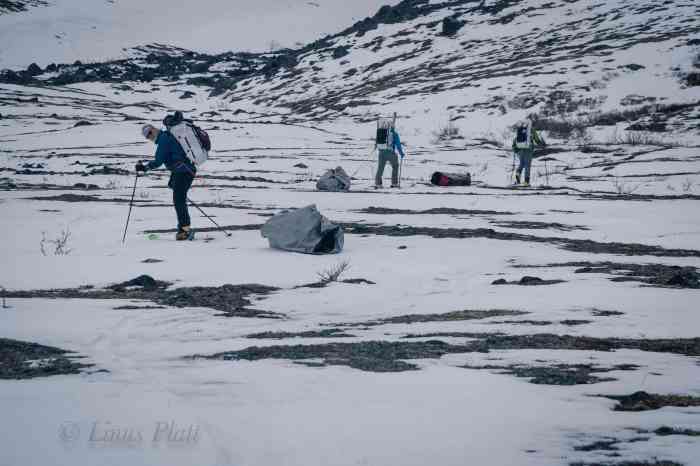



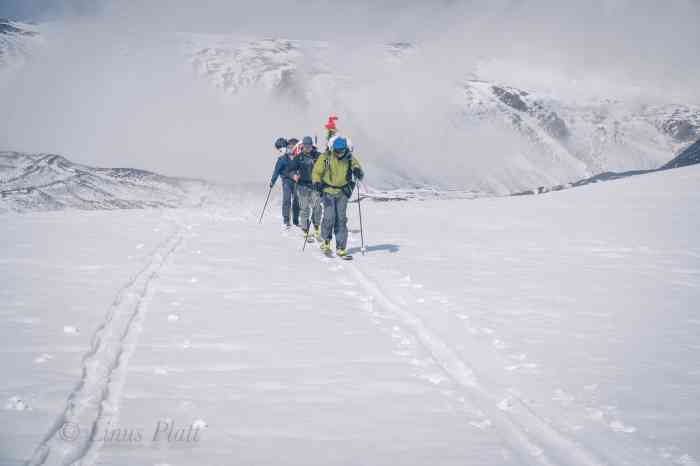
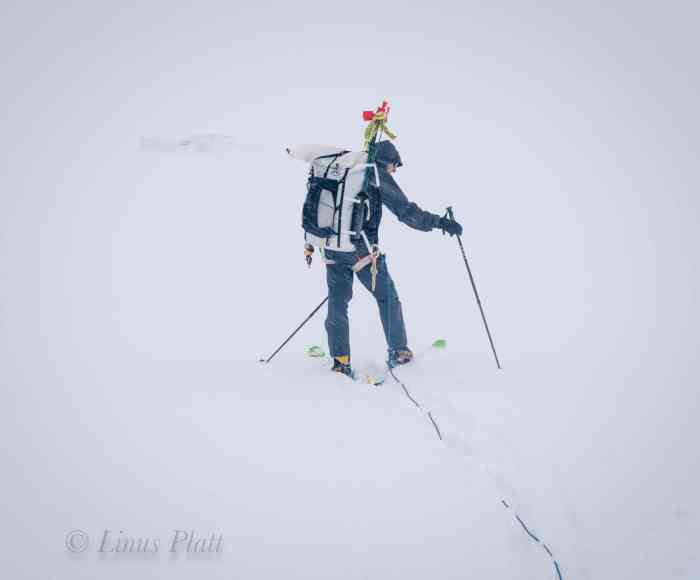

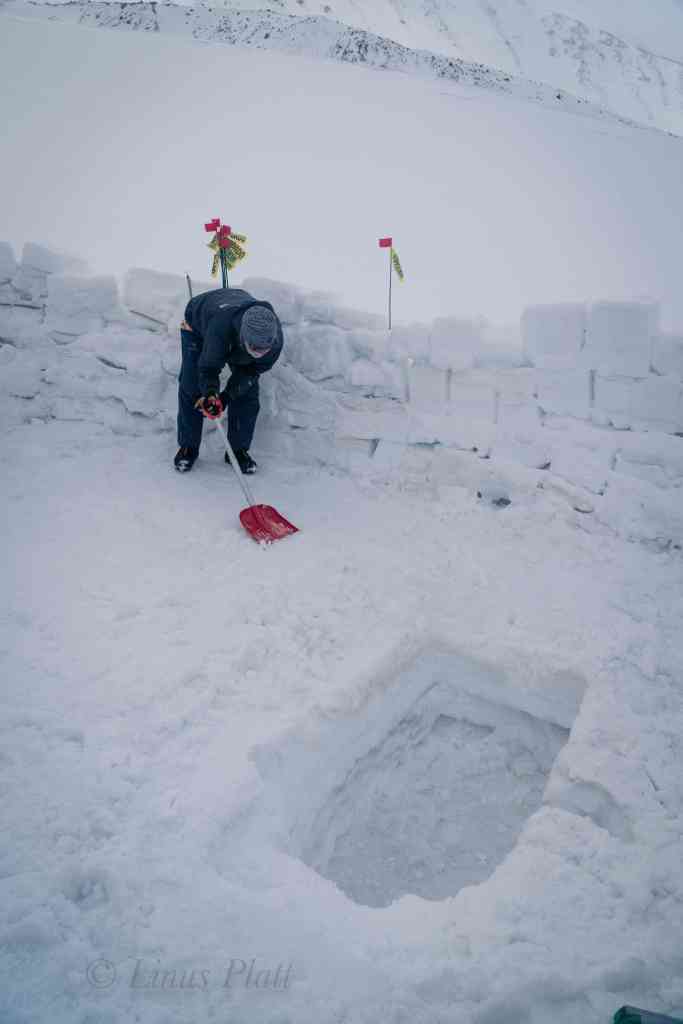















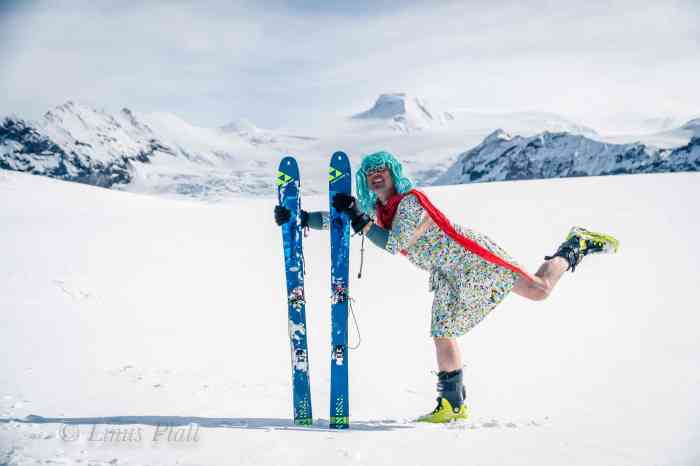
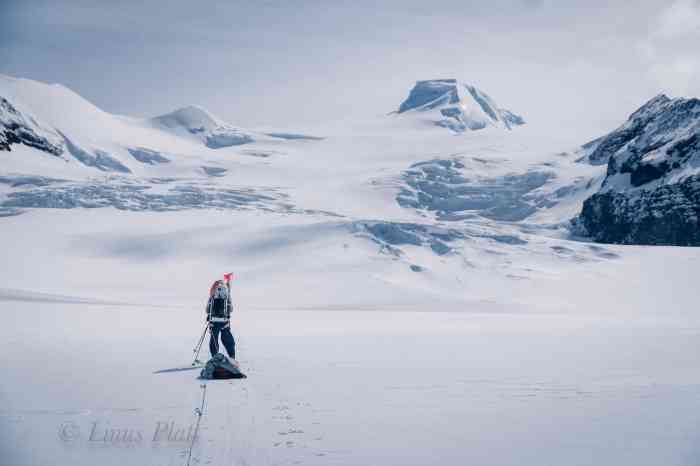
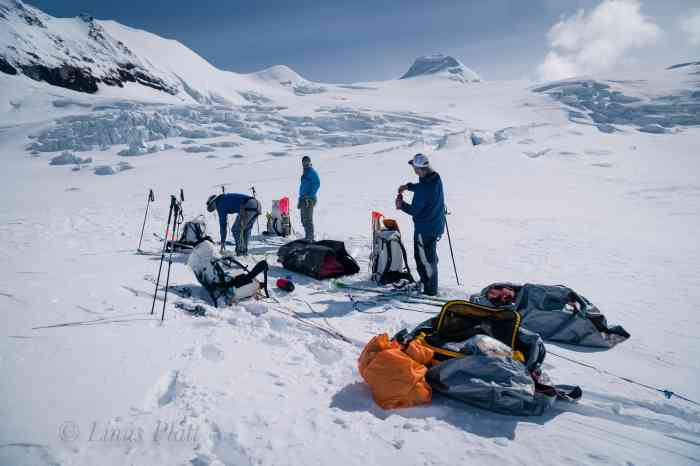
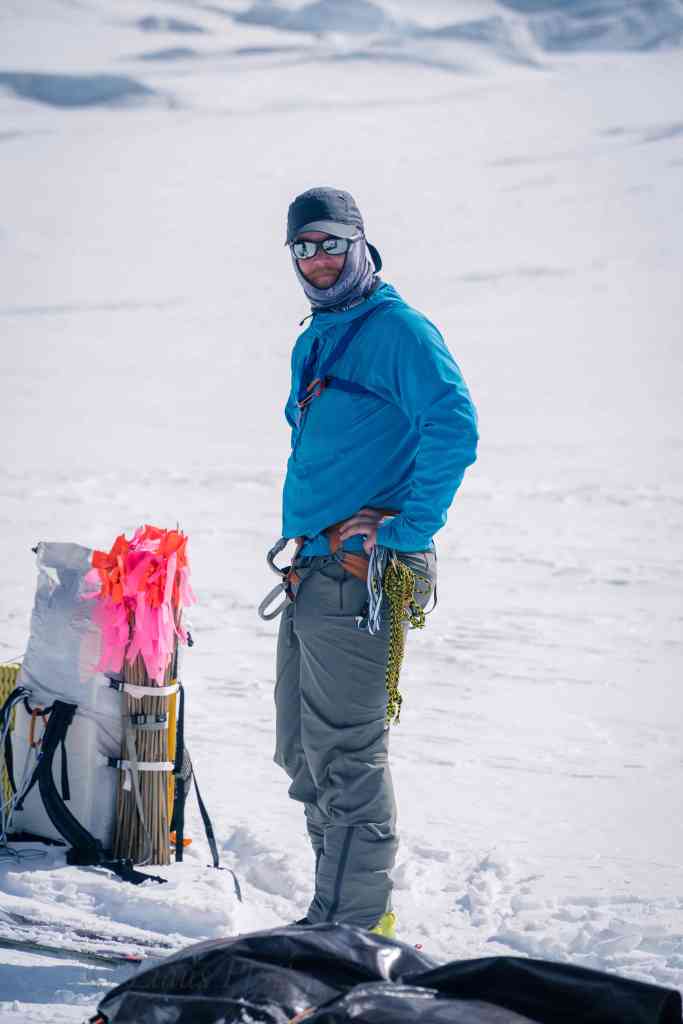

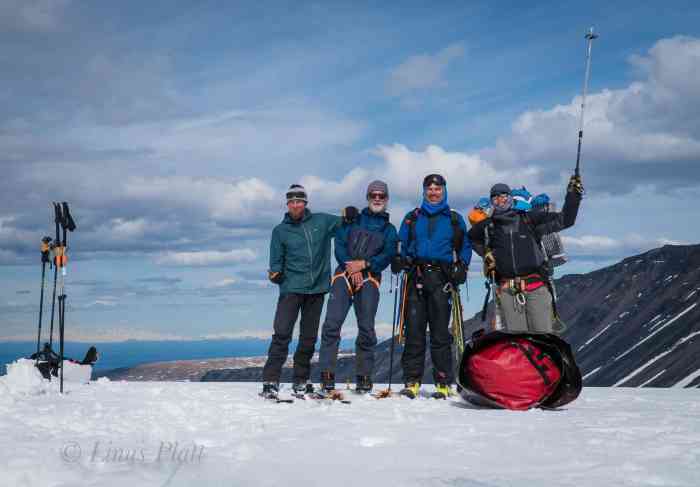


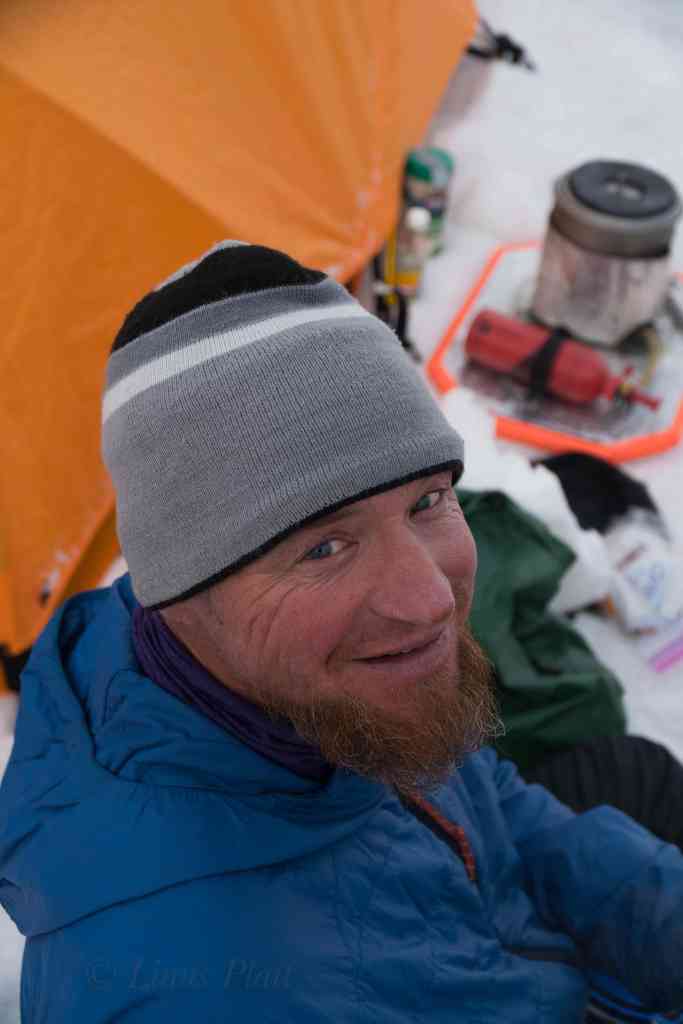















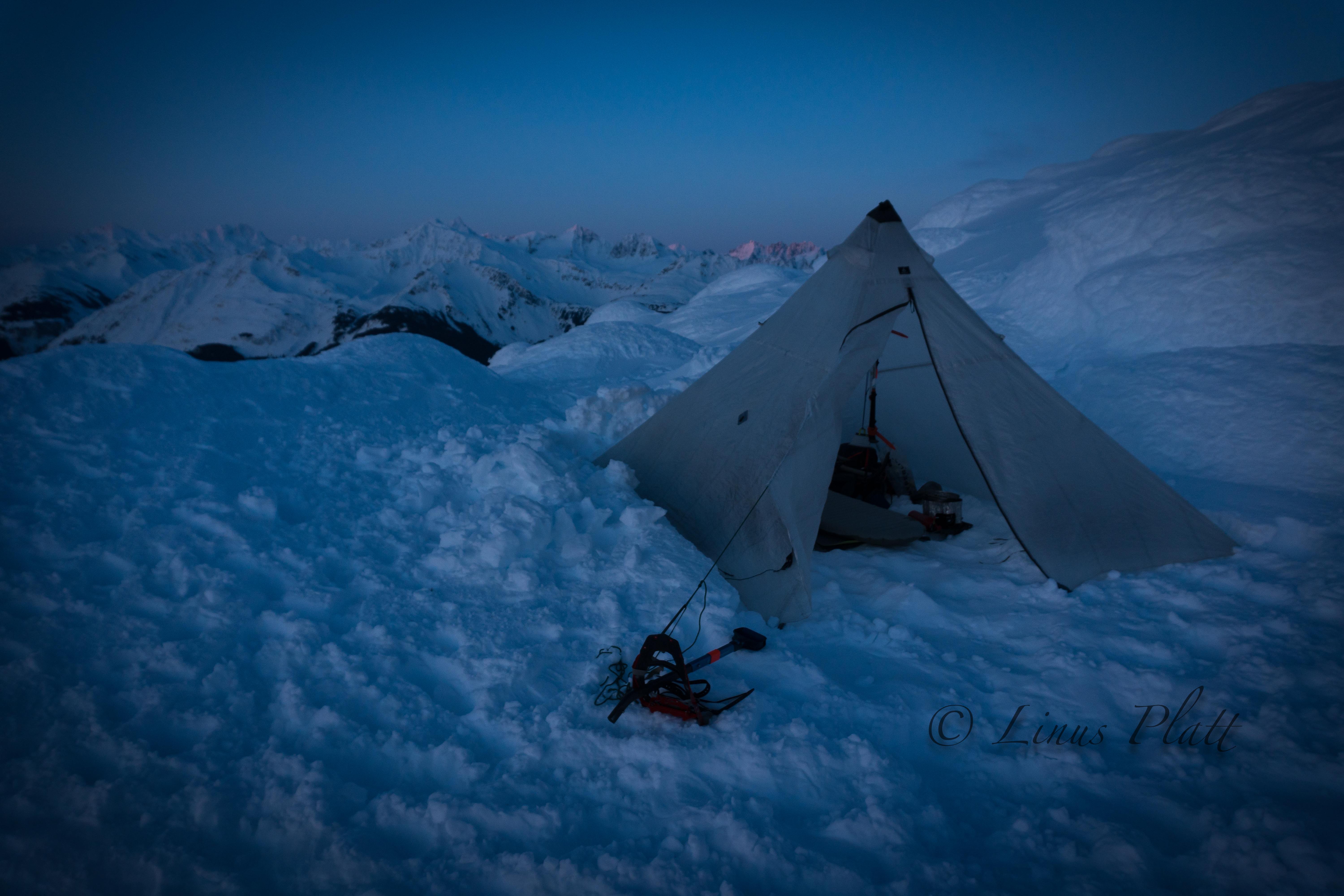





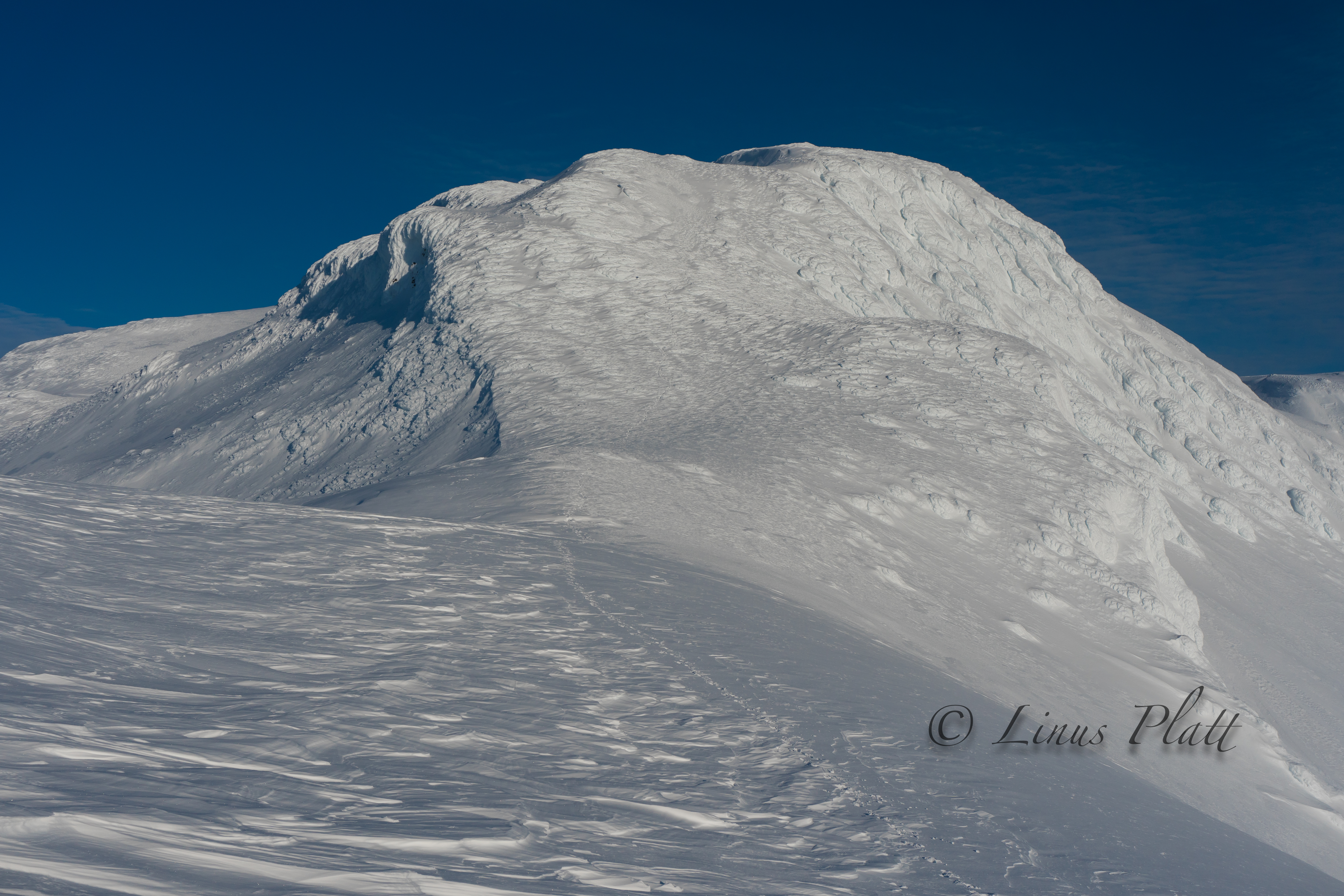

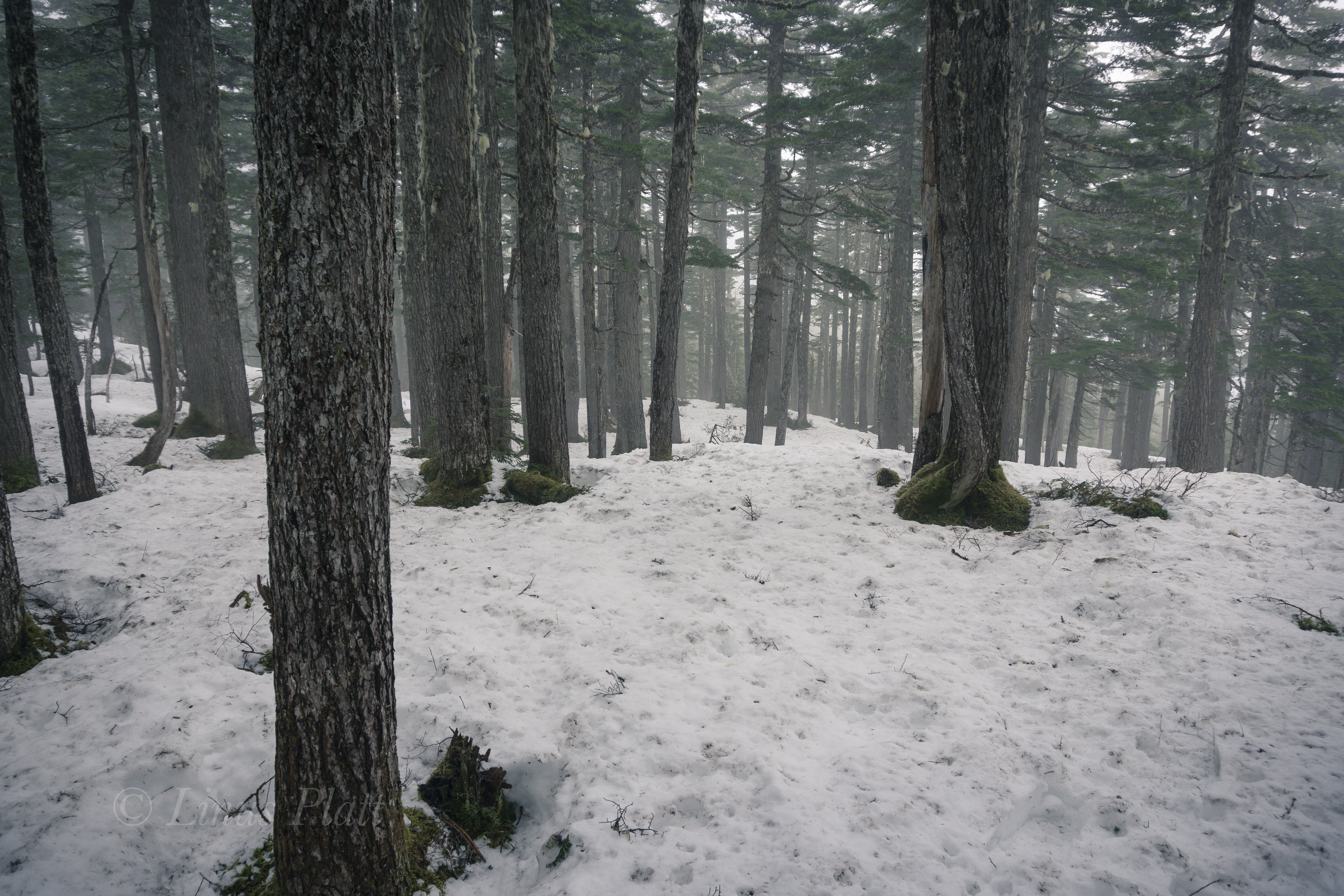
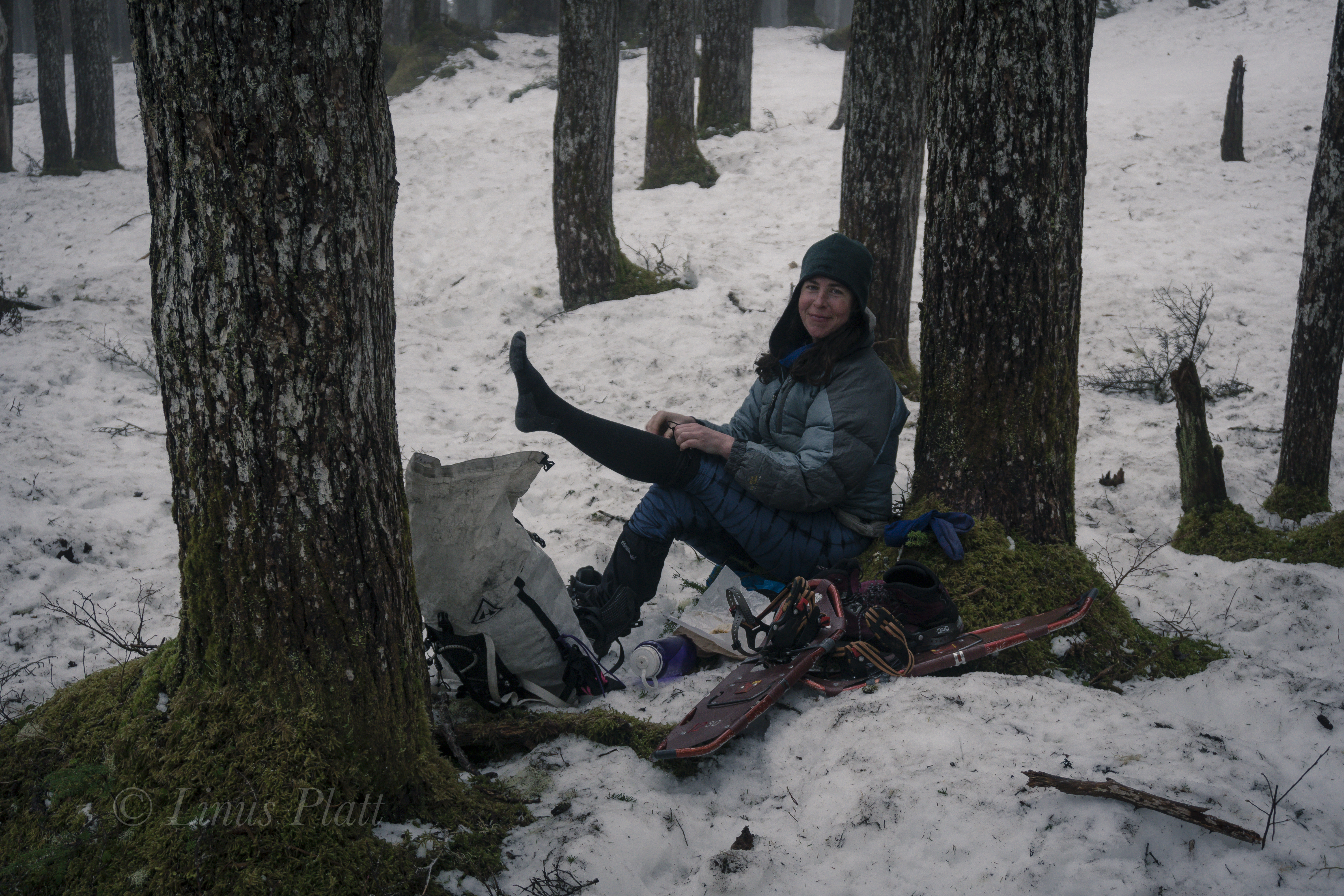

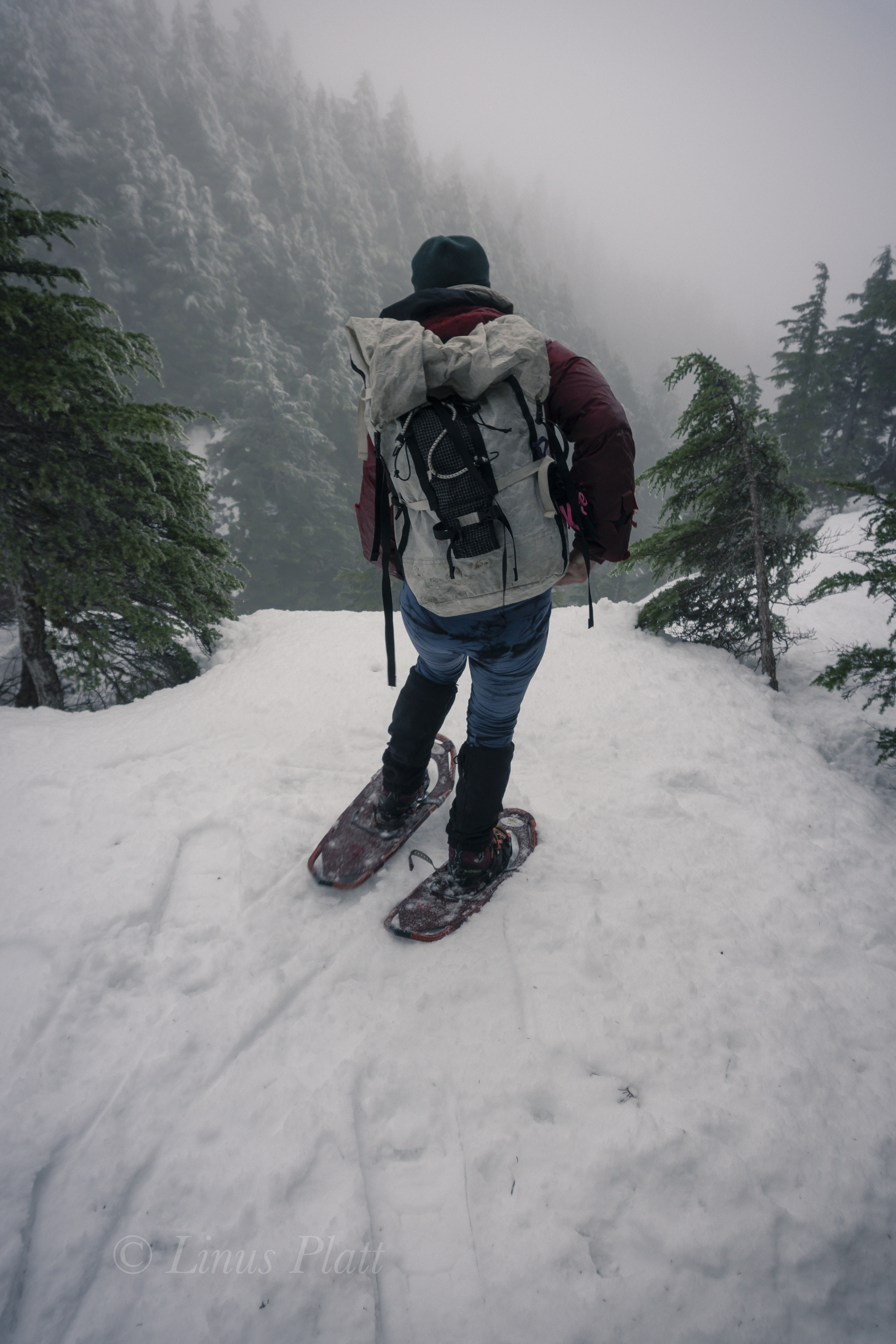

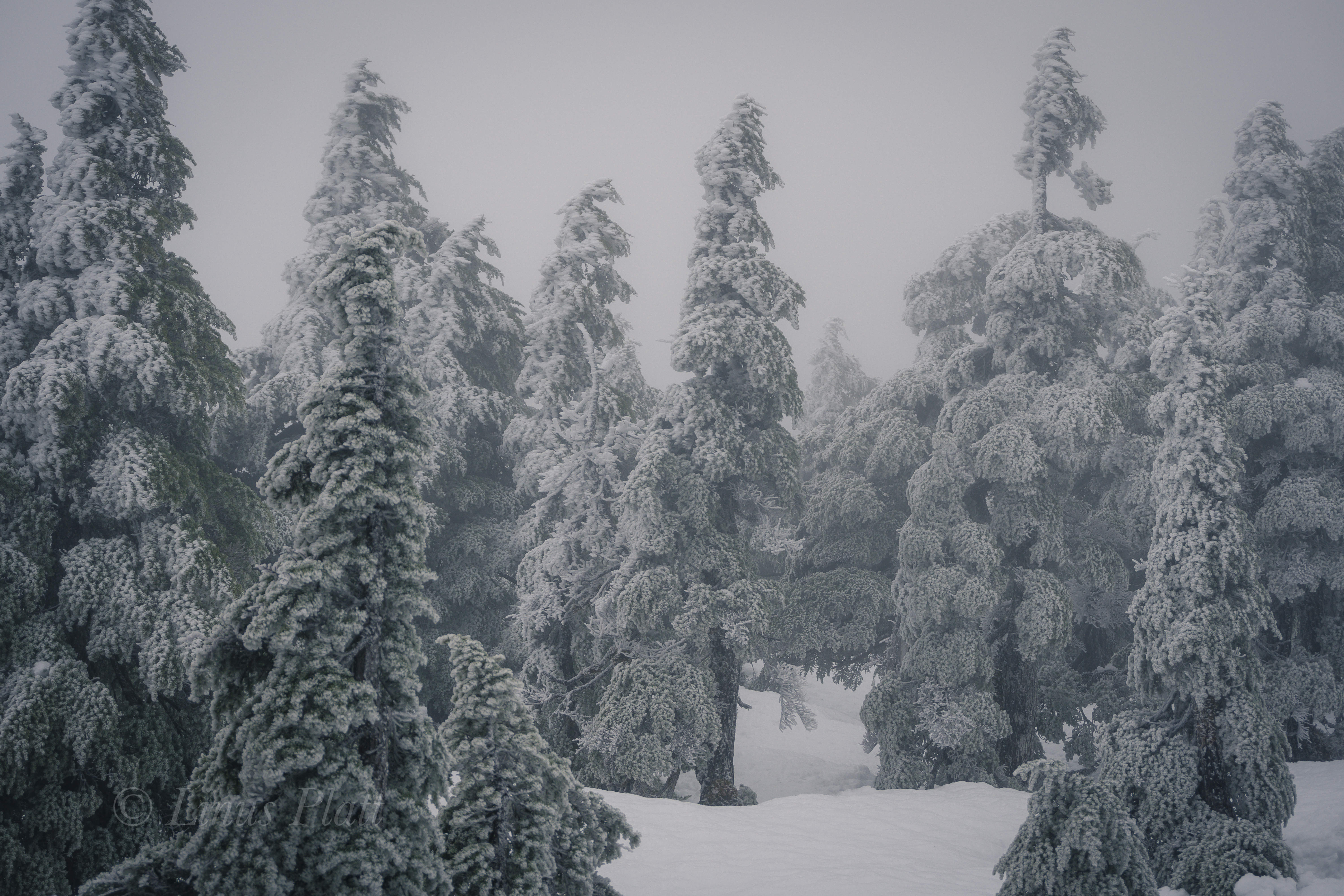

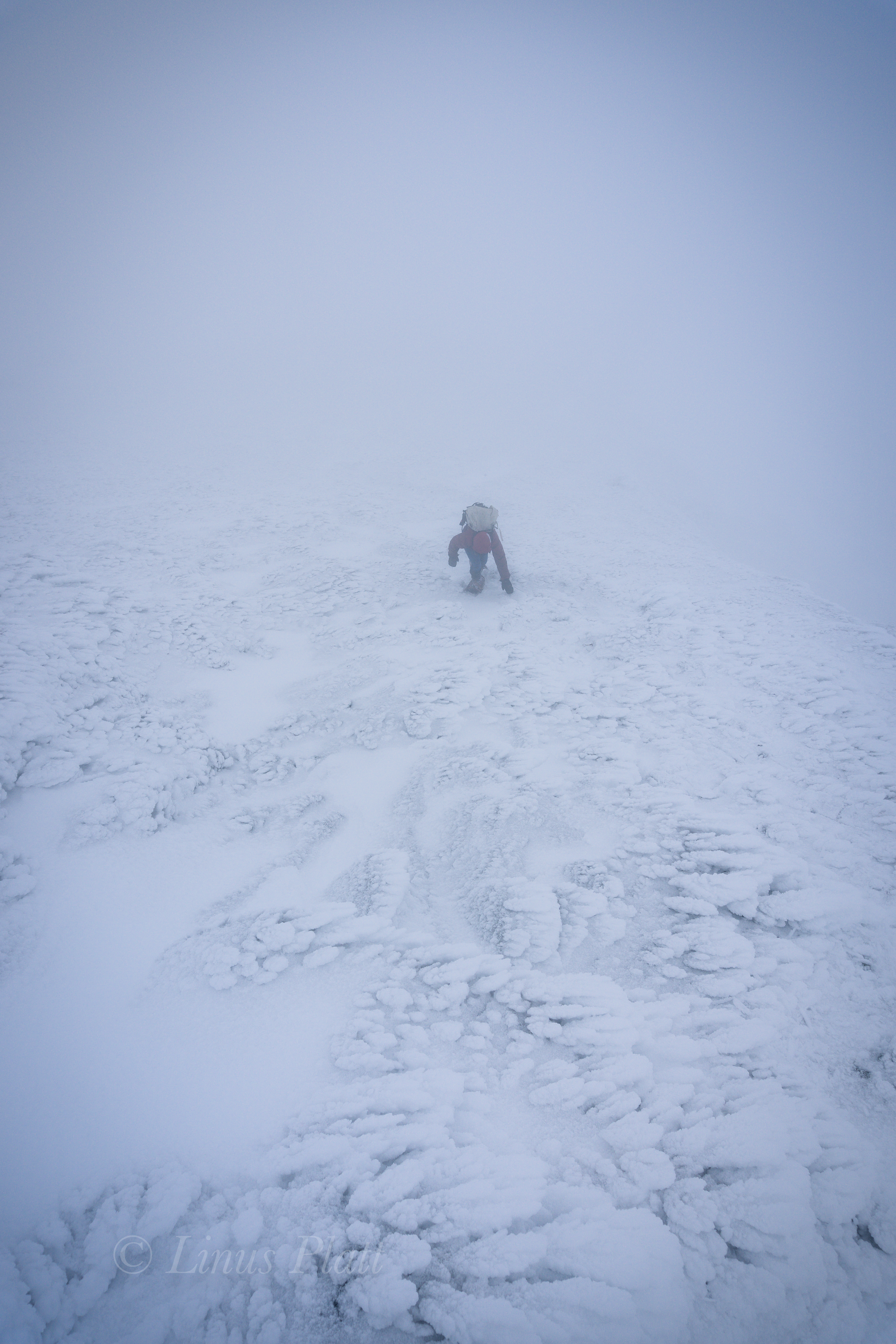




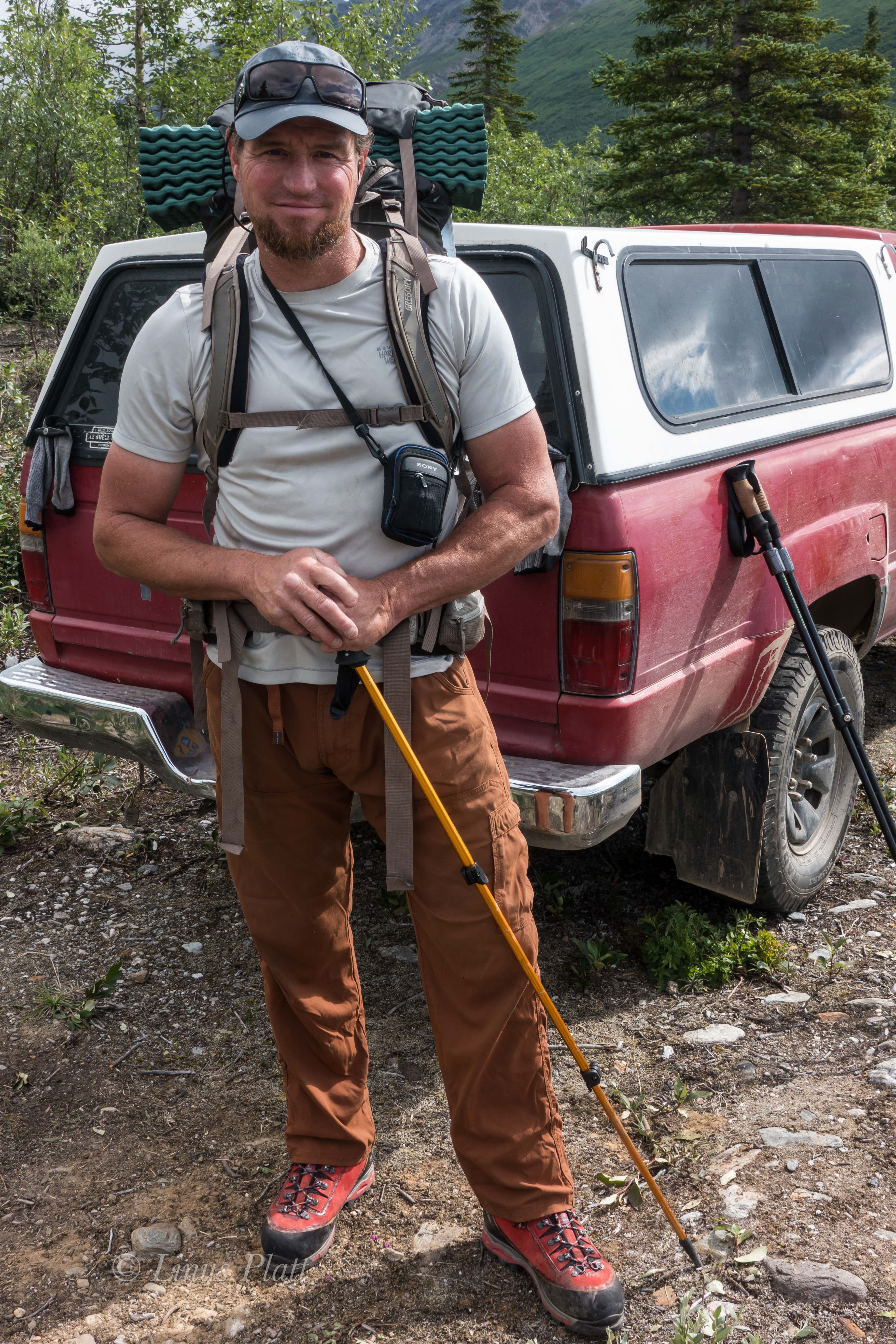
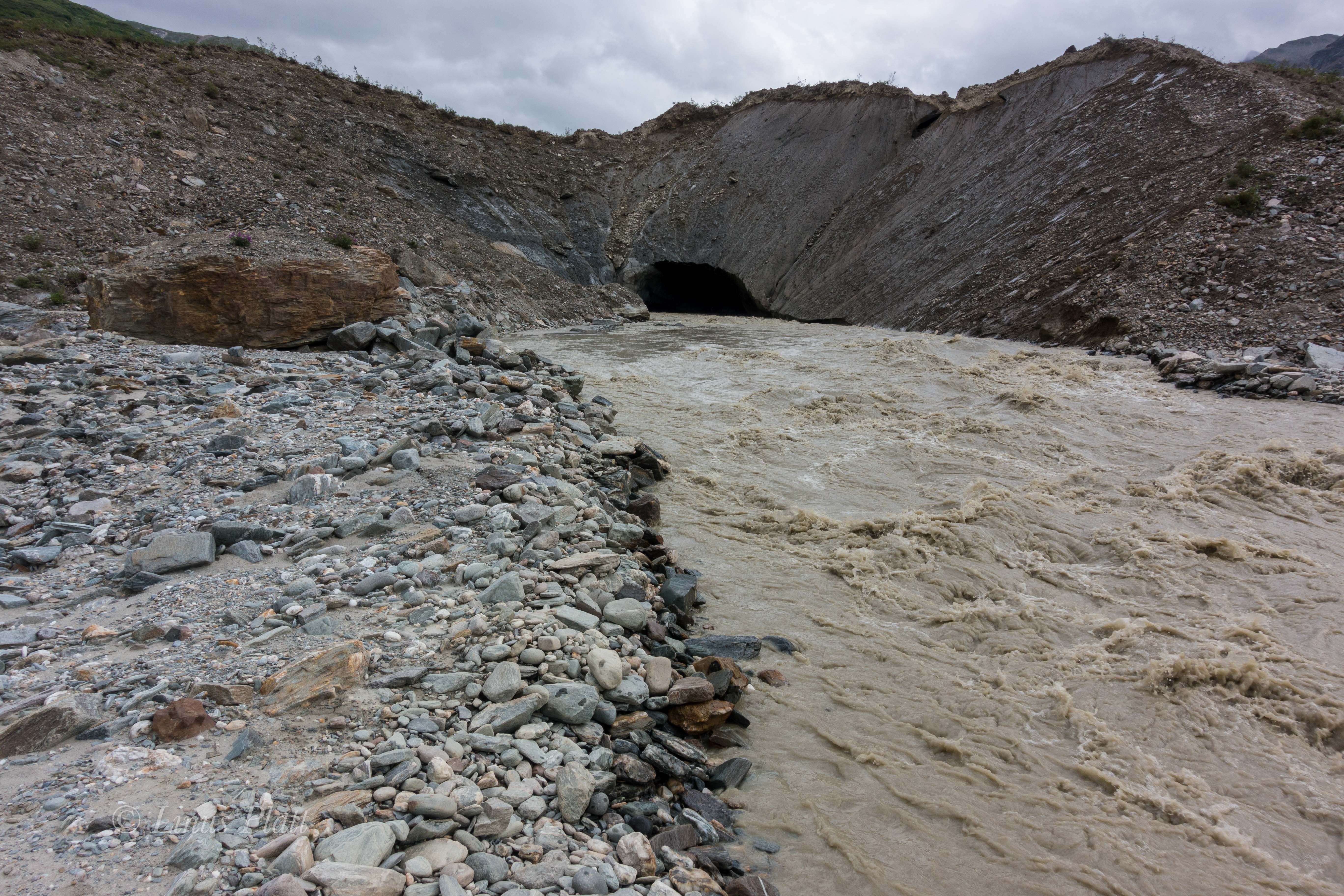
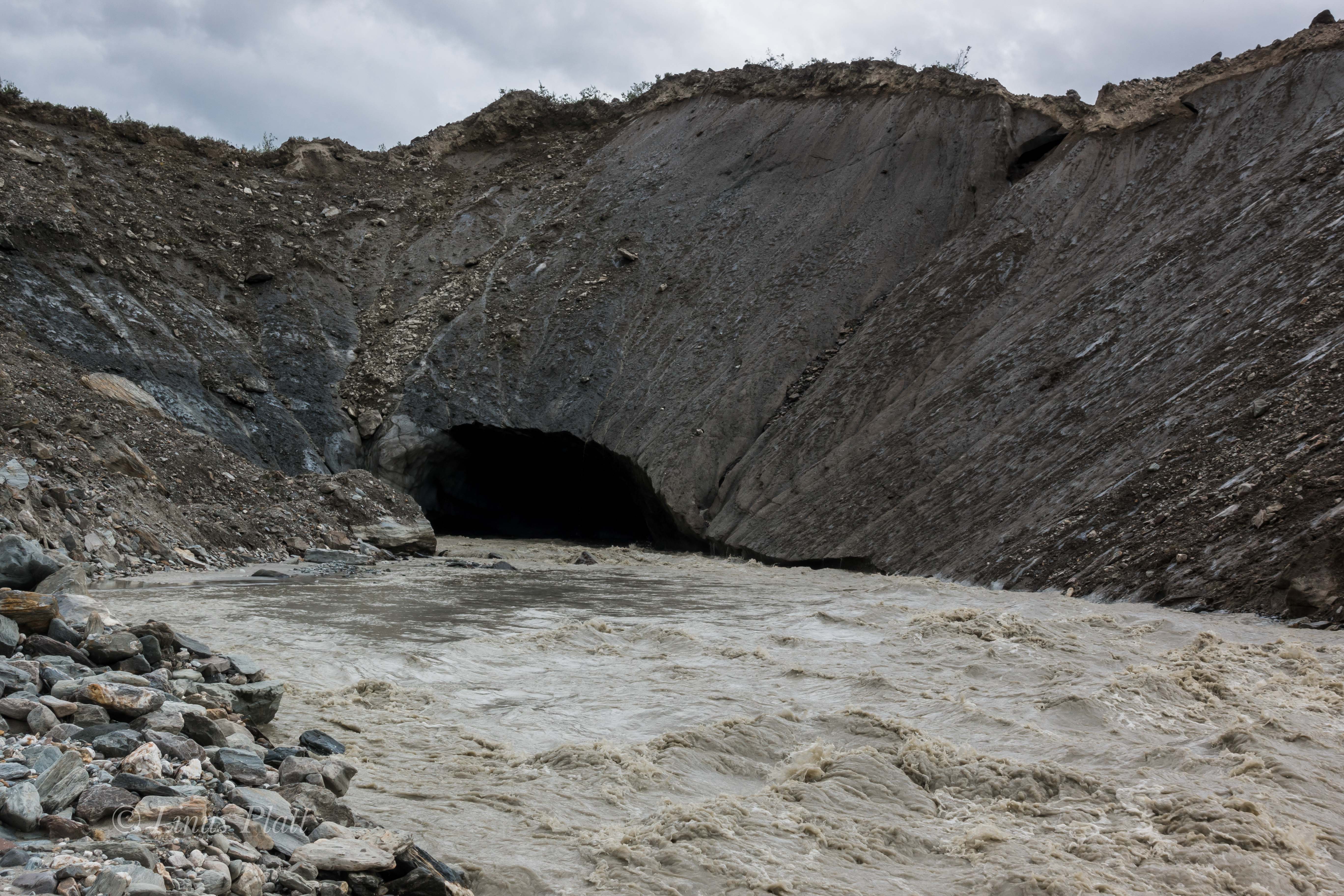
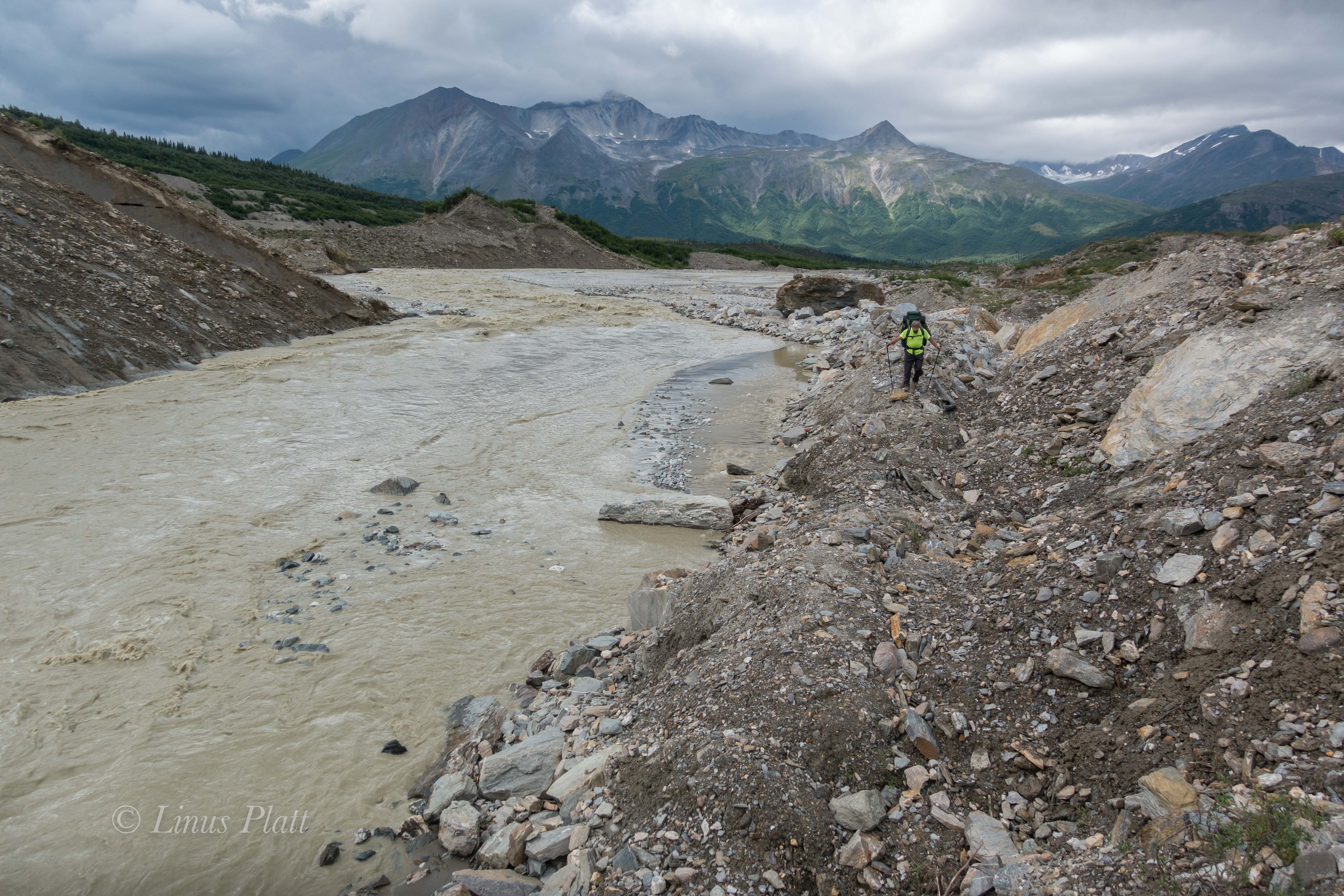
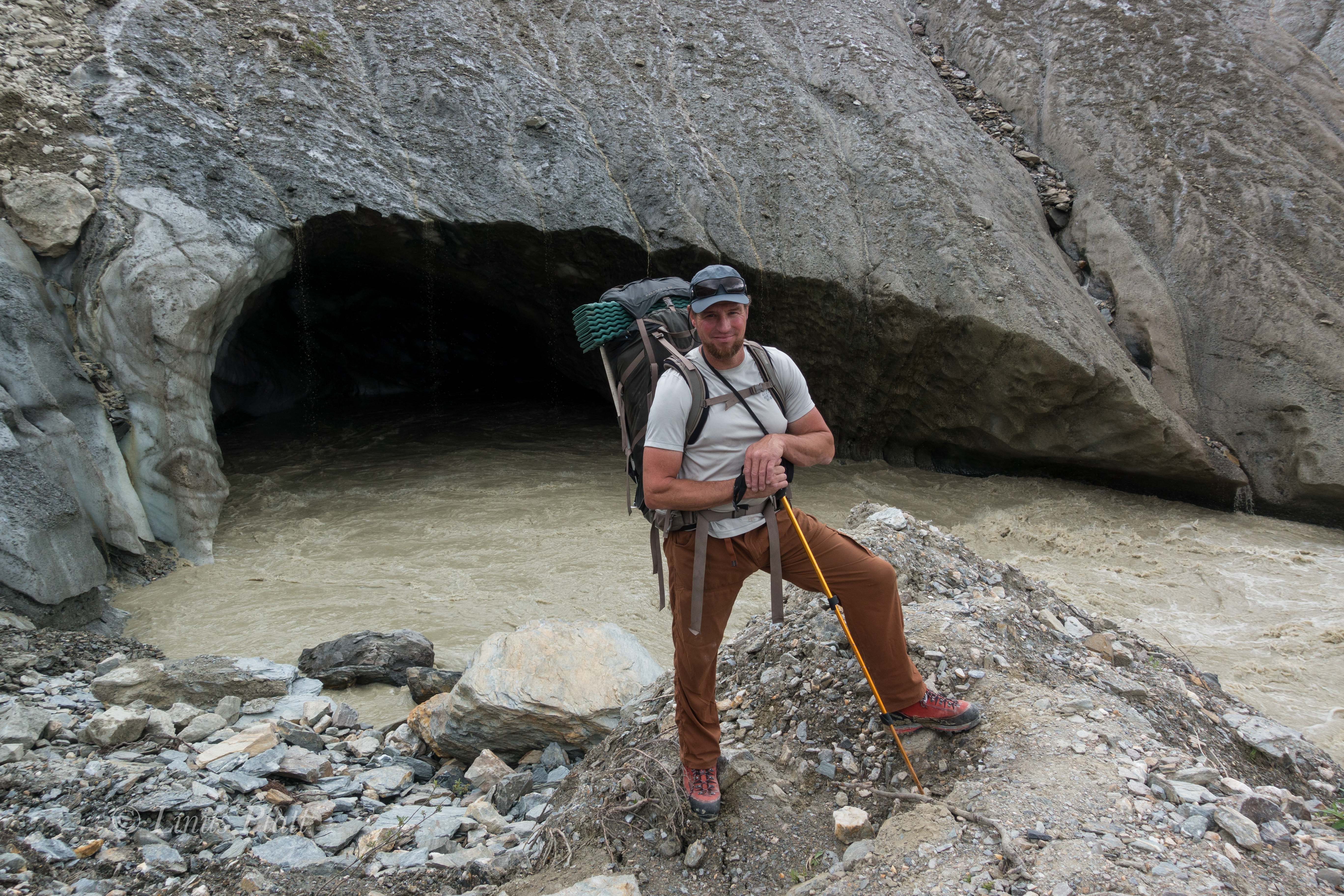
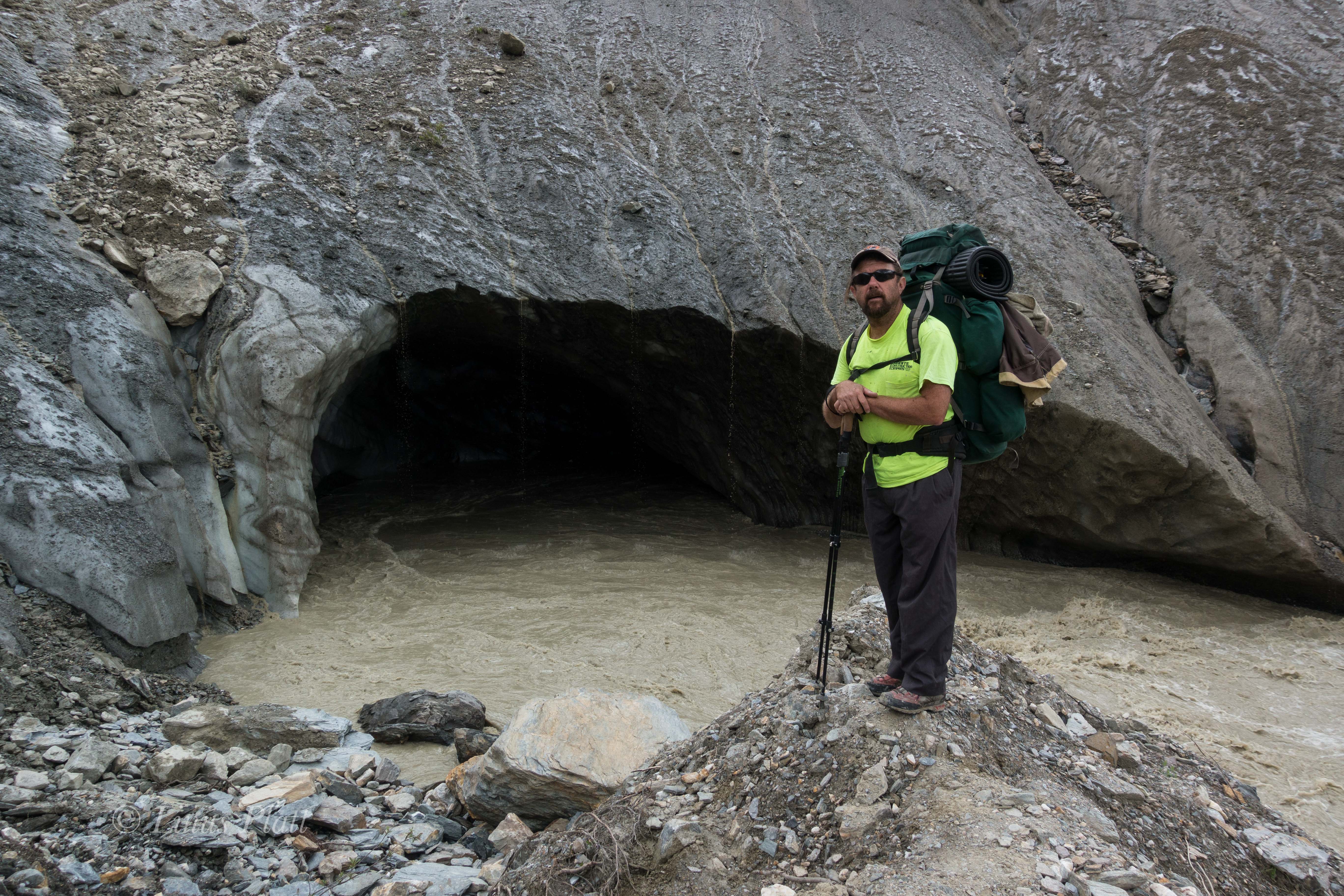




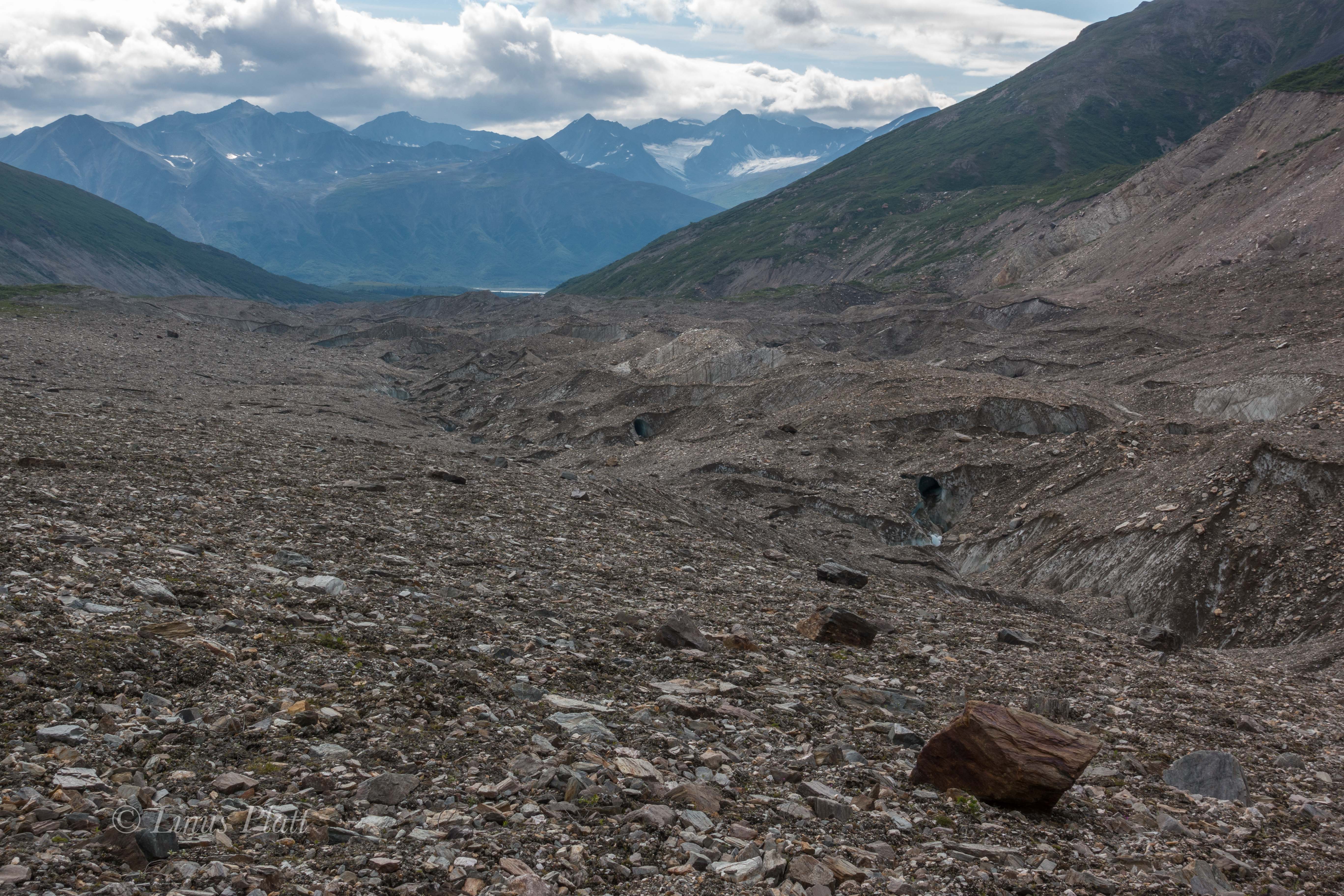




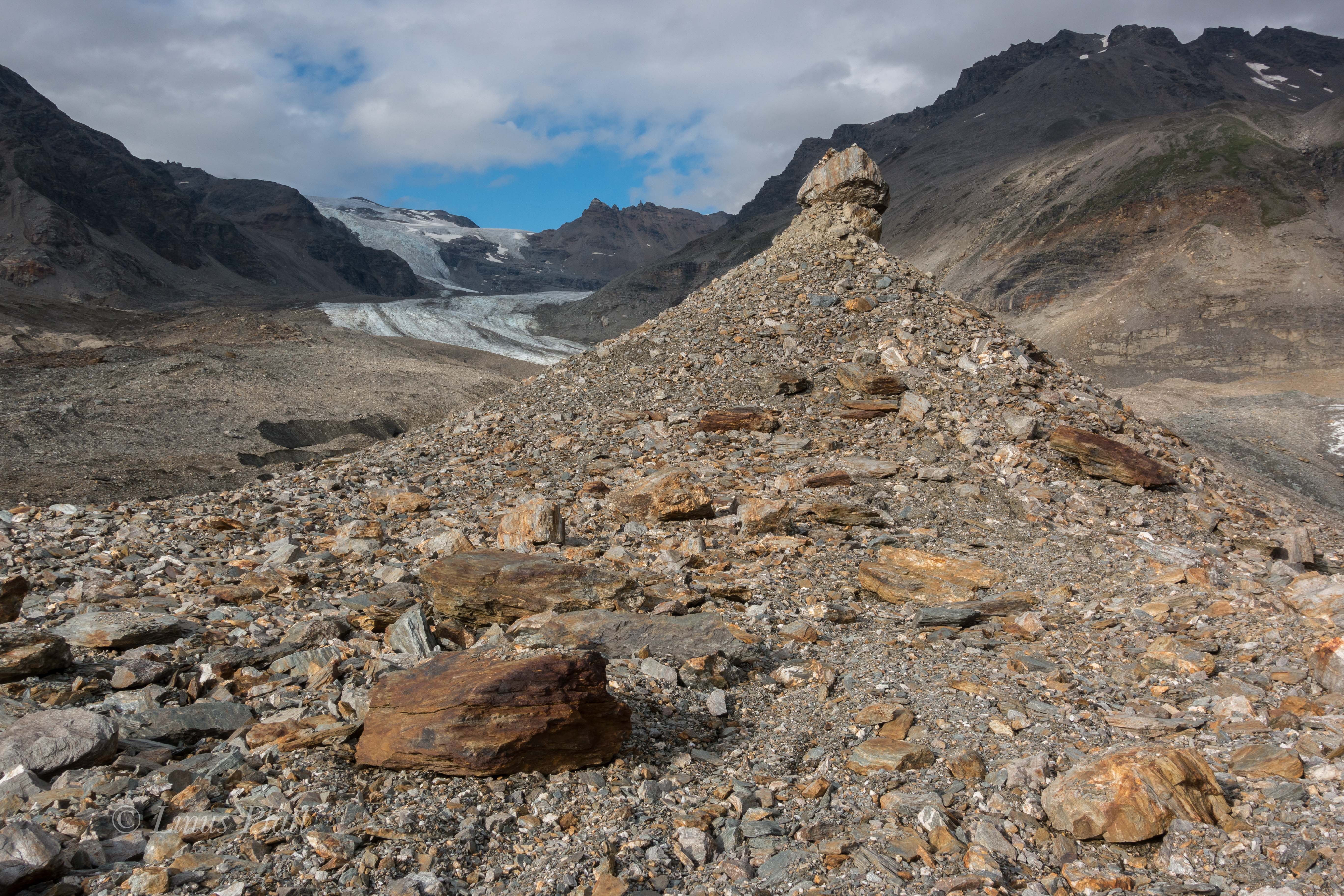




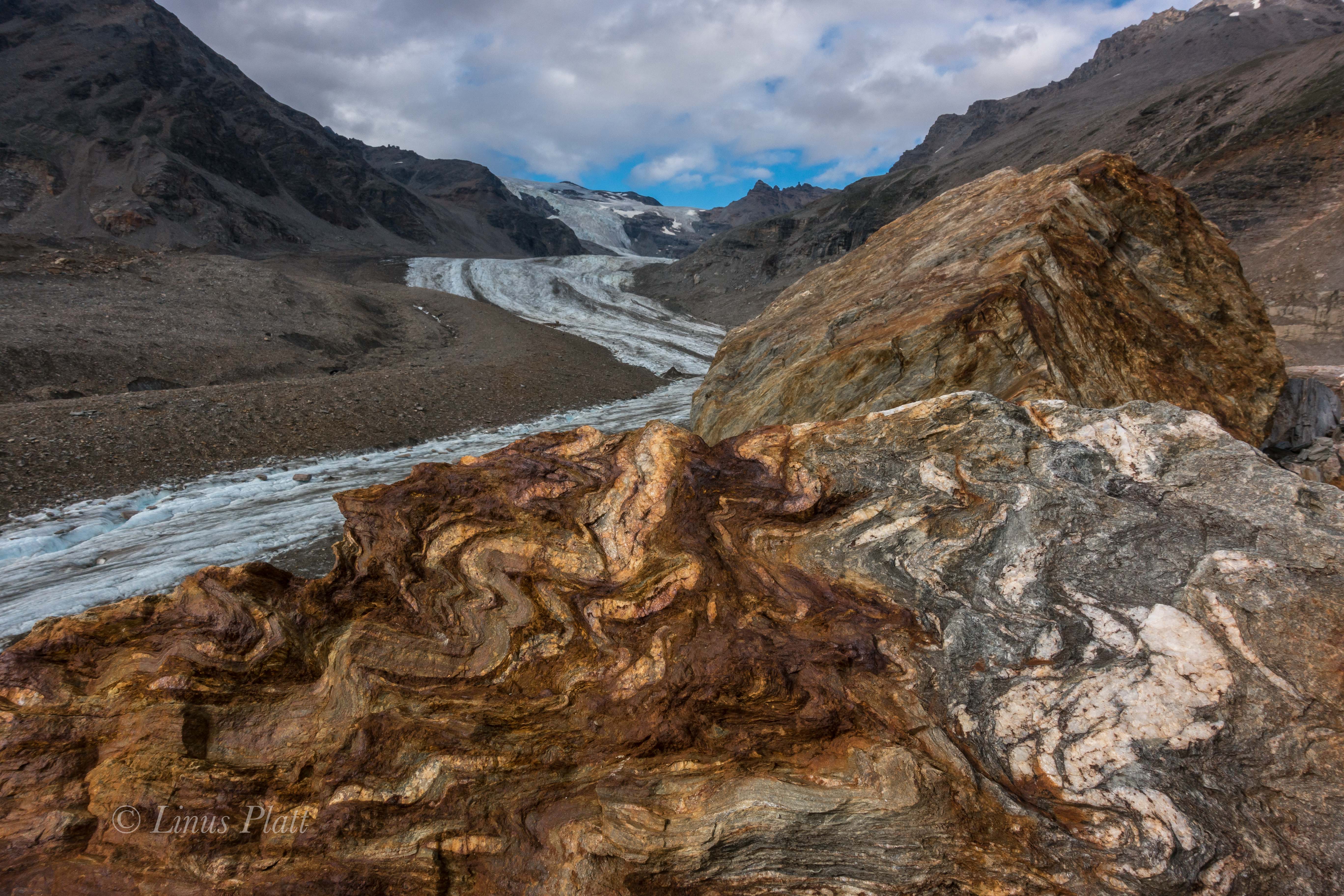




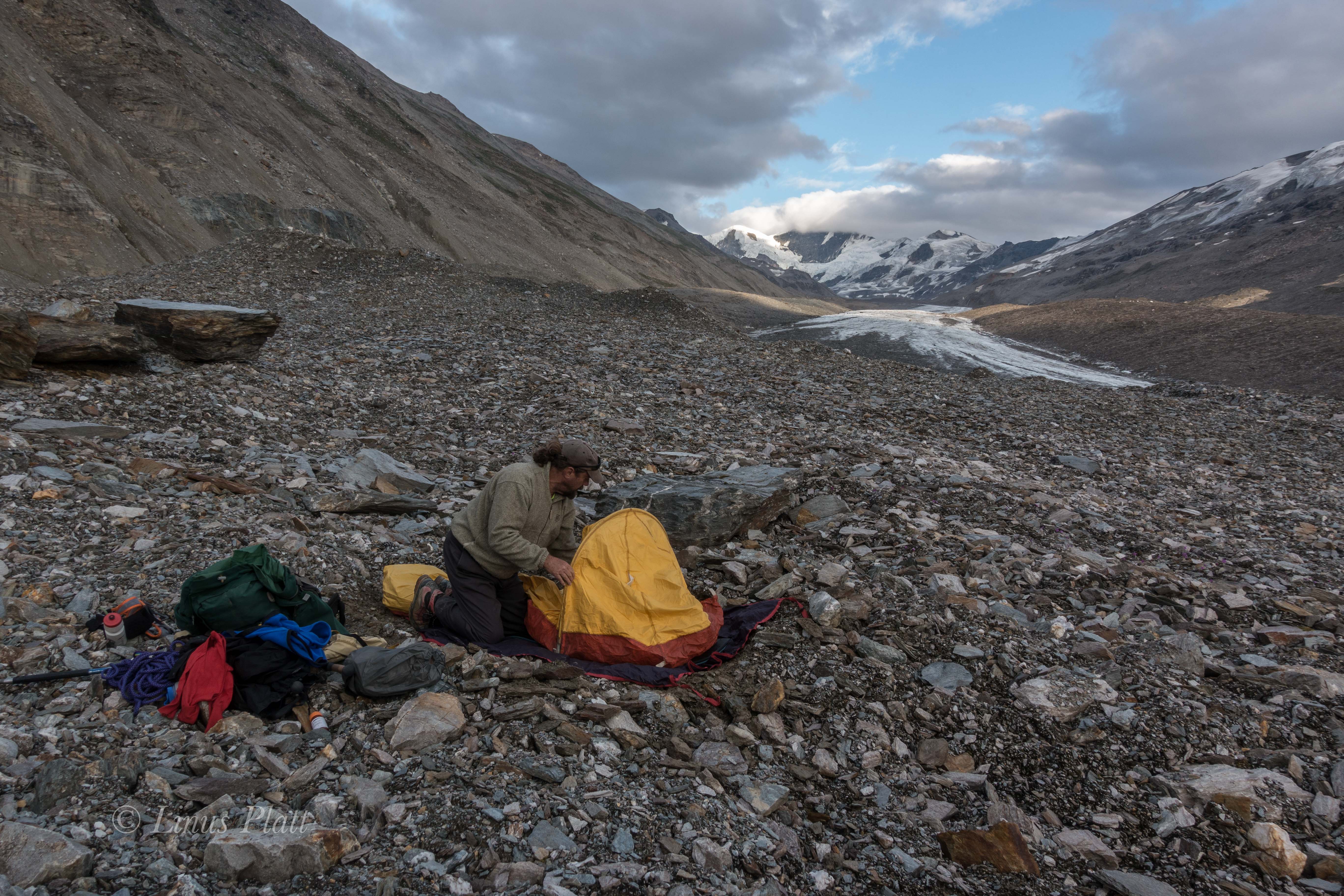









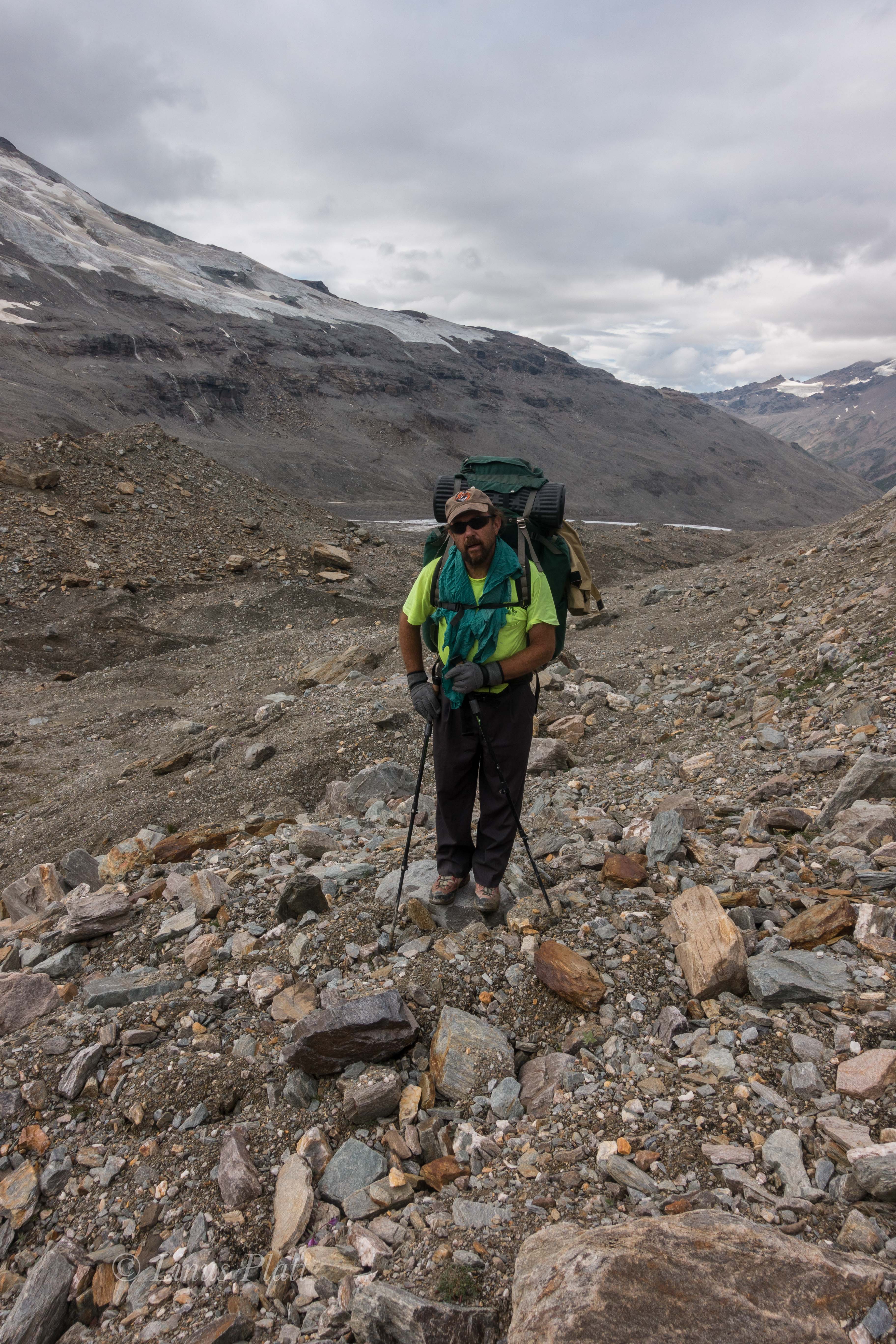





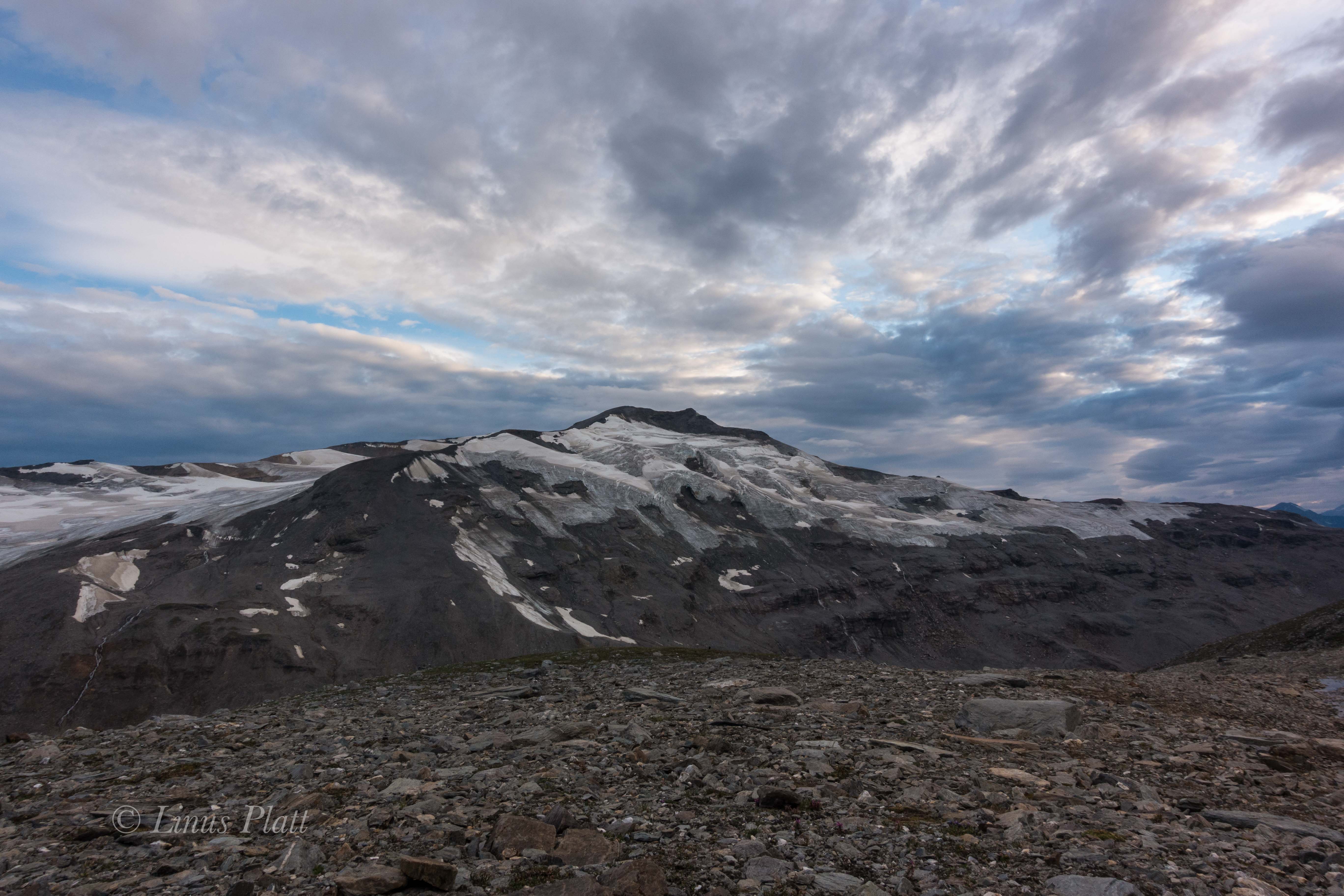


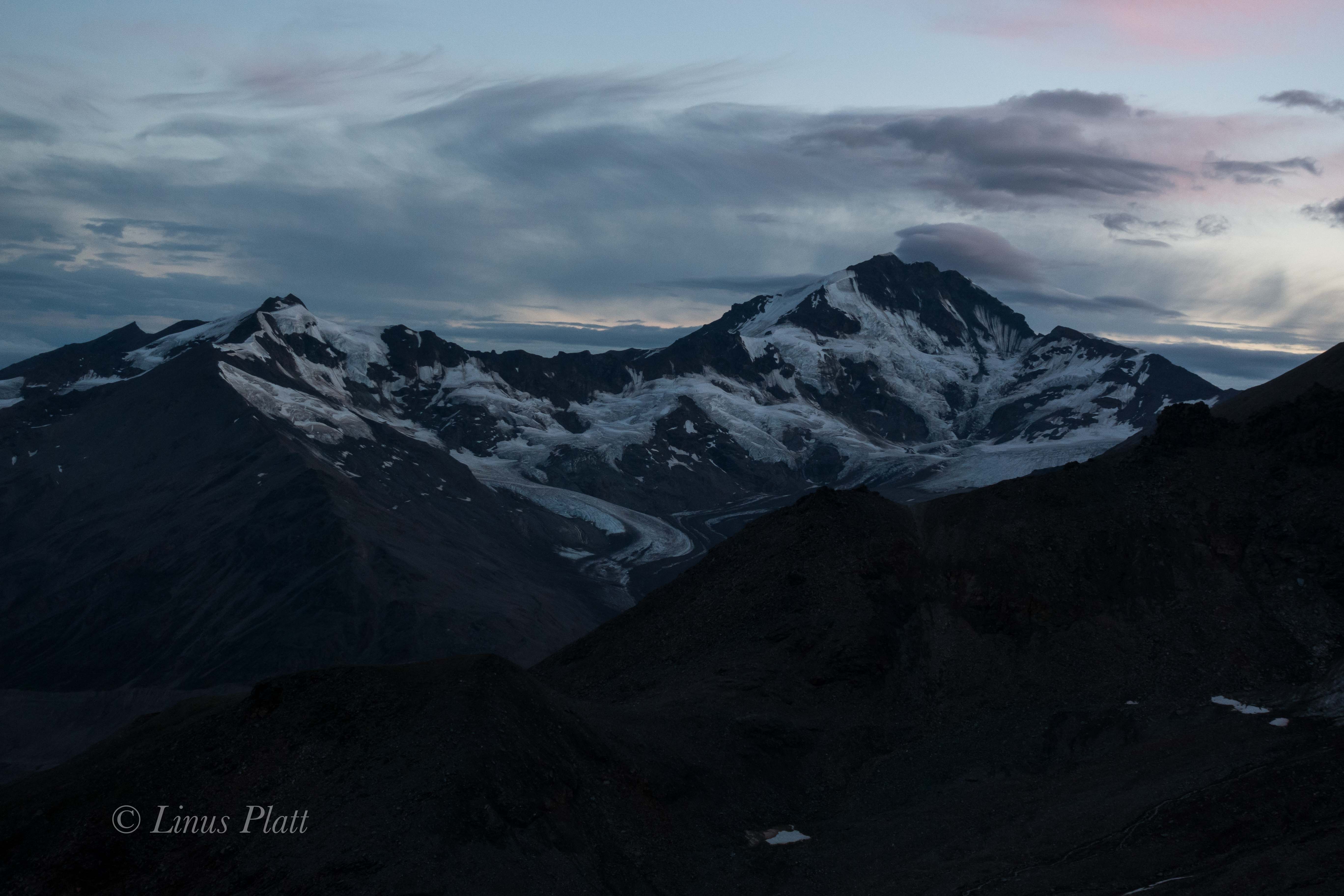

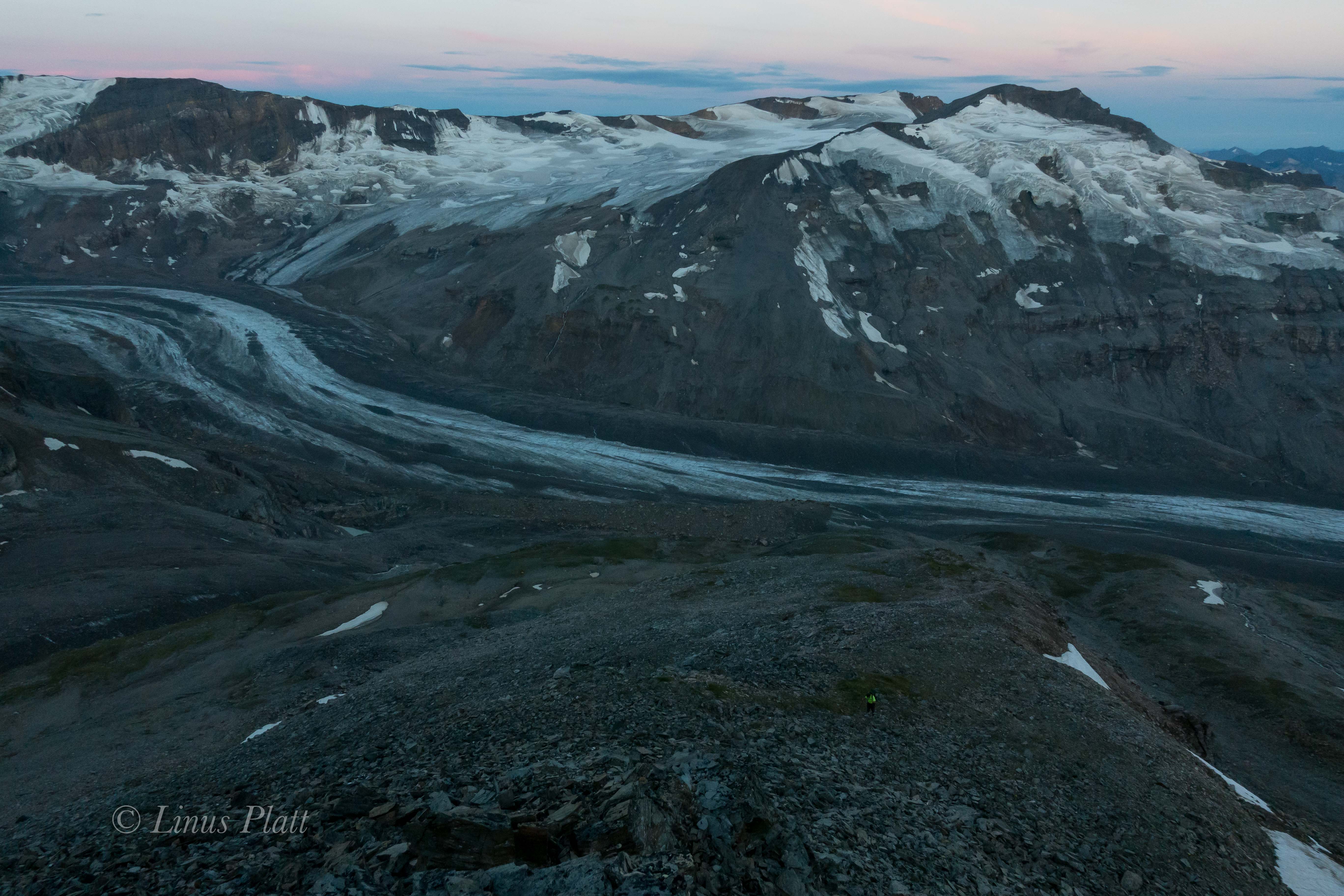









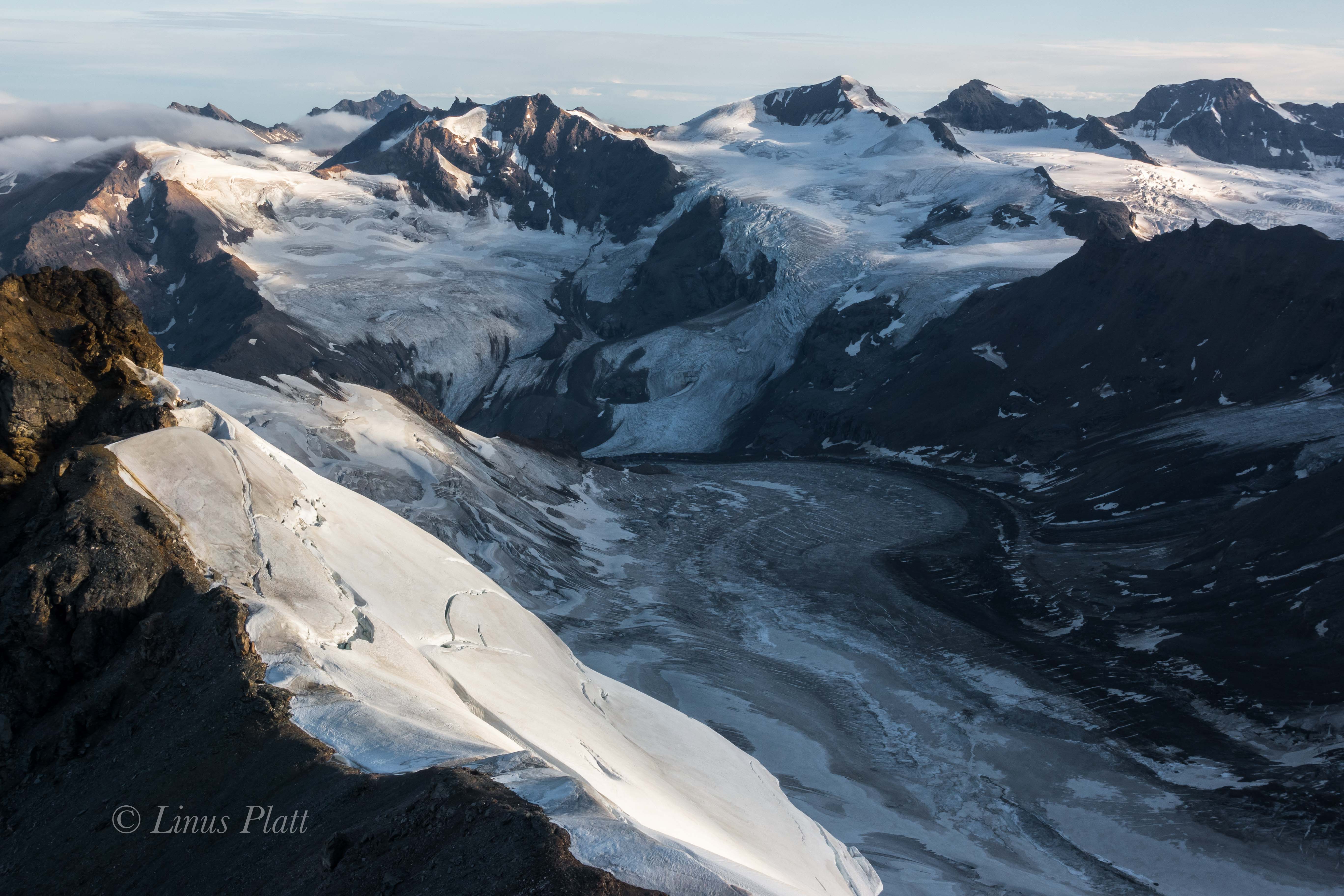




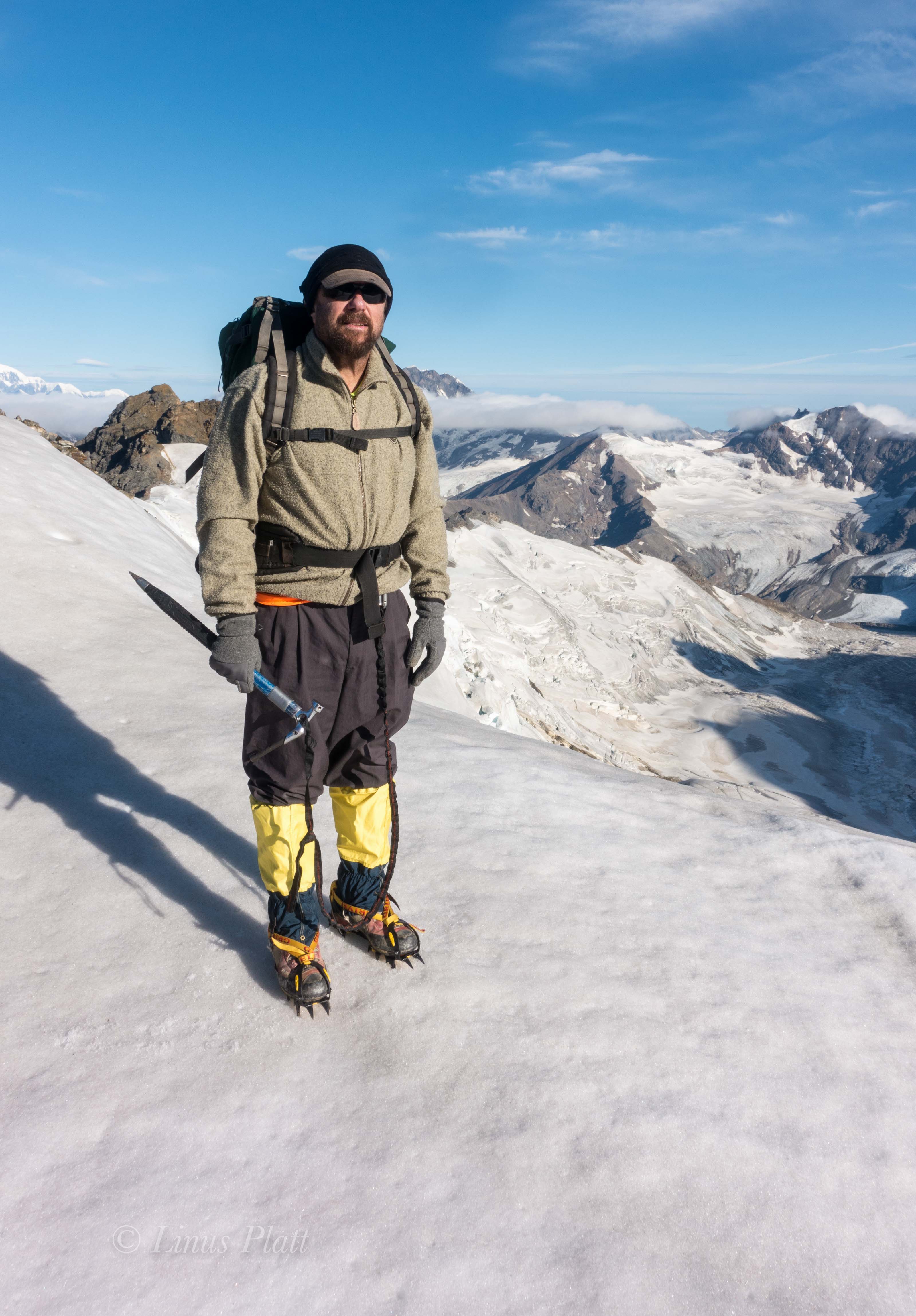
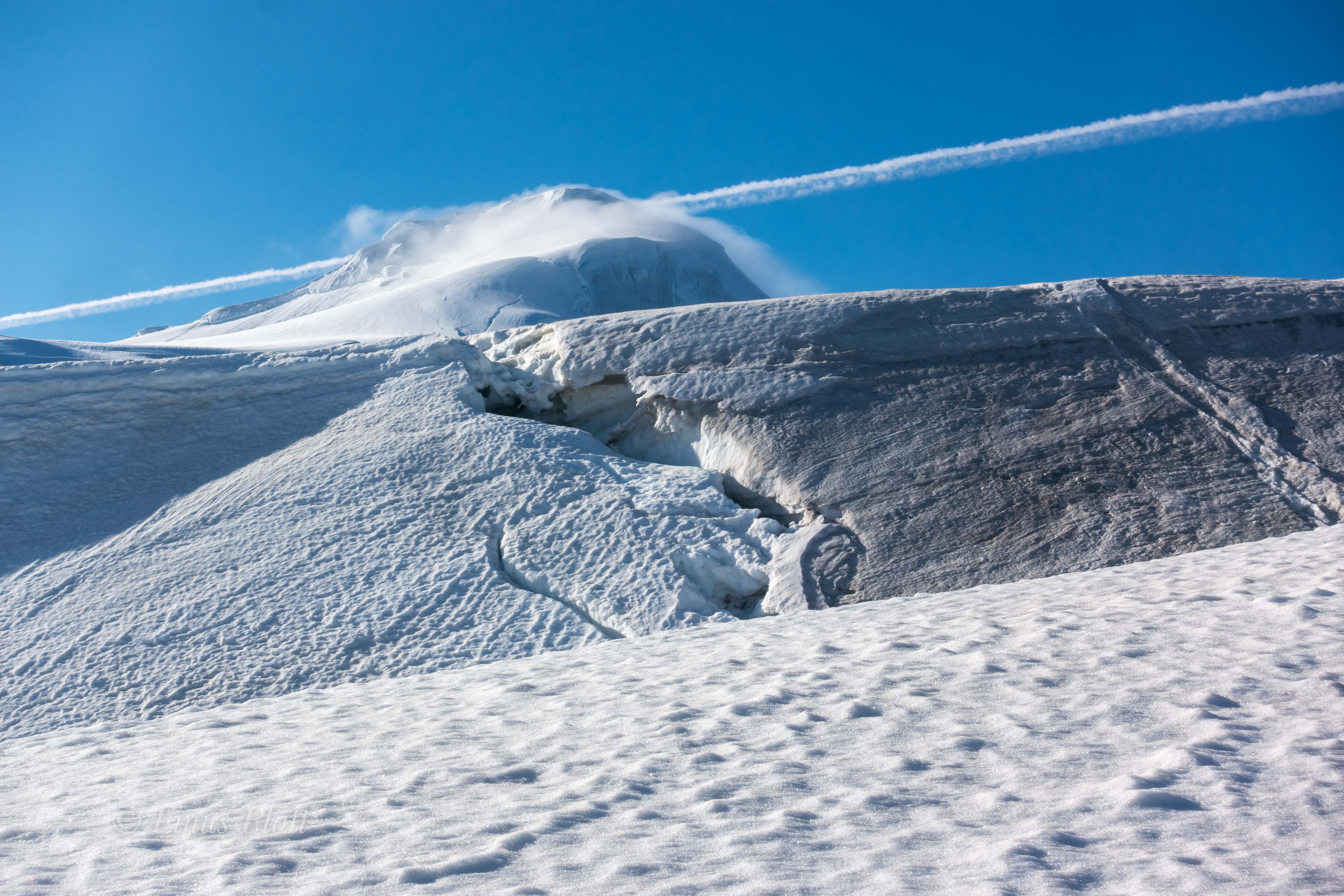


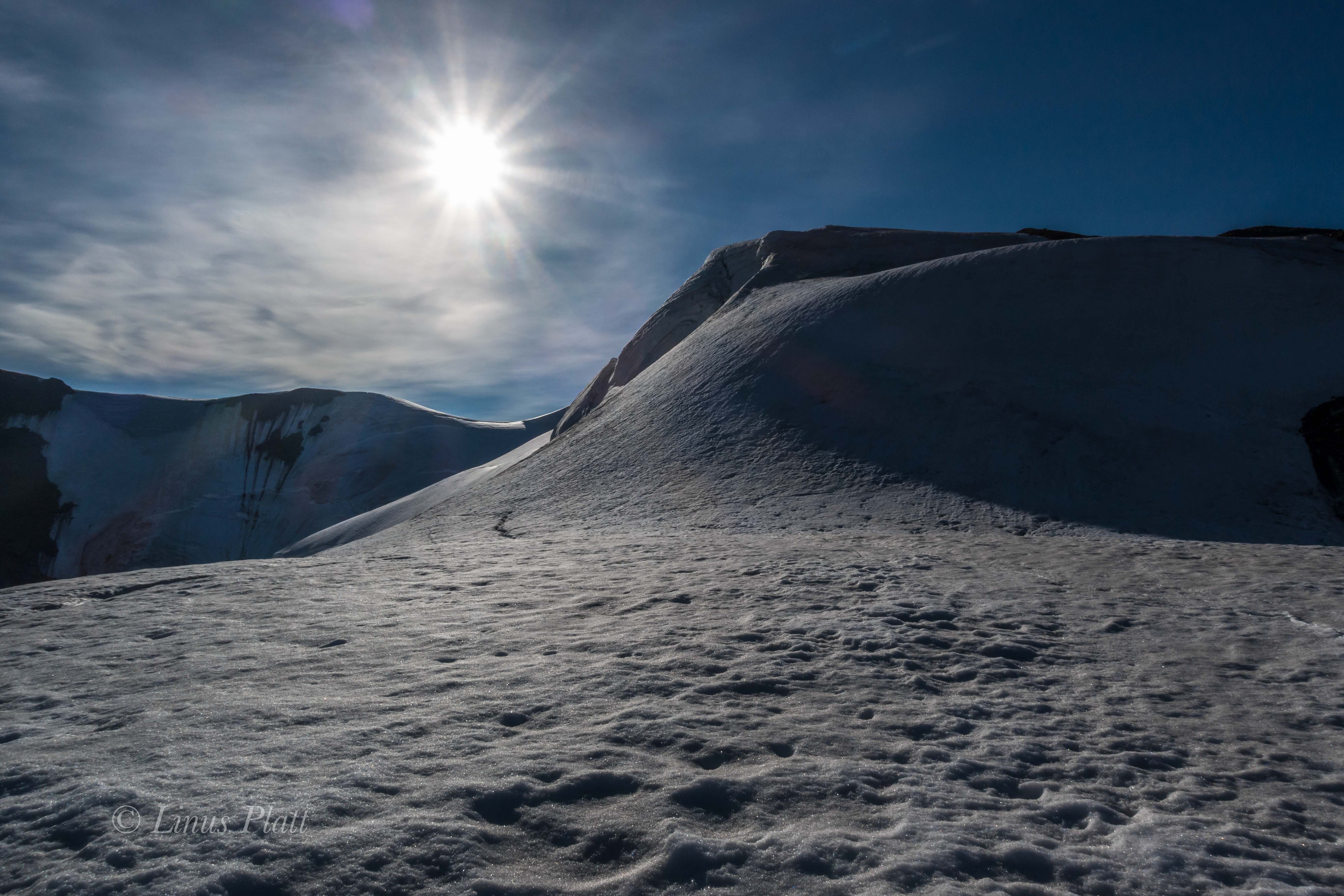

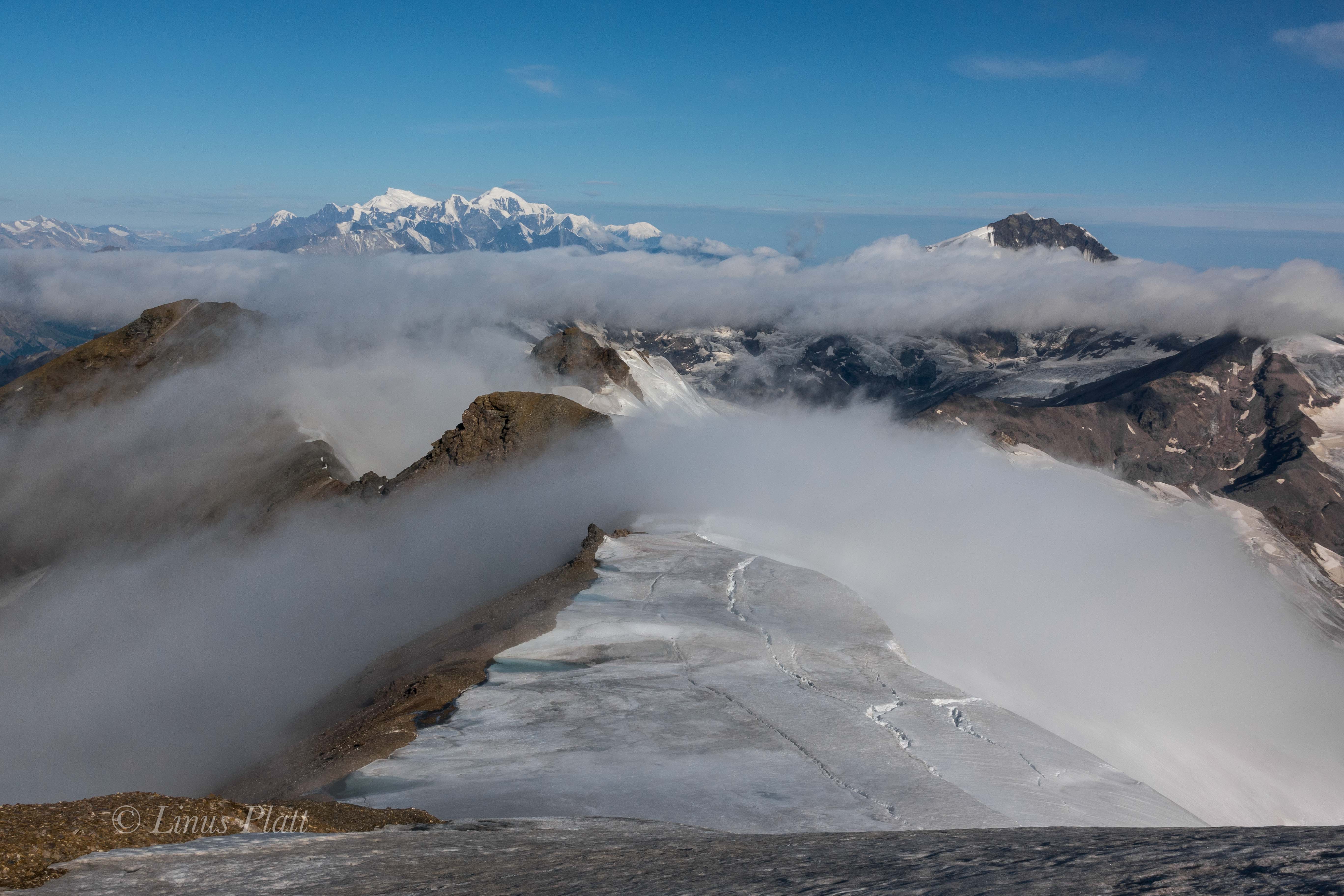
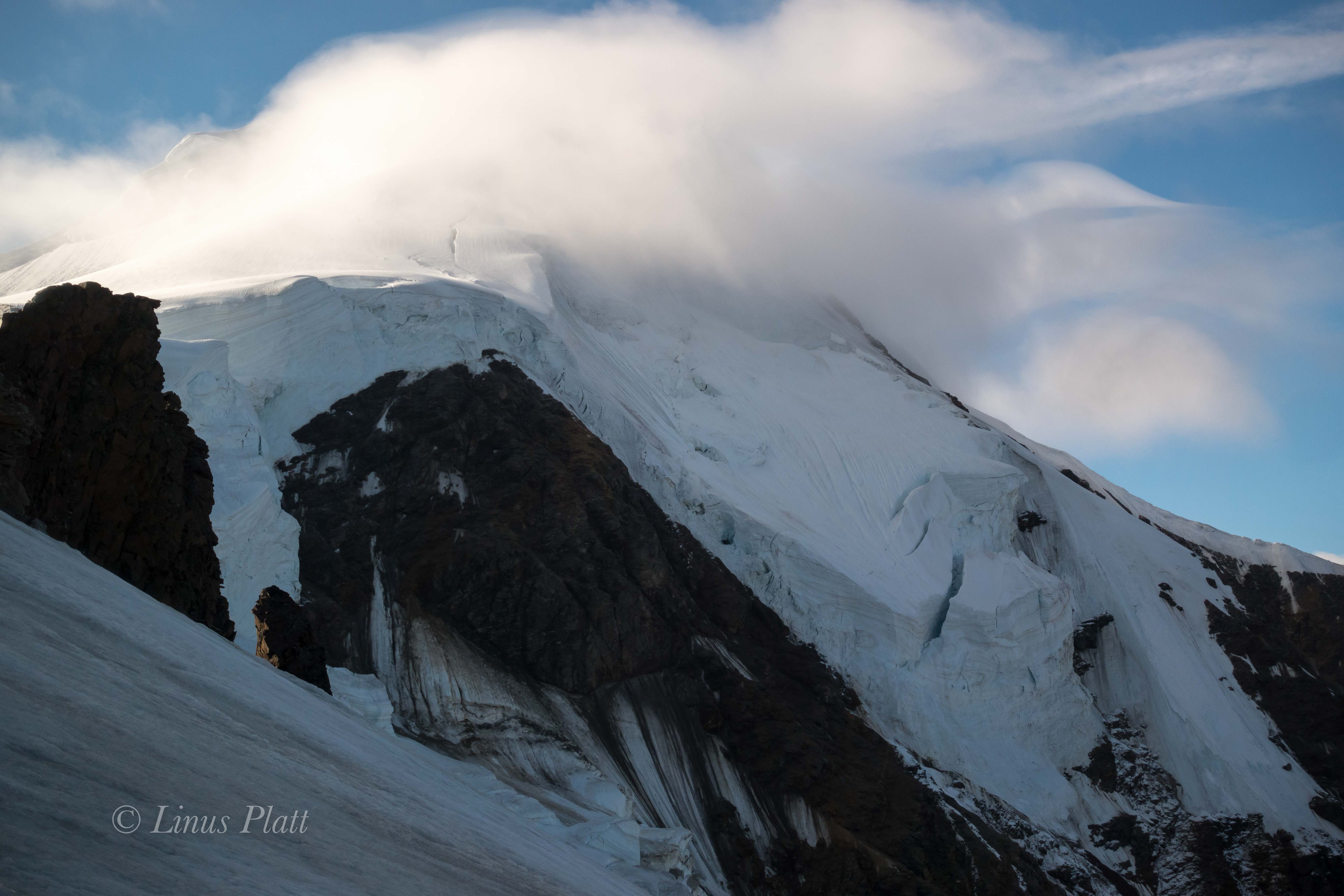

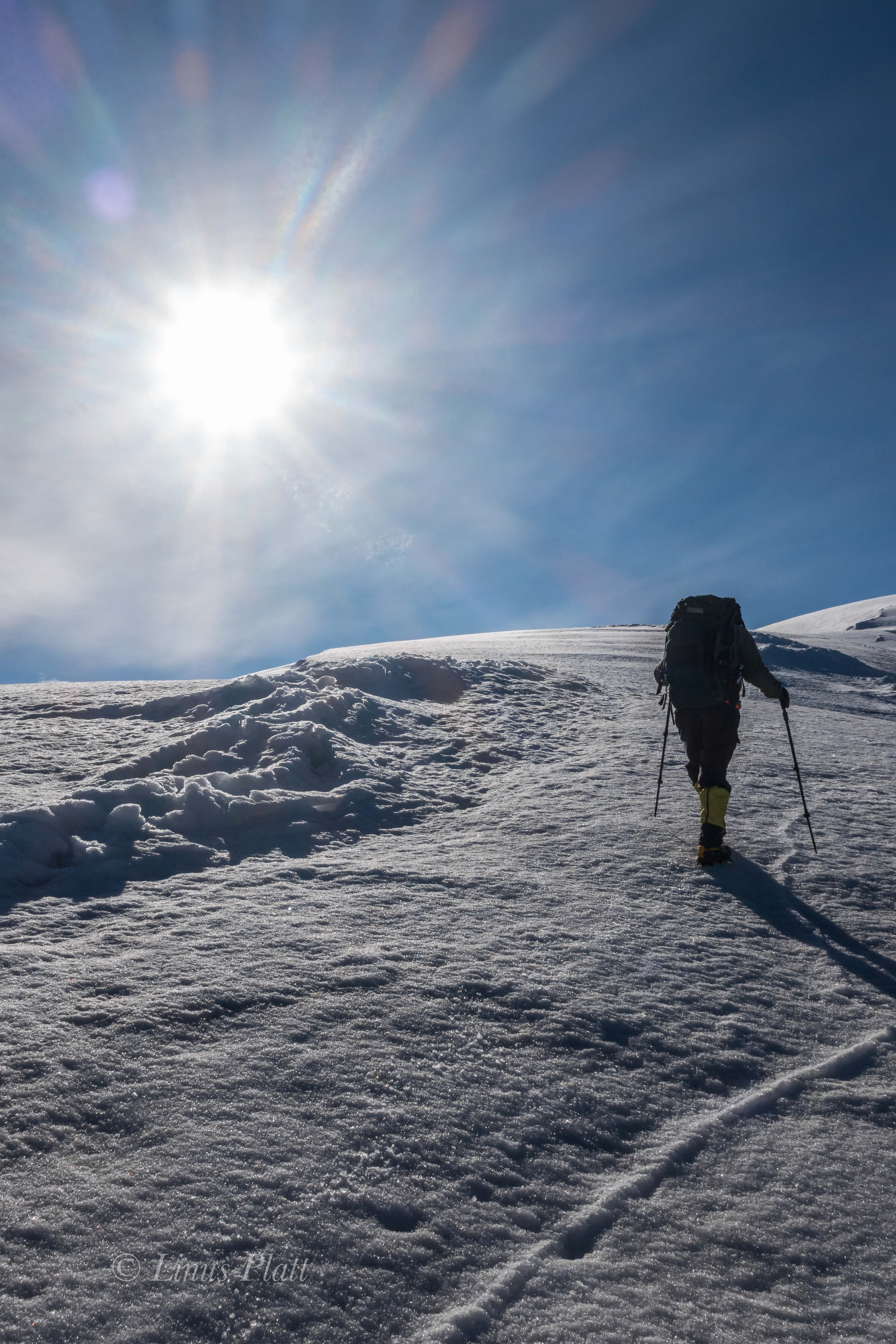
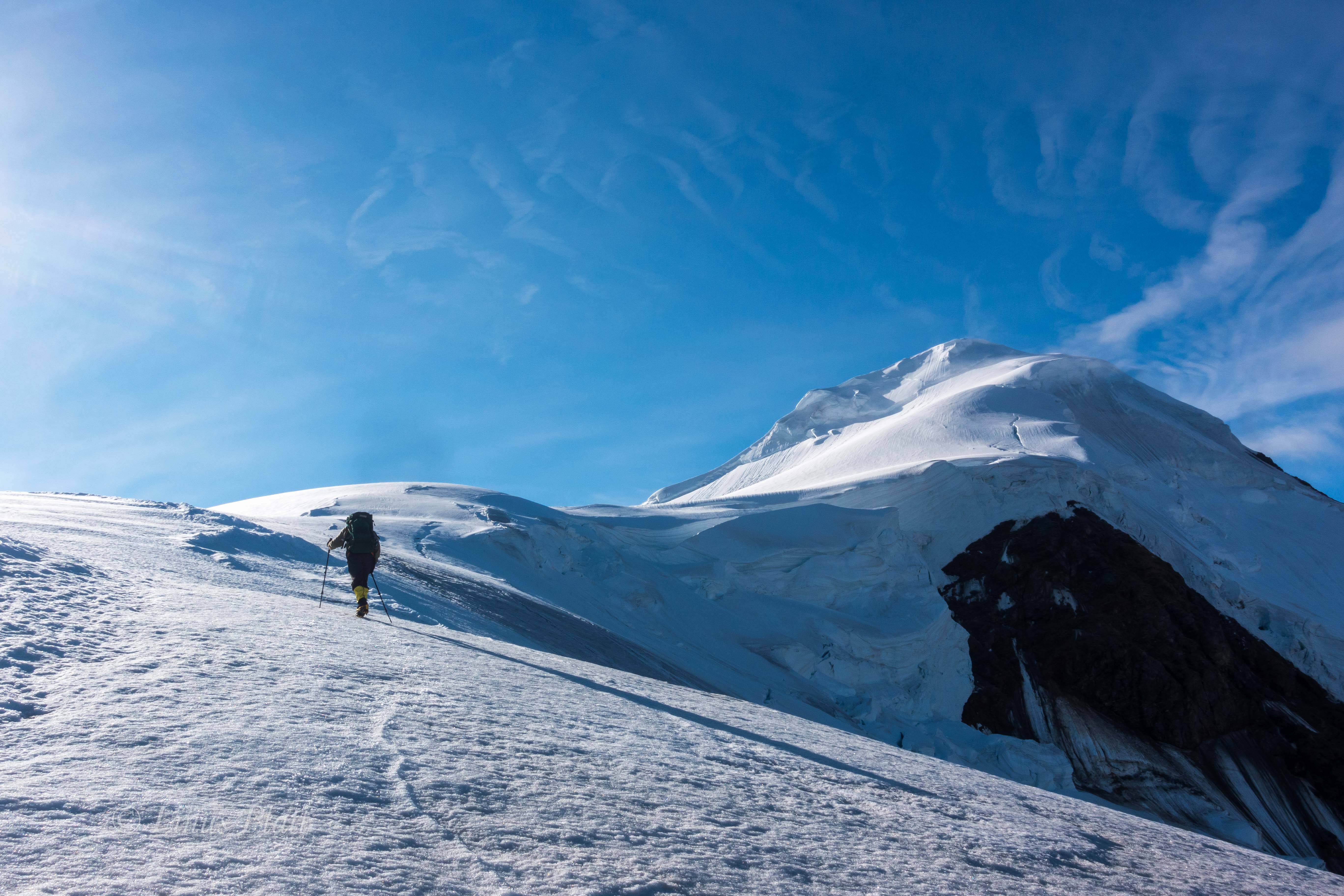


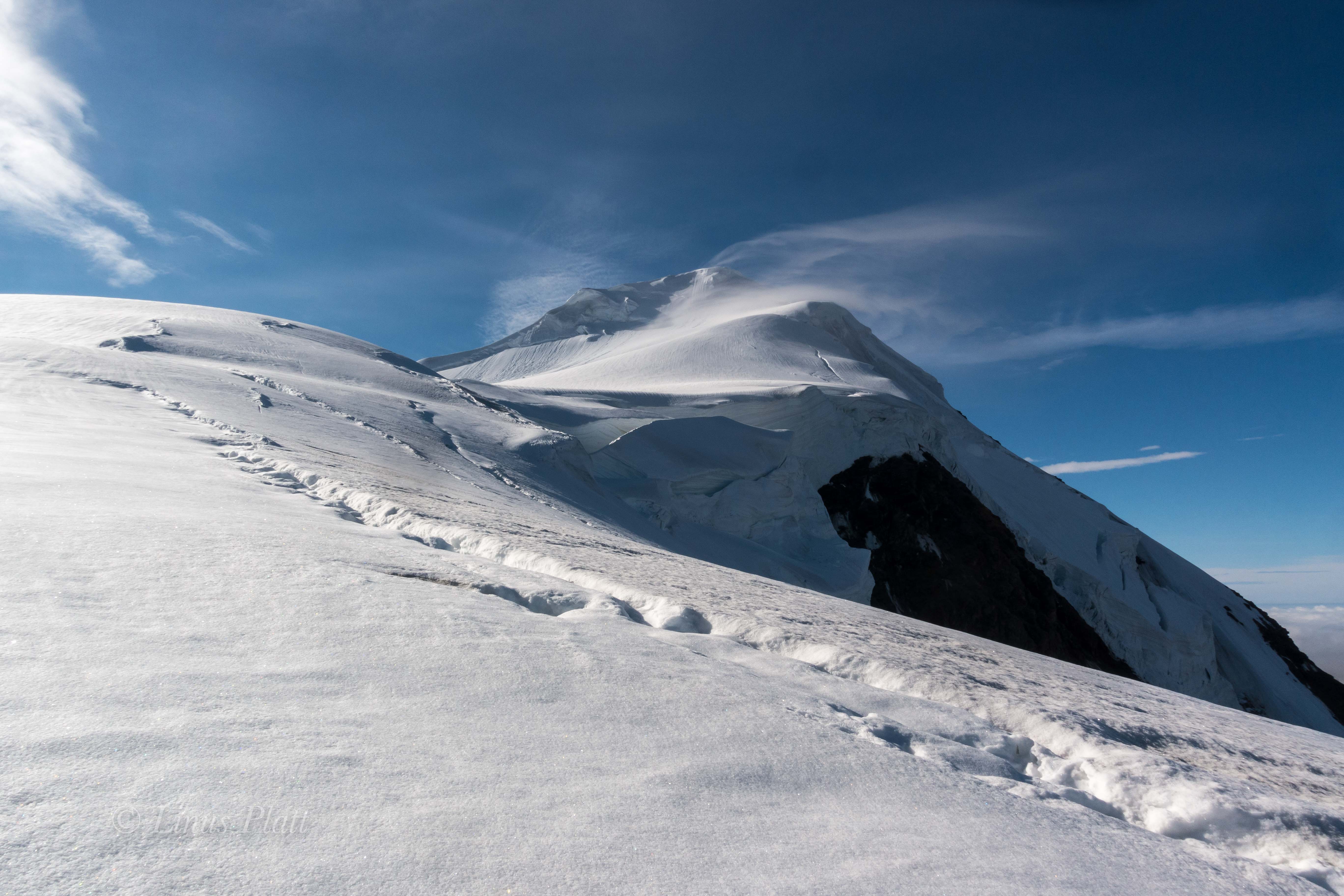







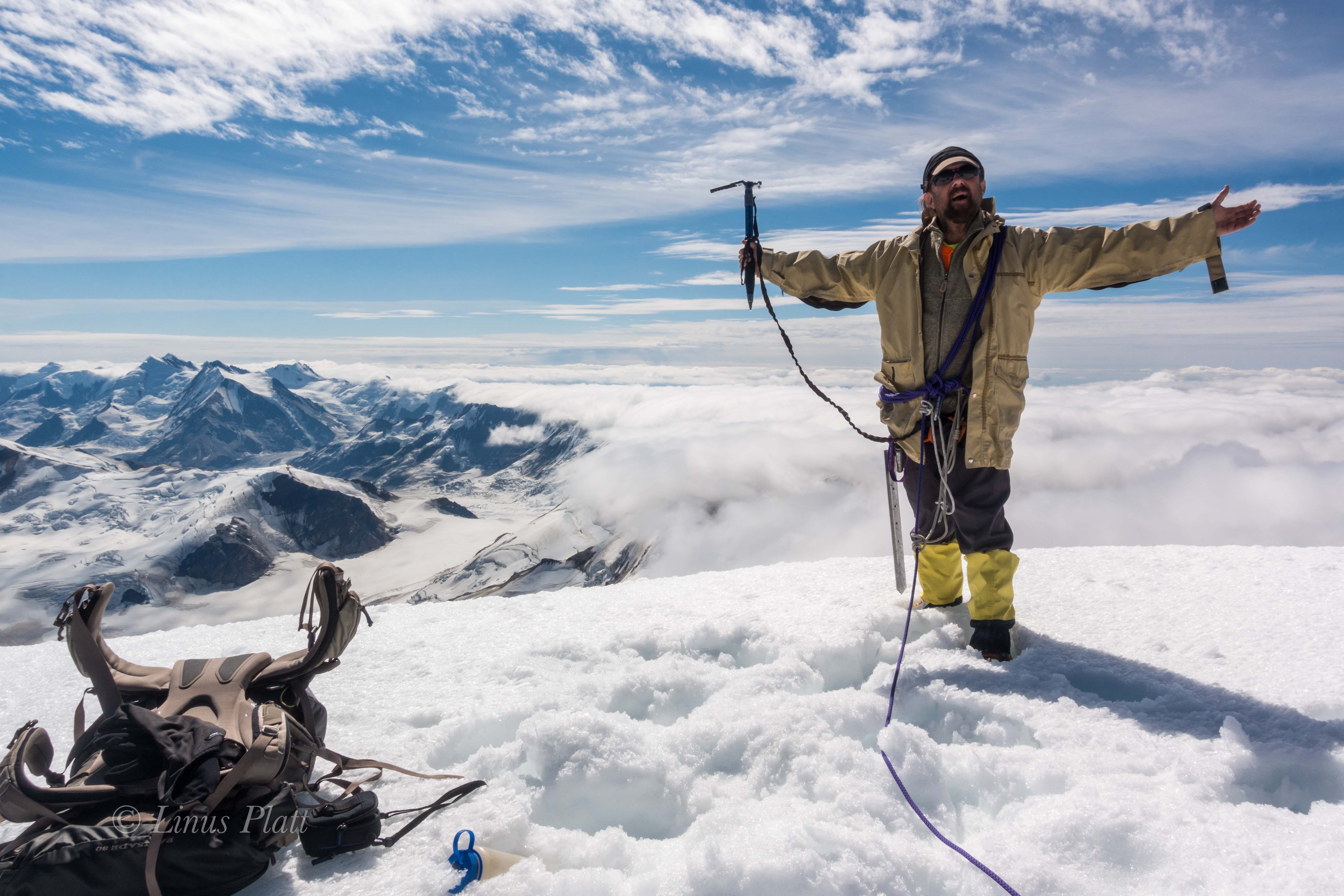
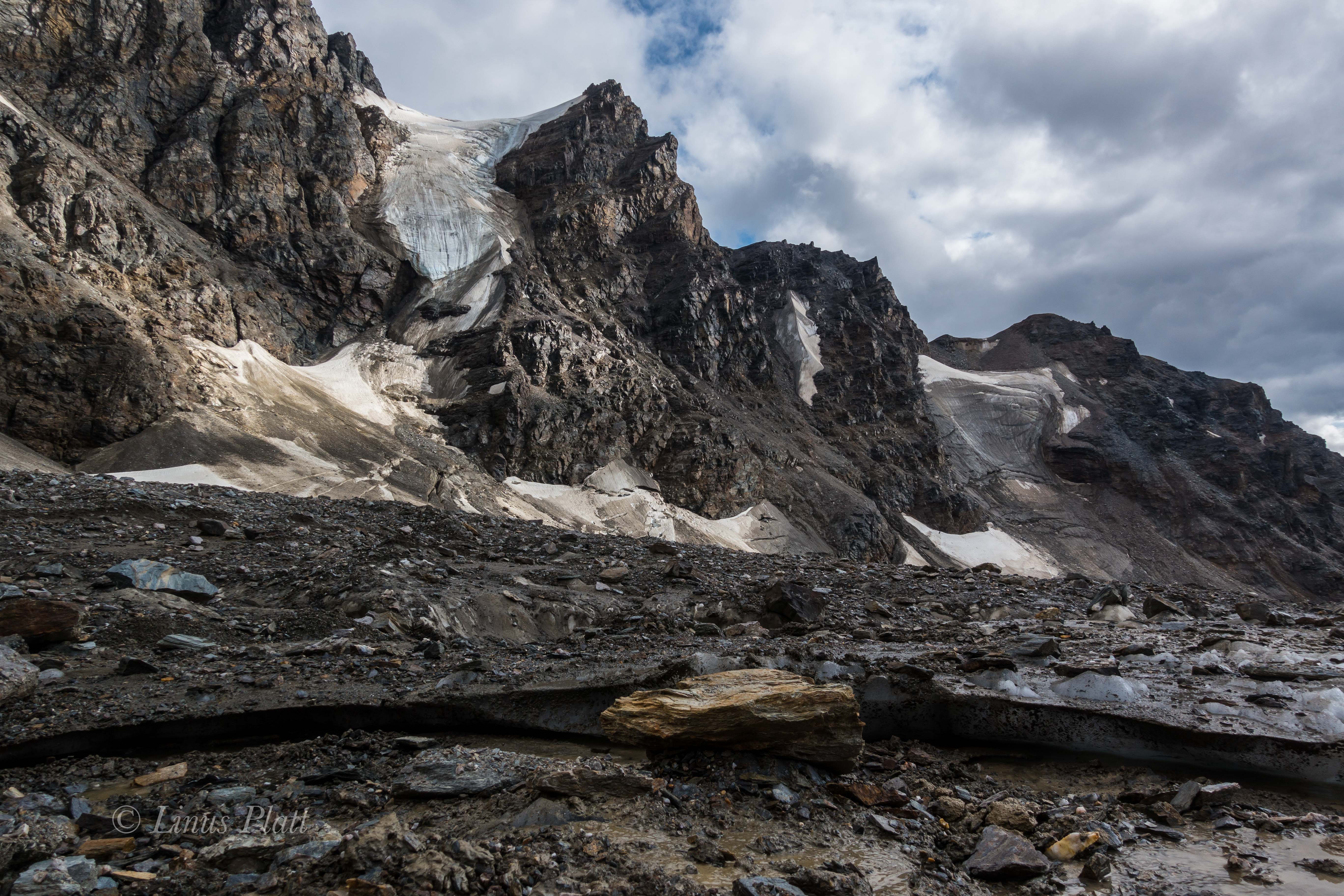
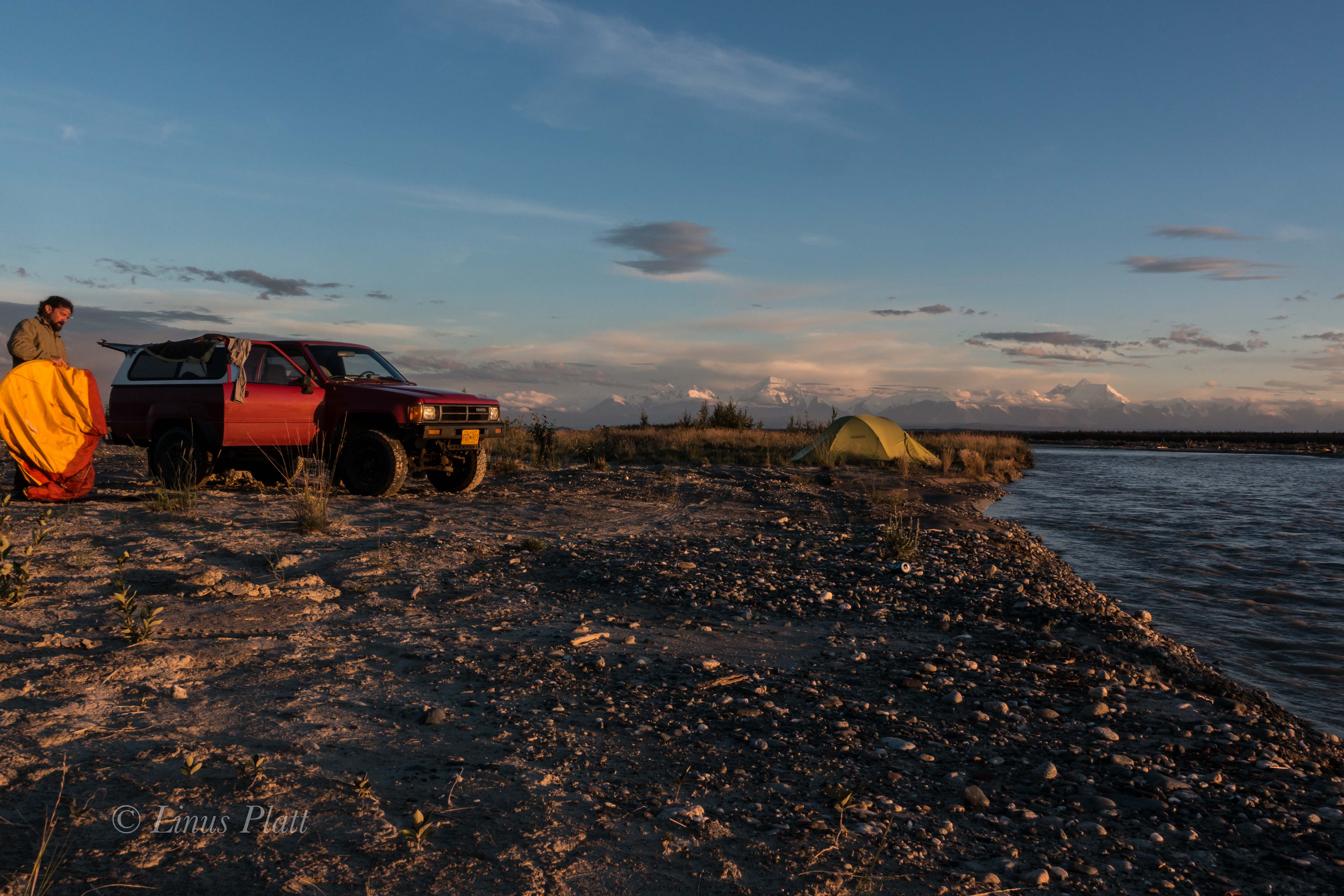



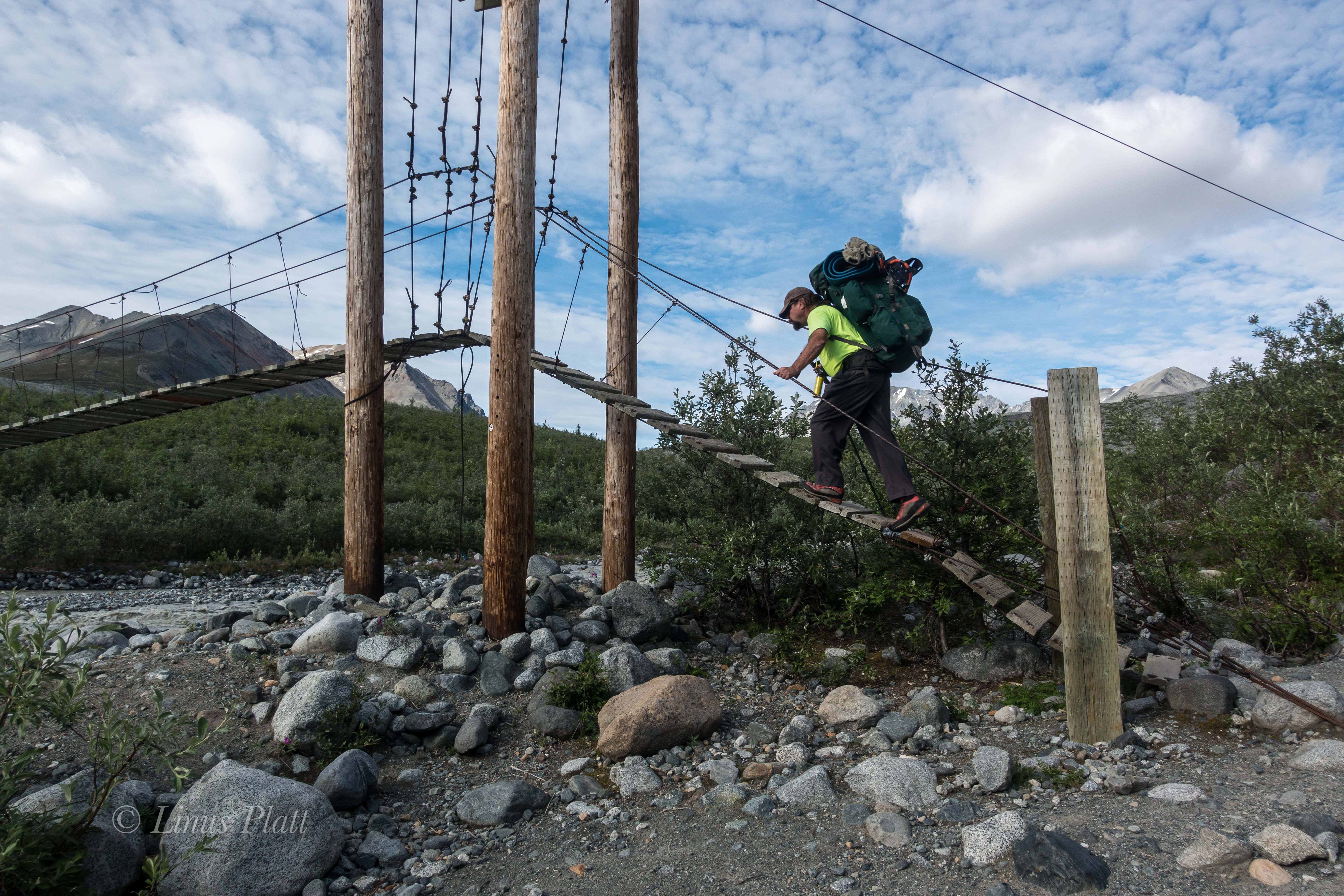
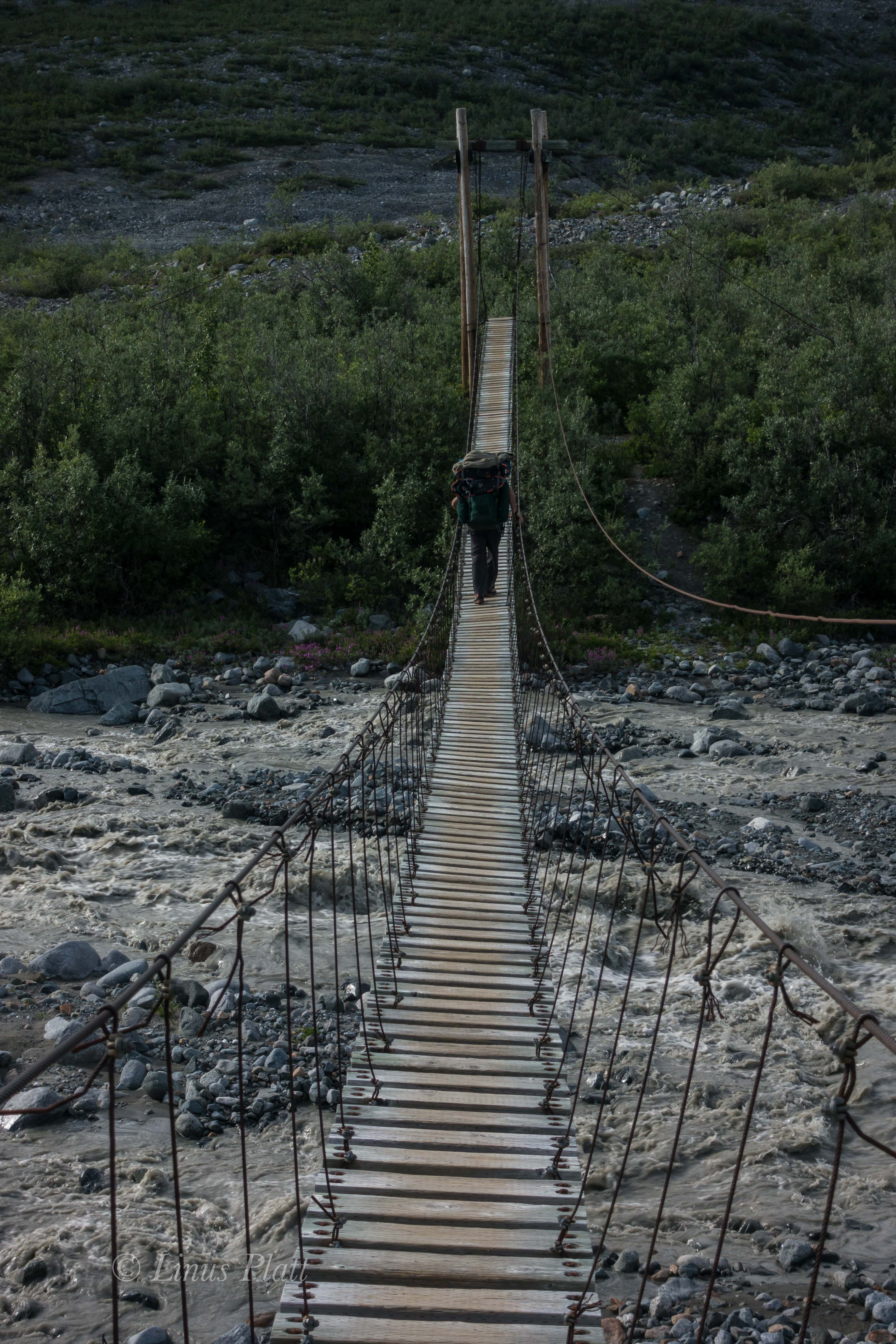
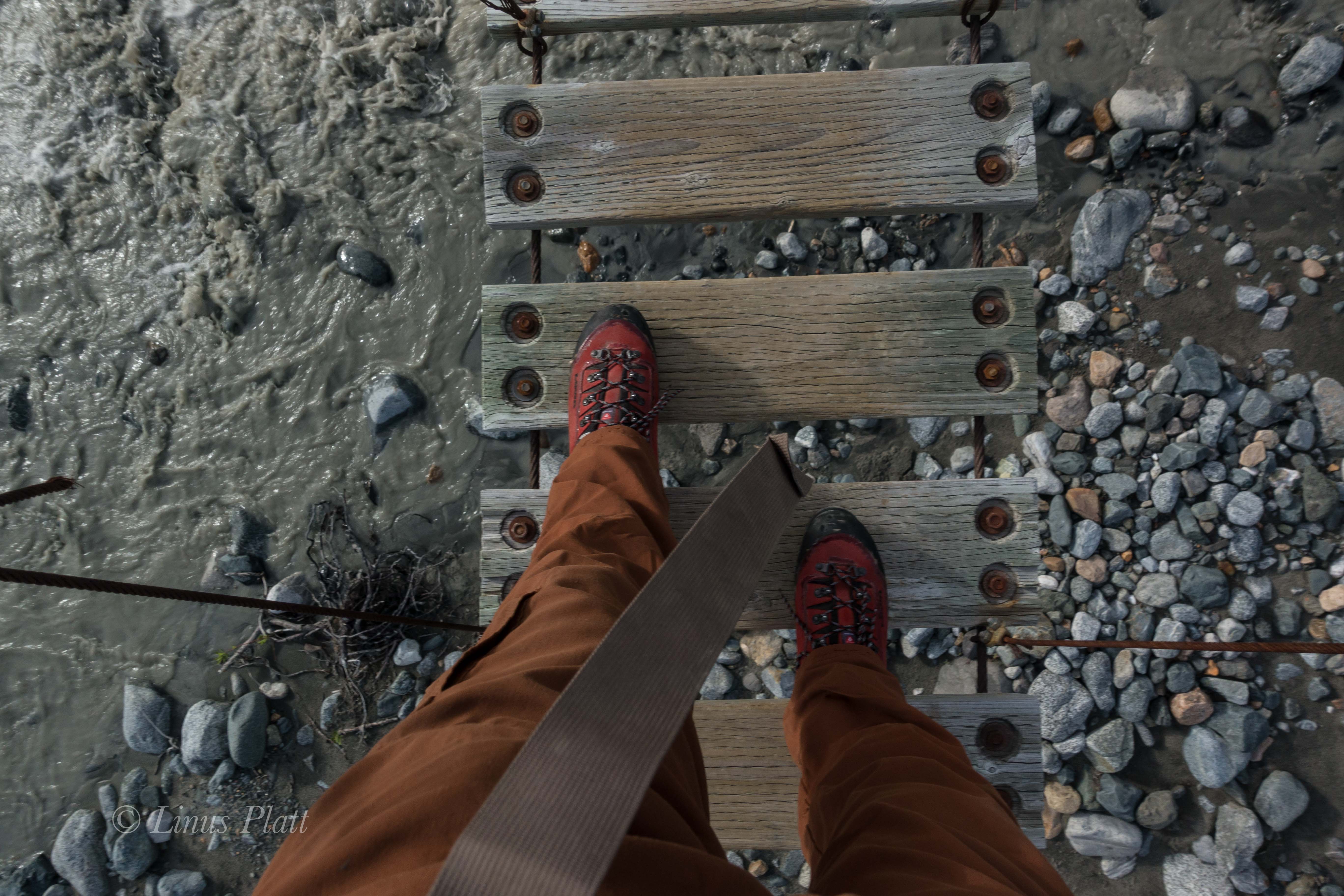


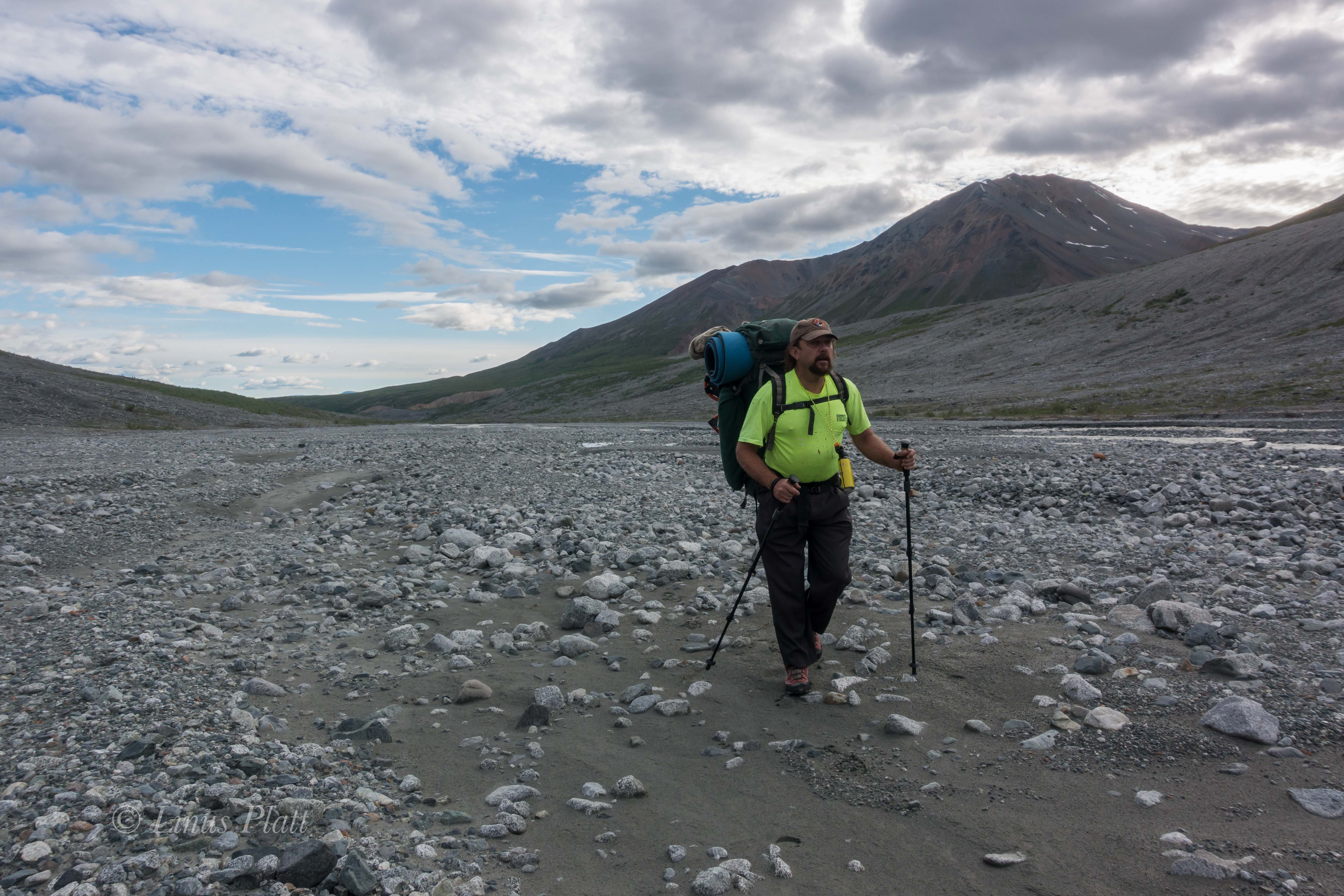








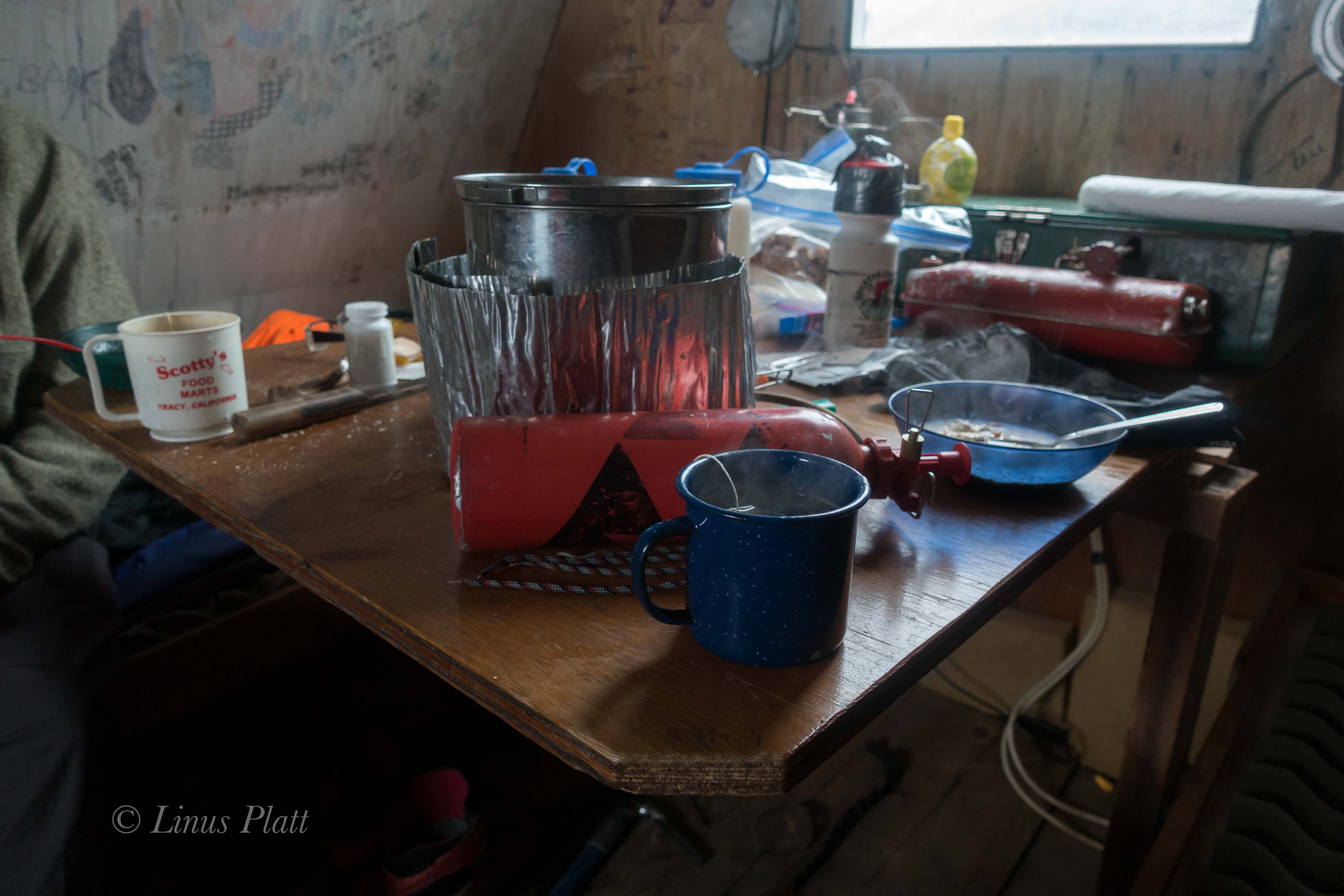








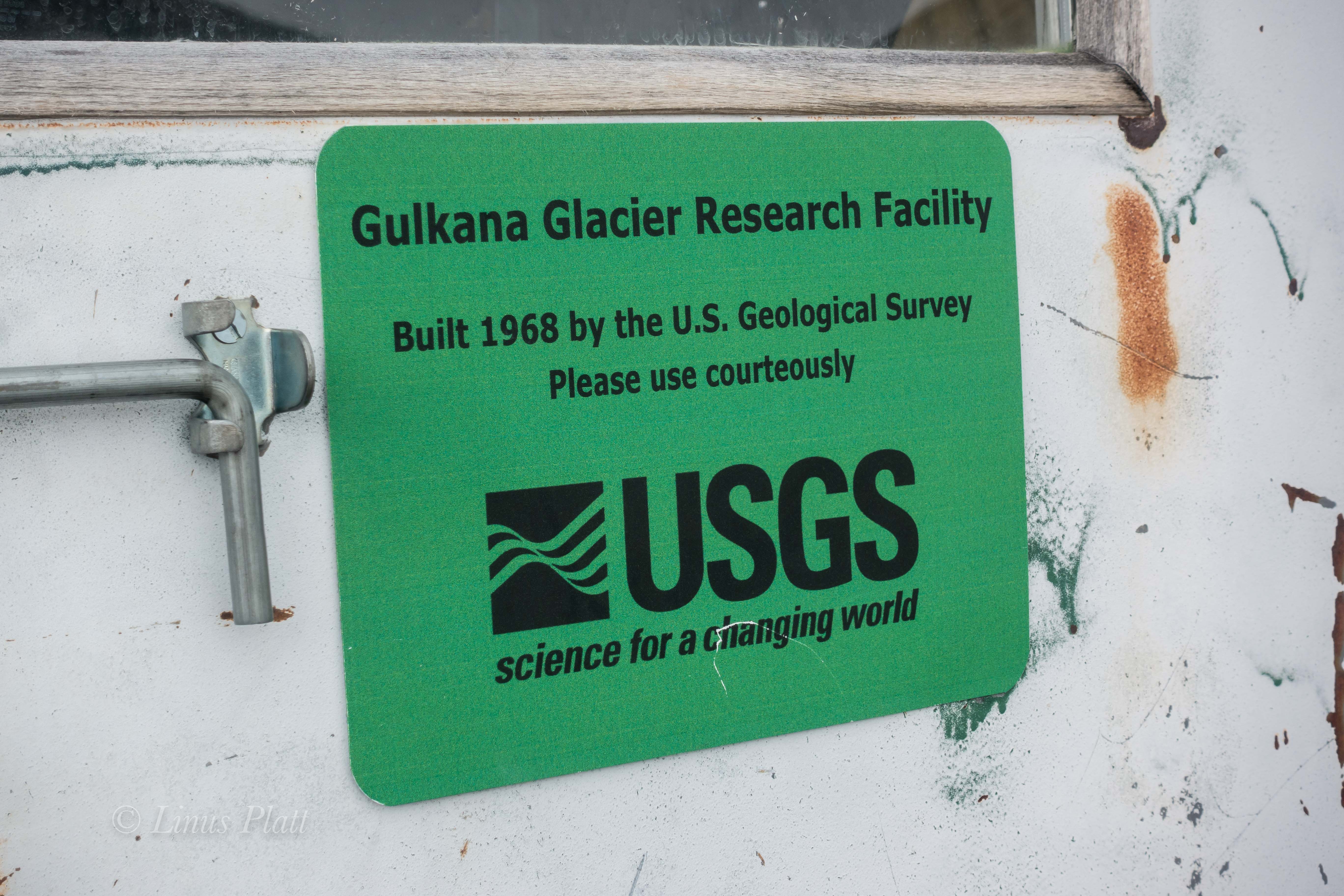


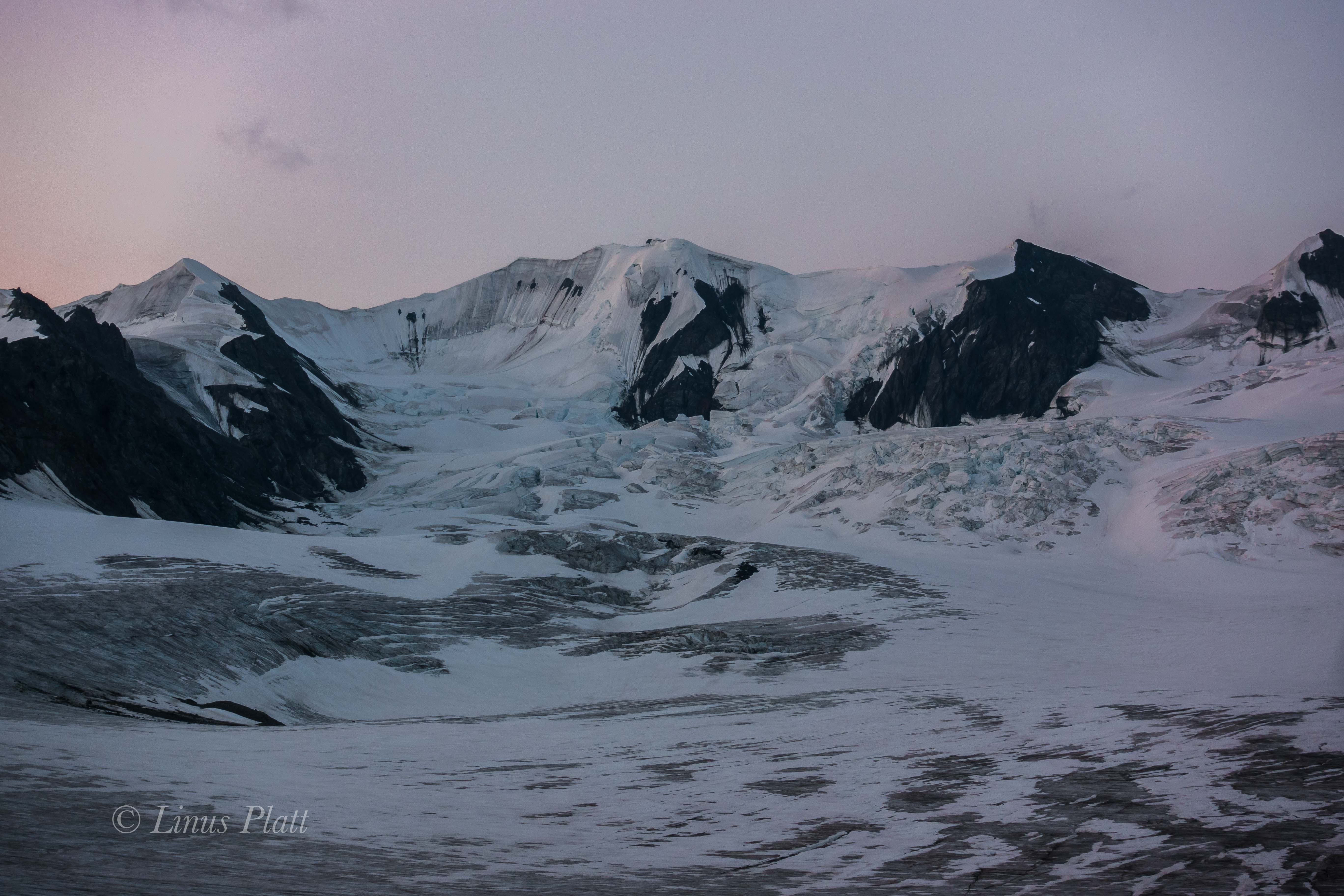










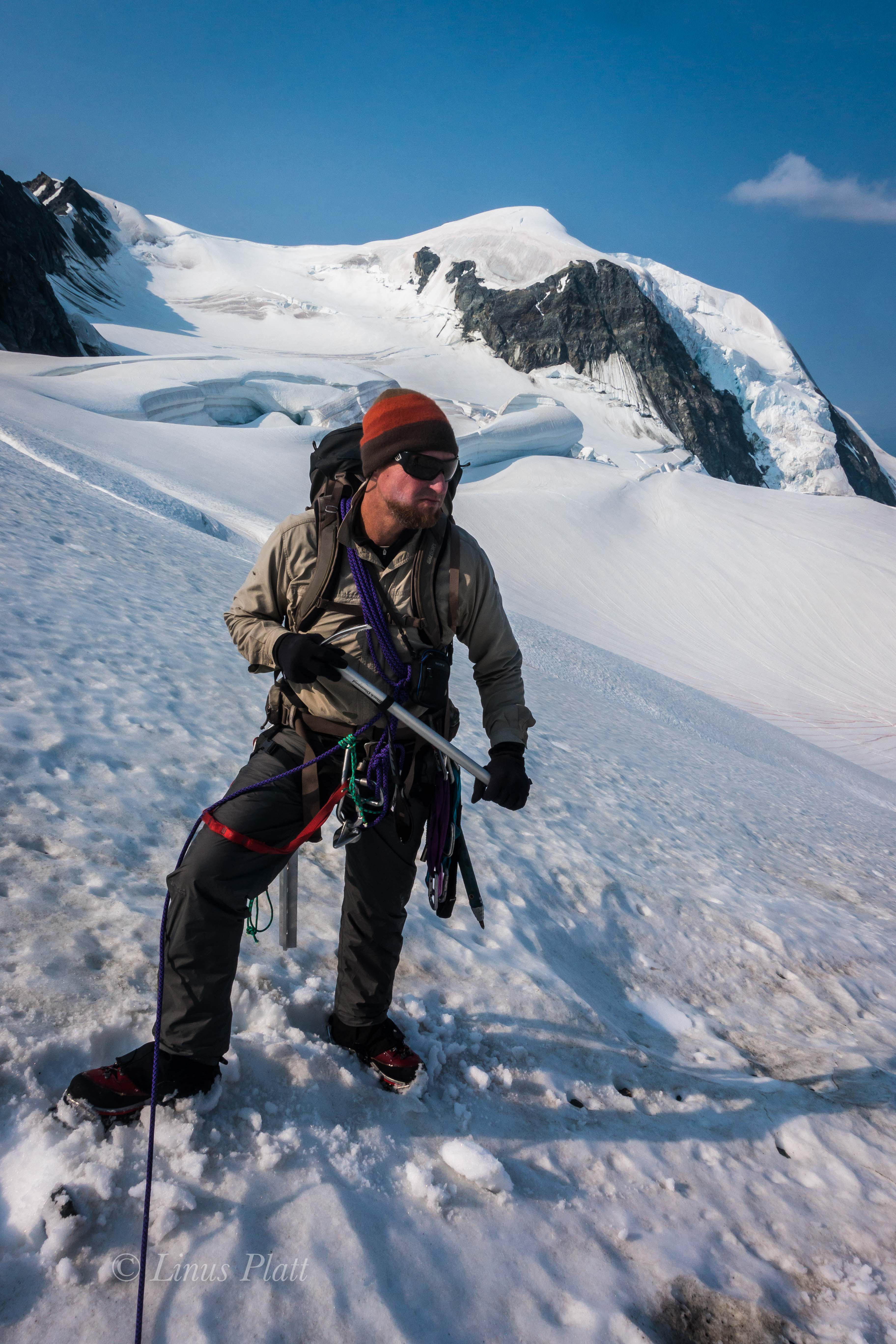




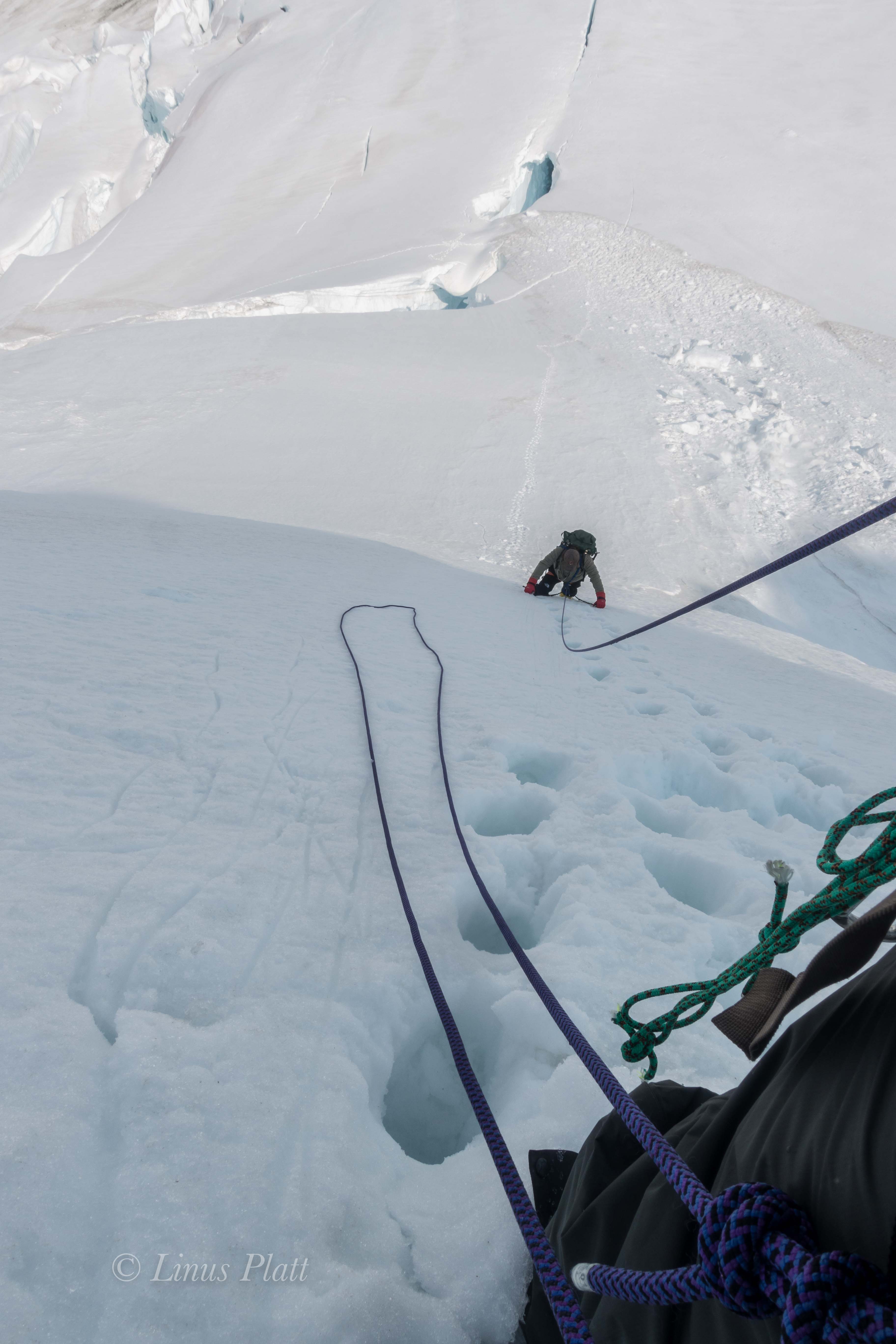



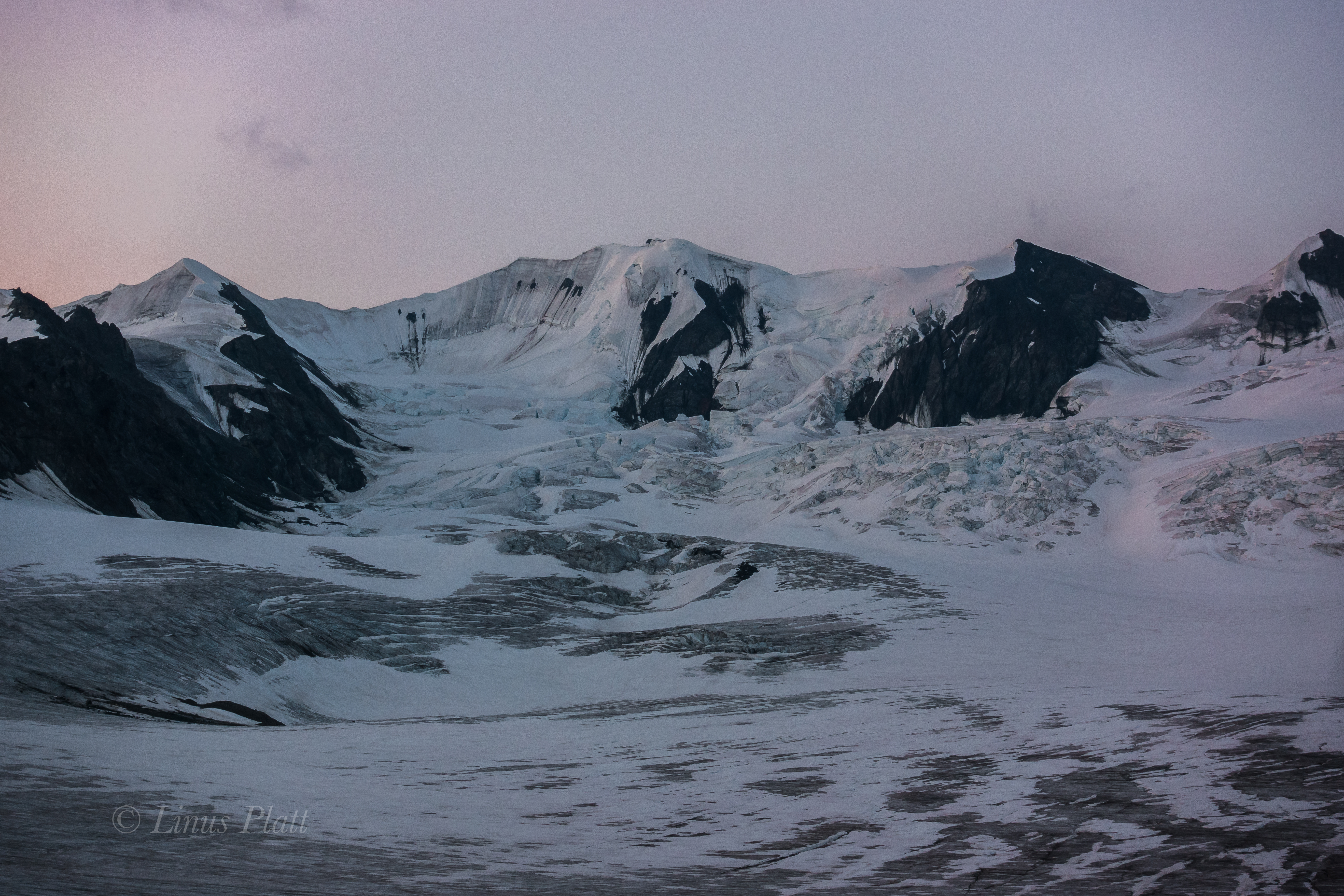




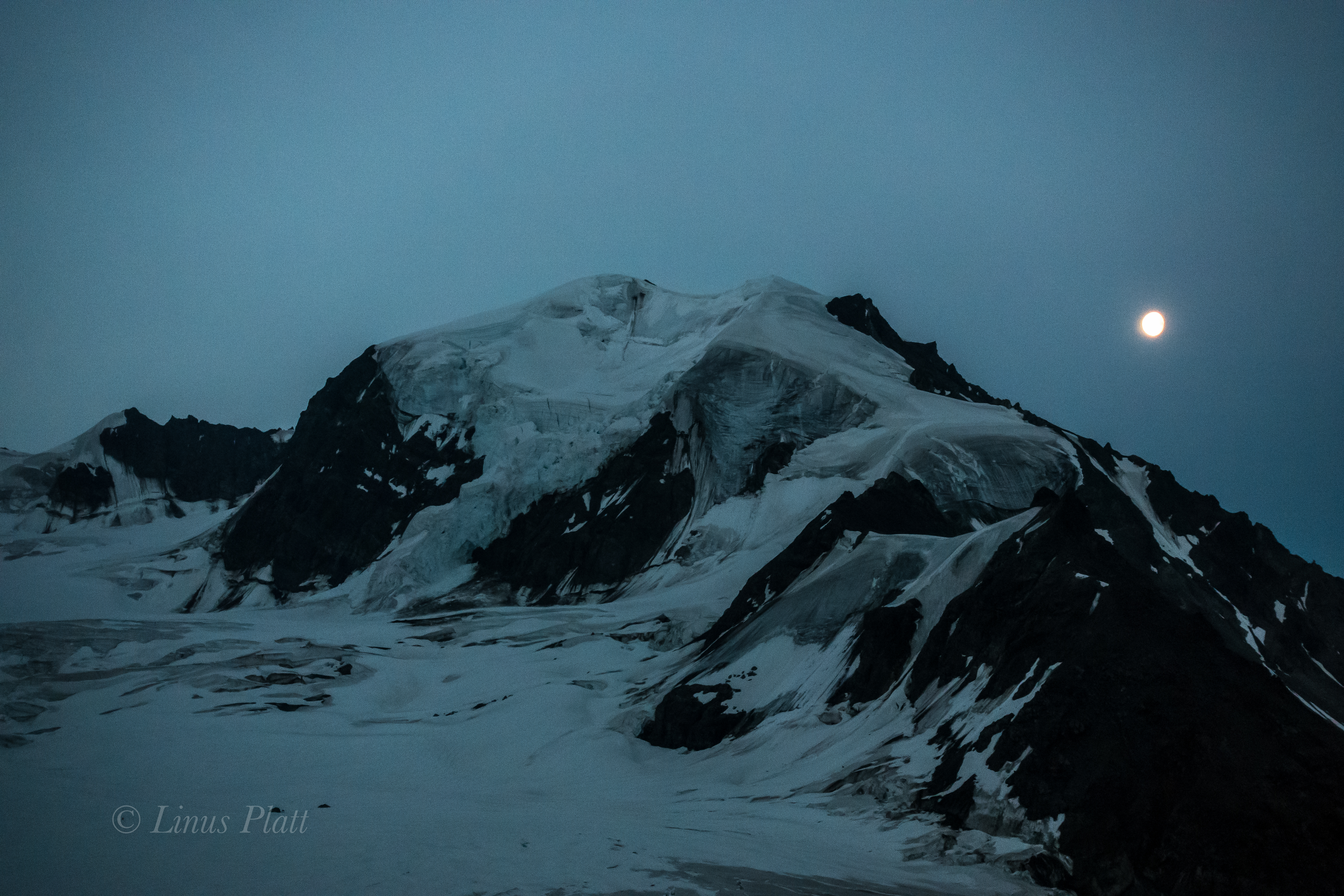


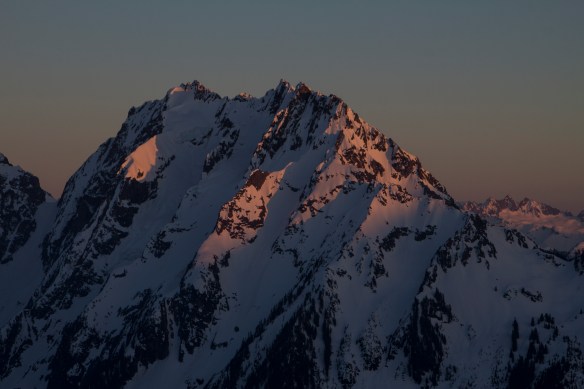

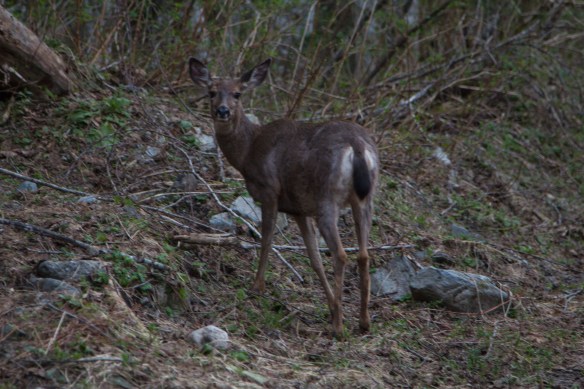








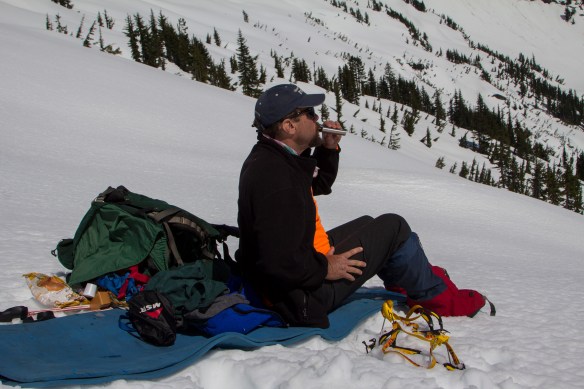




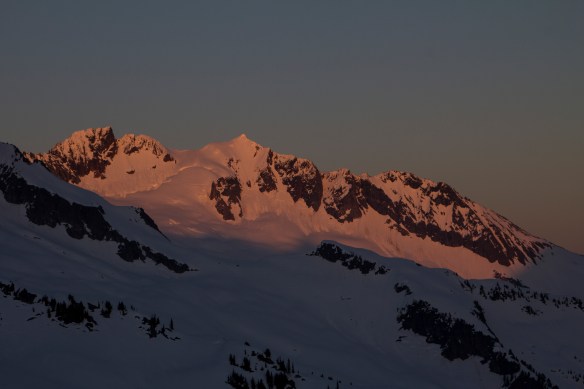
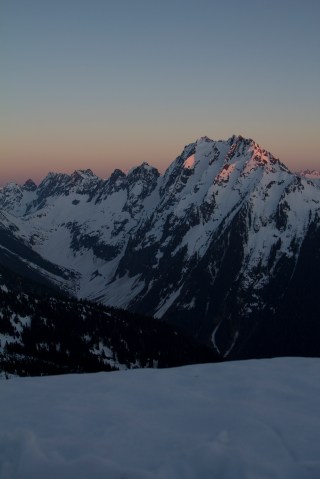
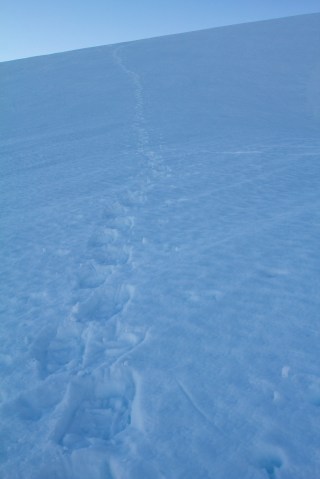
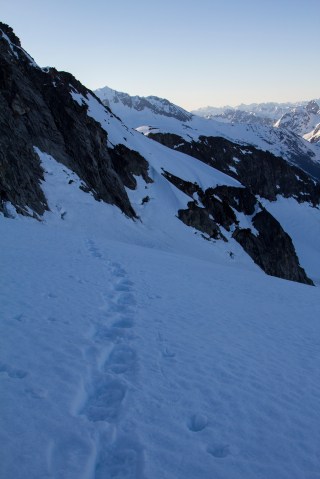


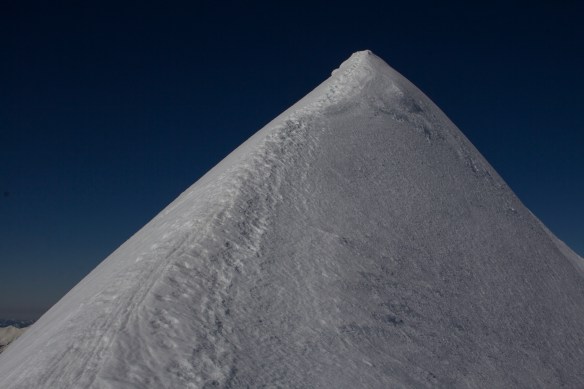


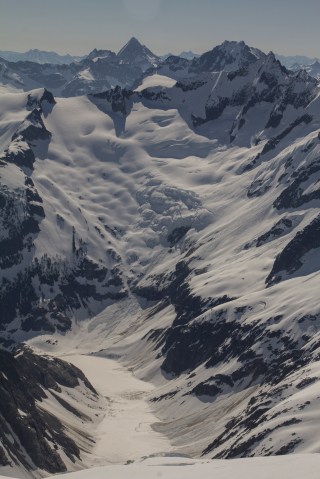

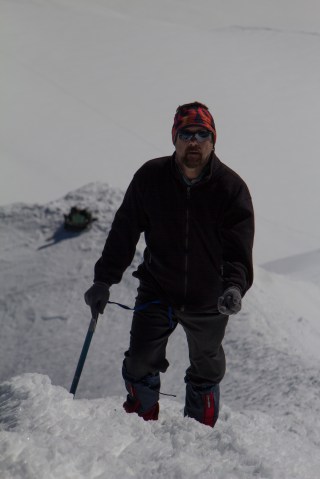
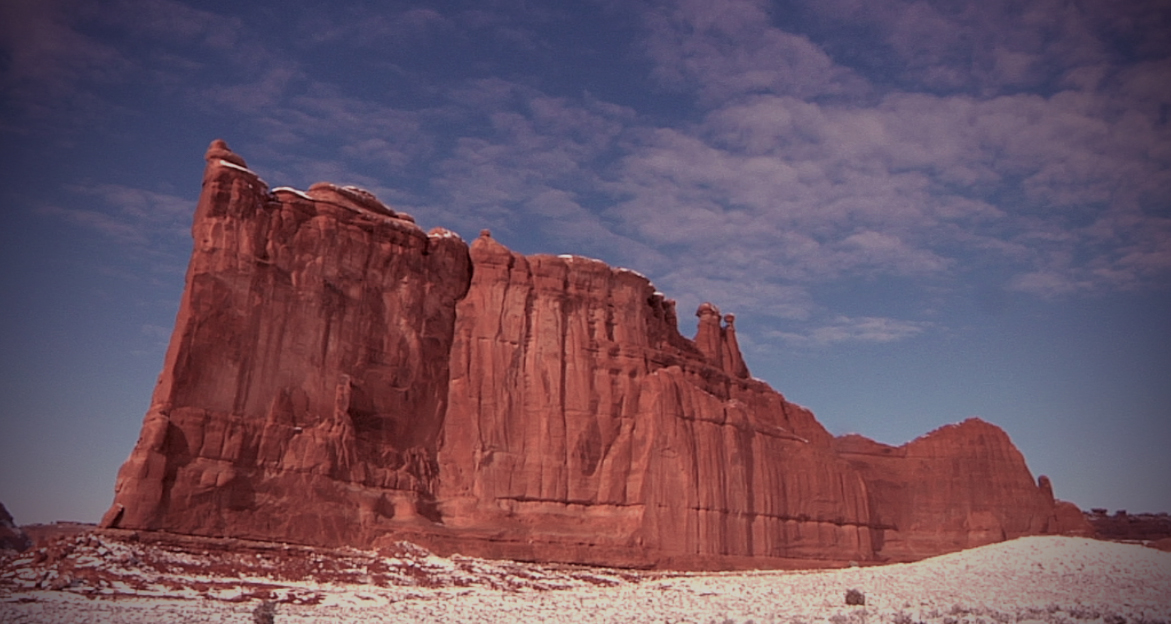
You must be logged in to post a comment.